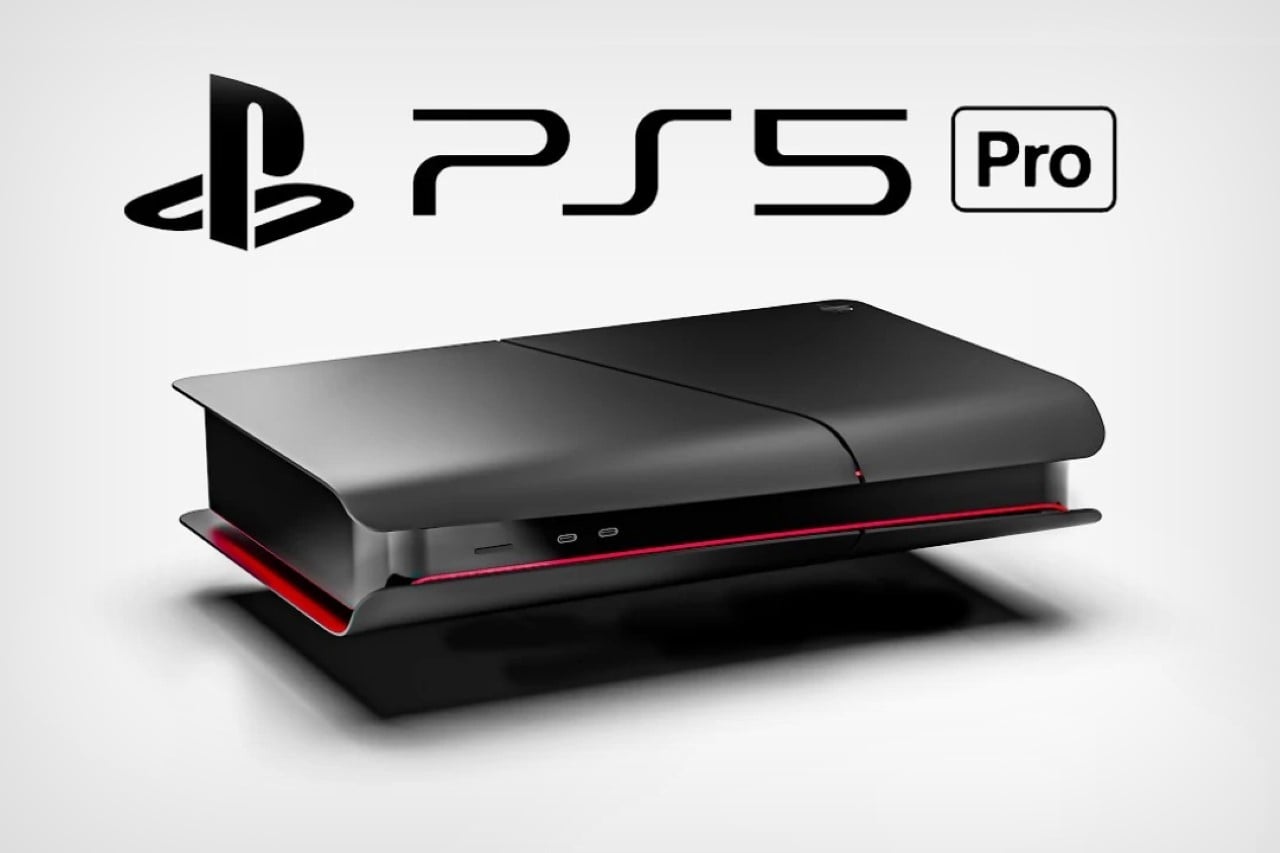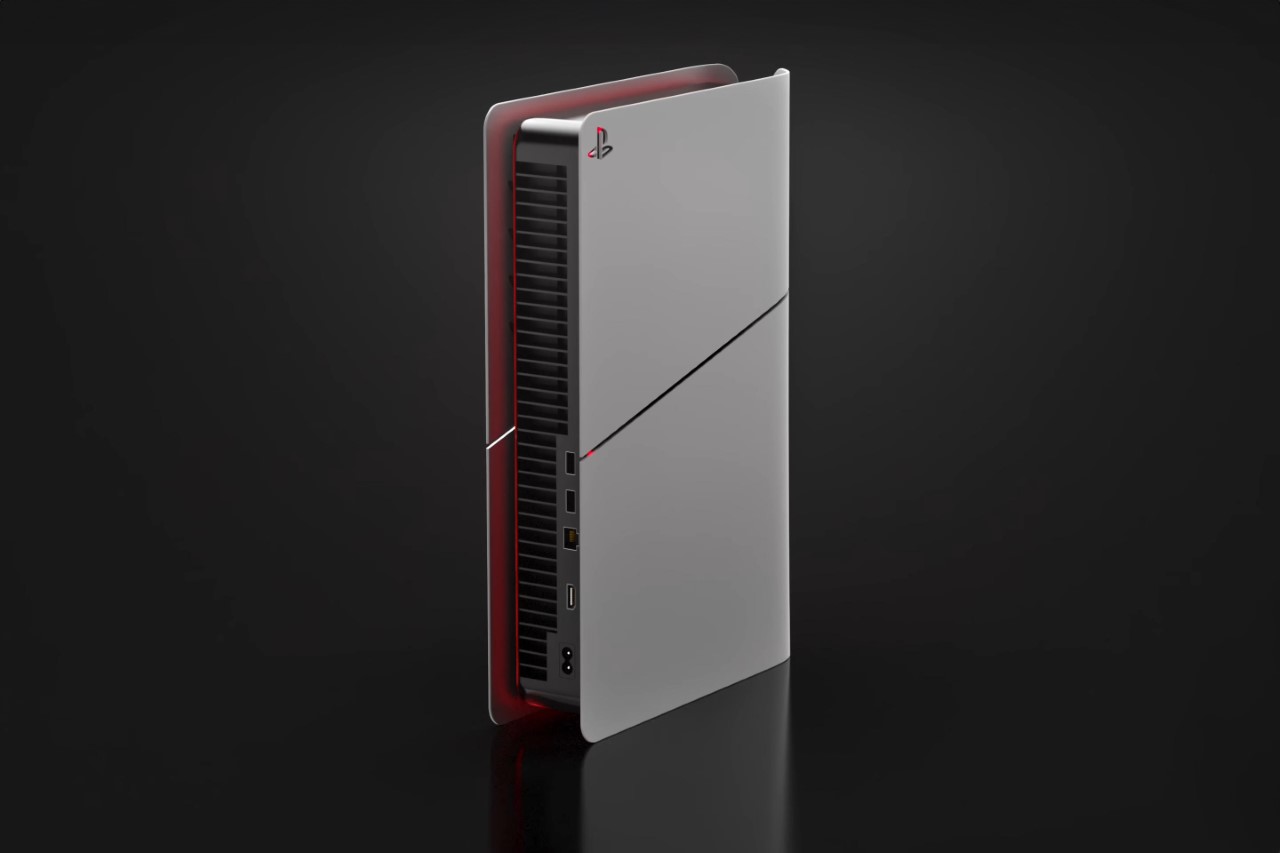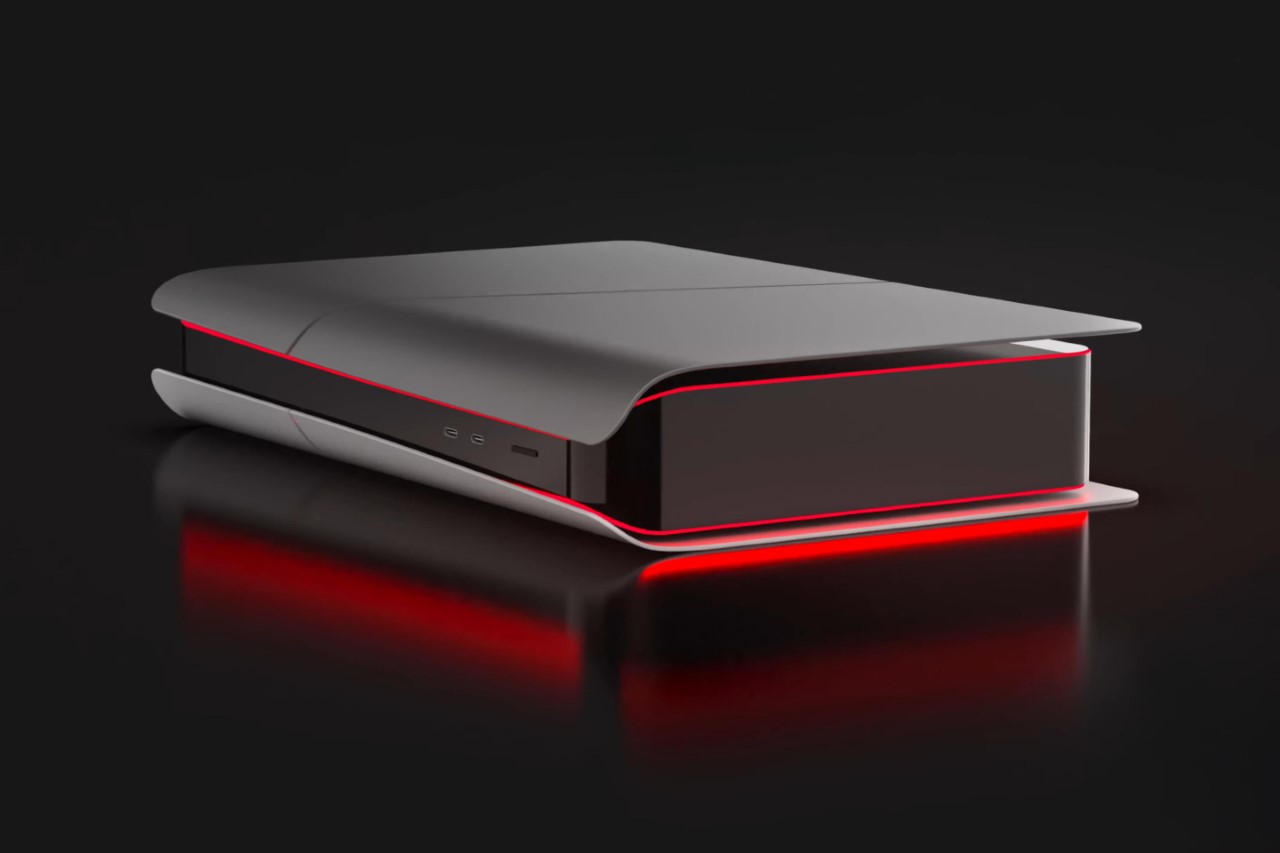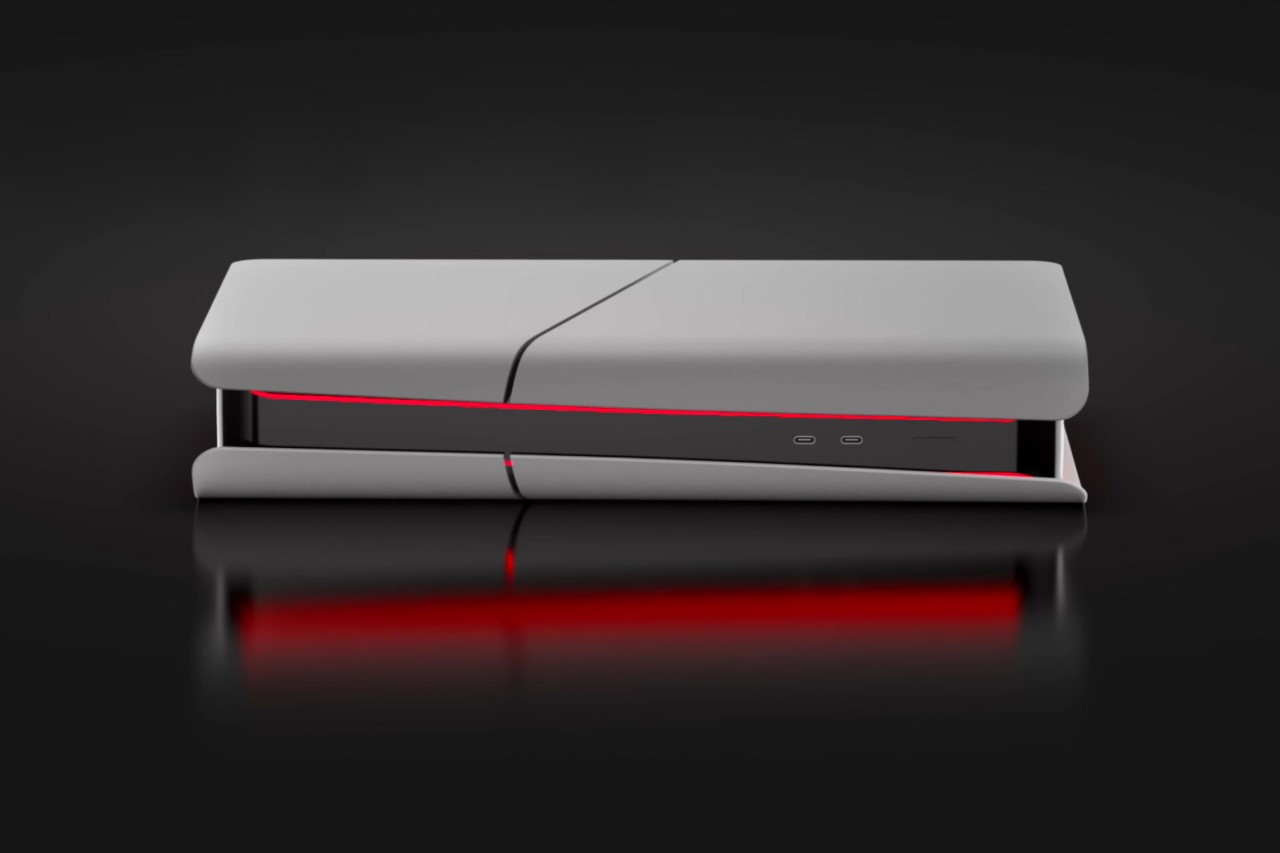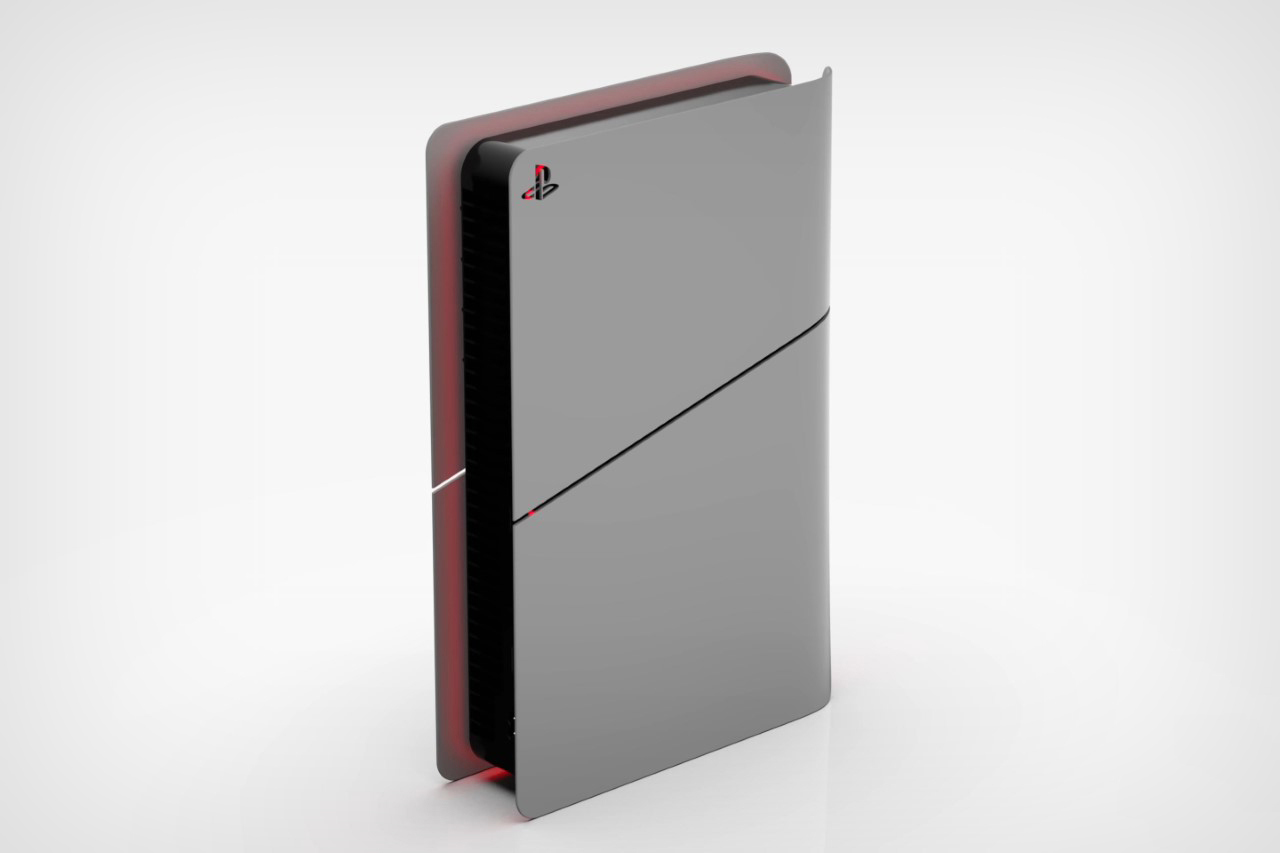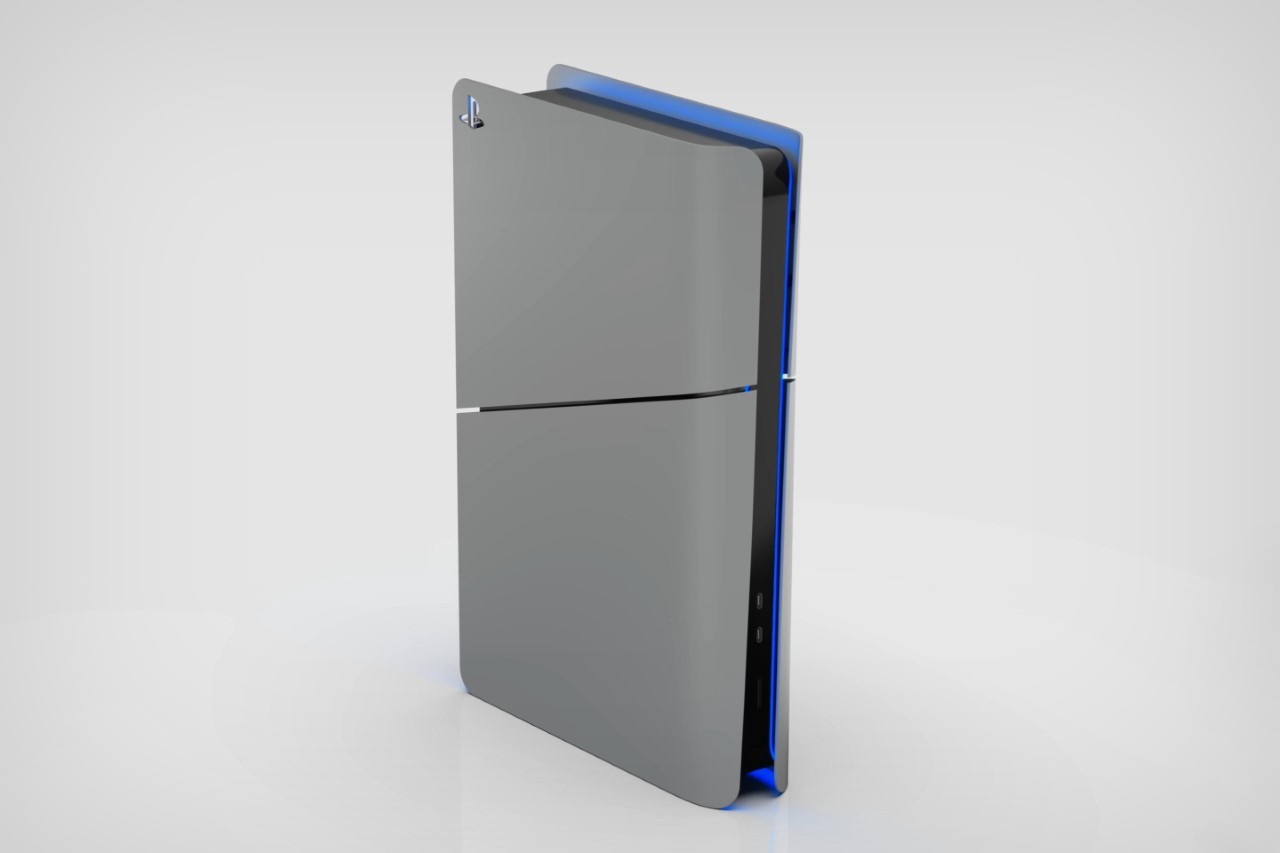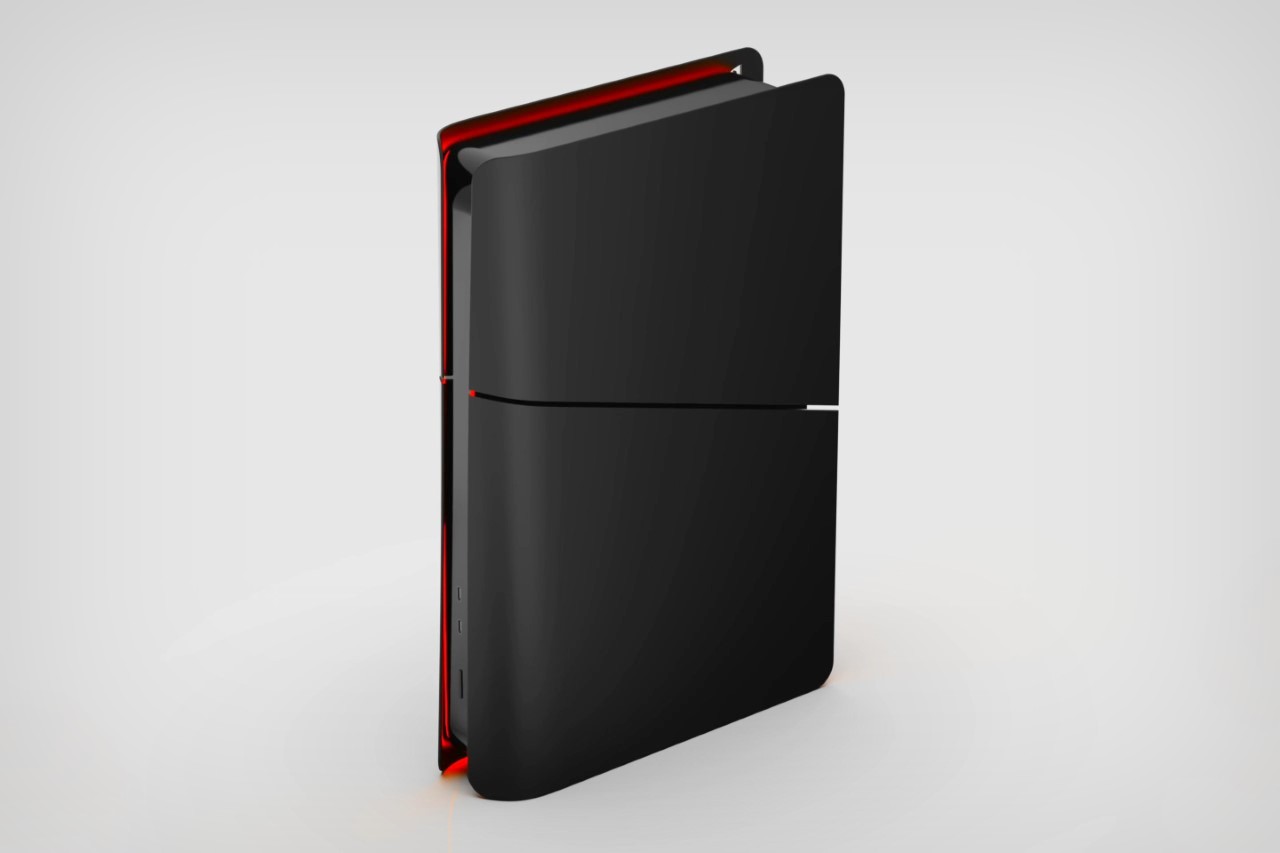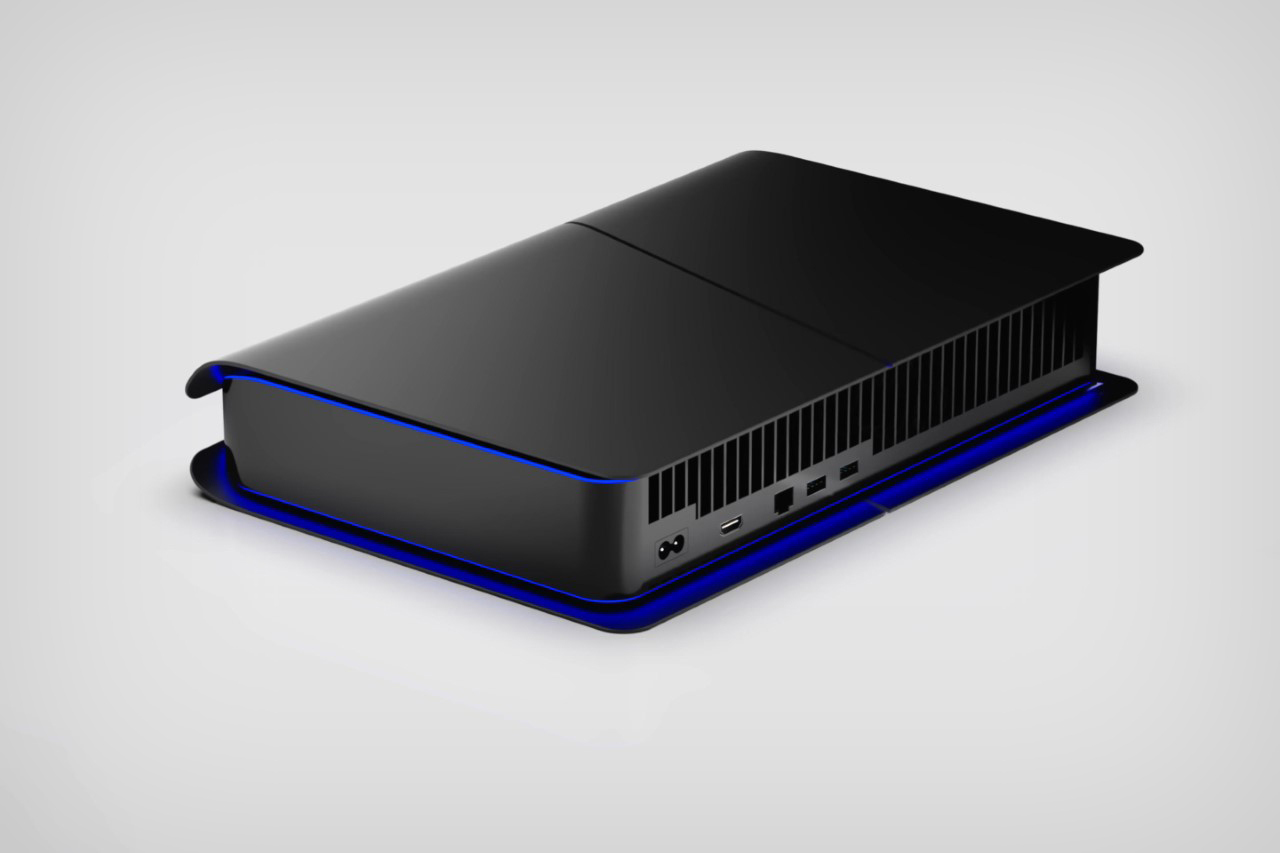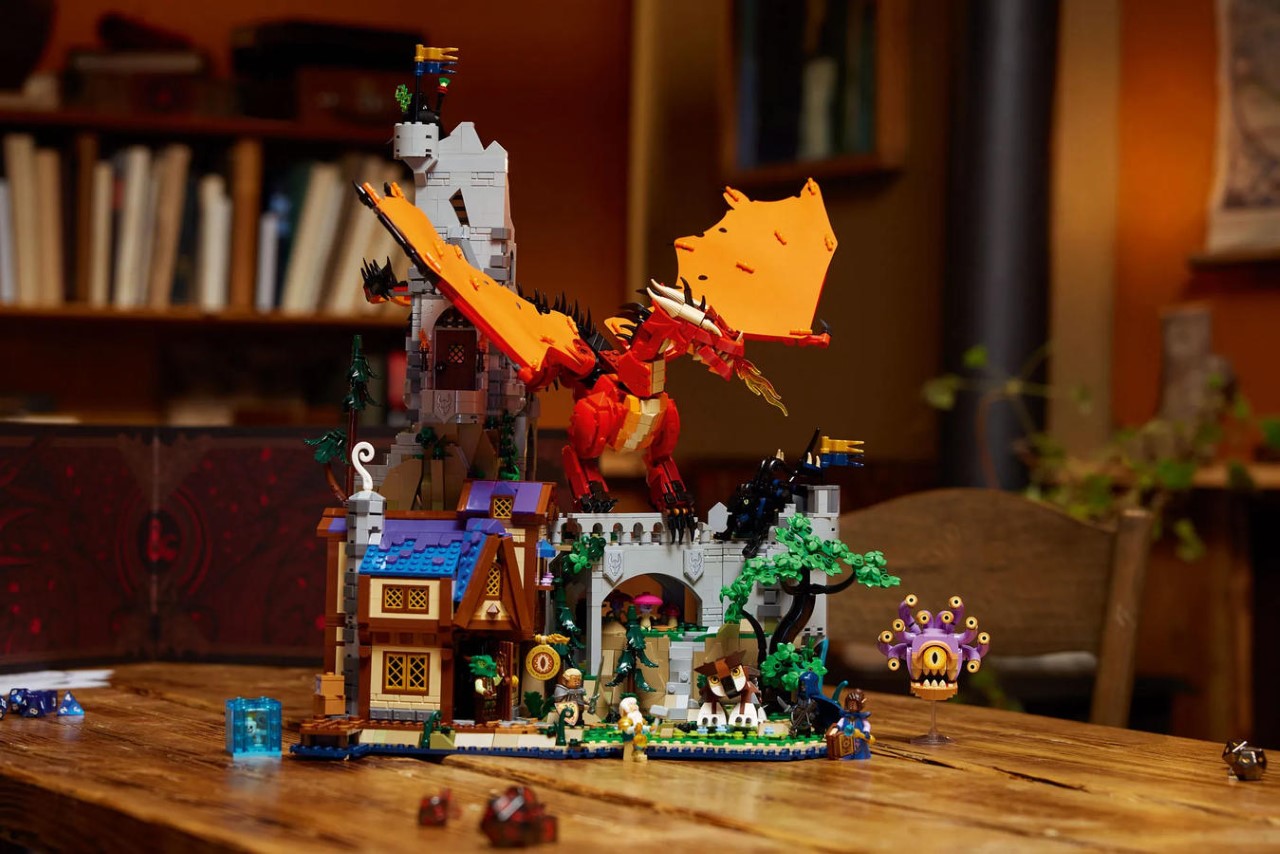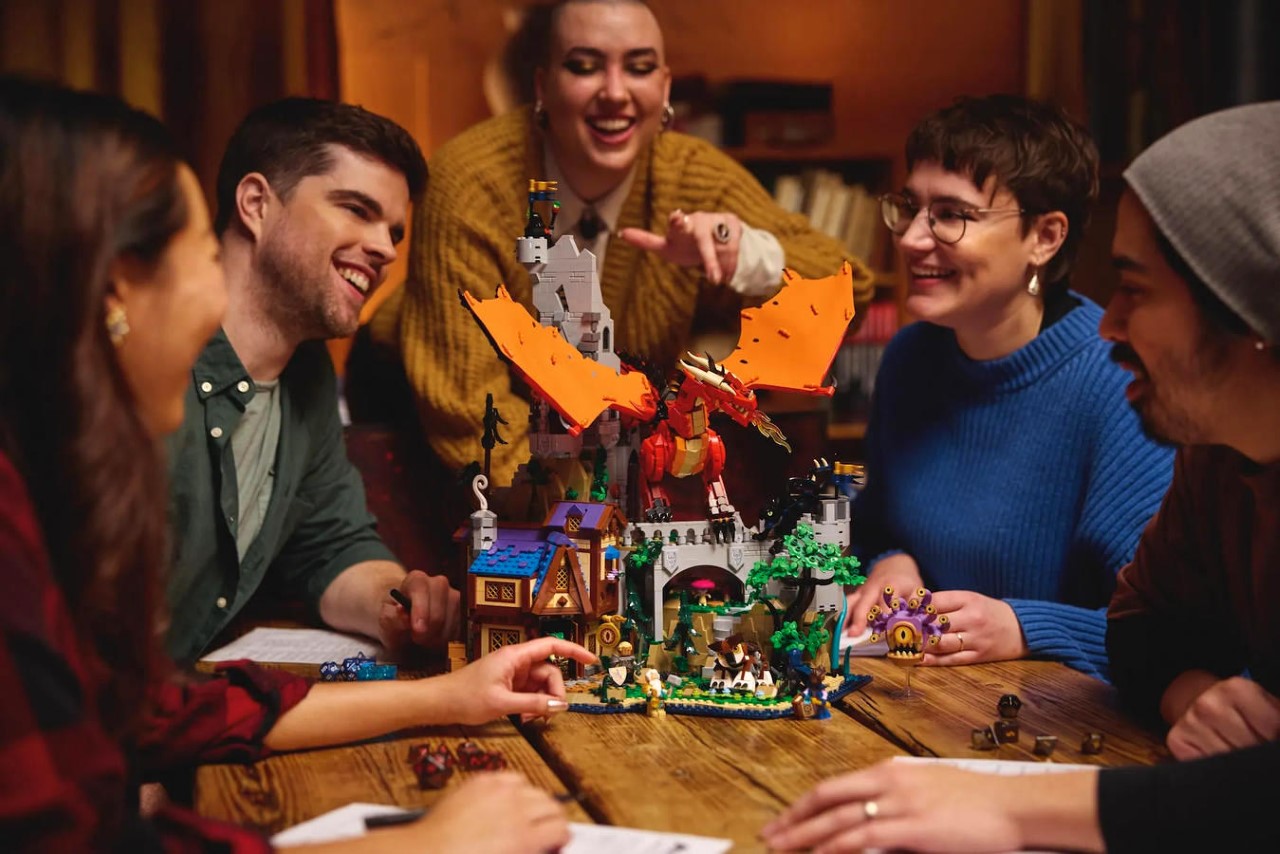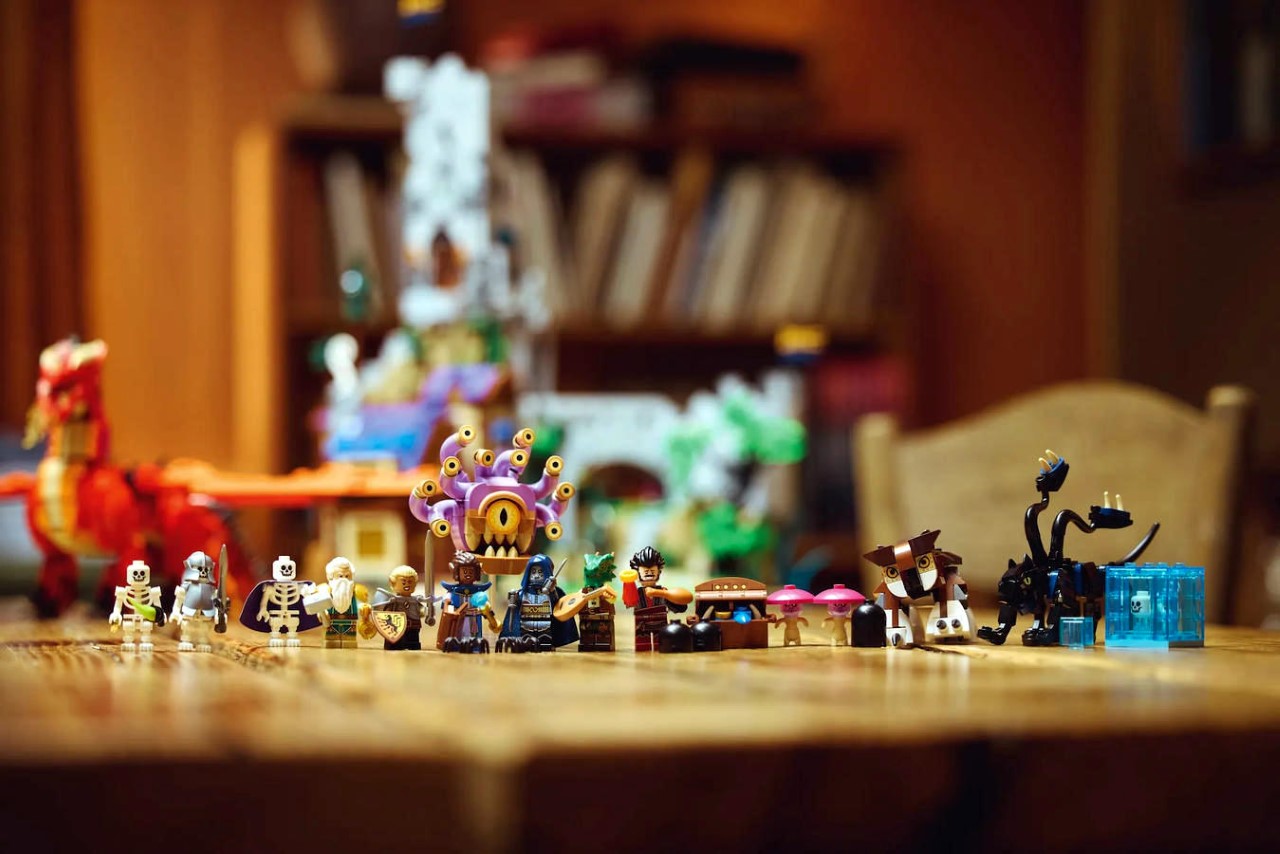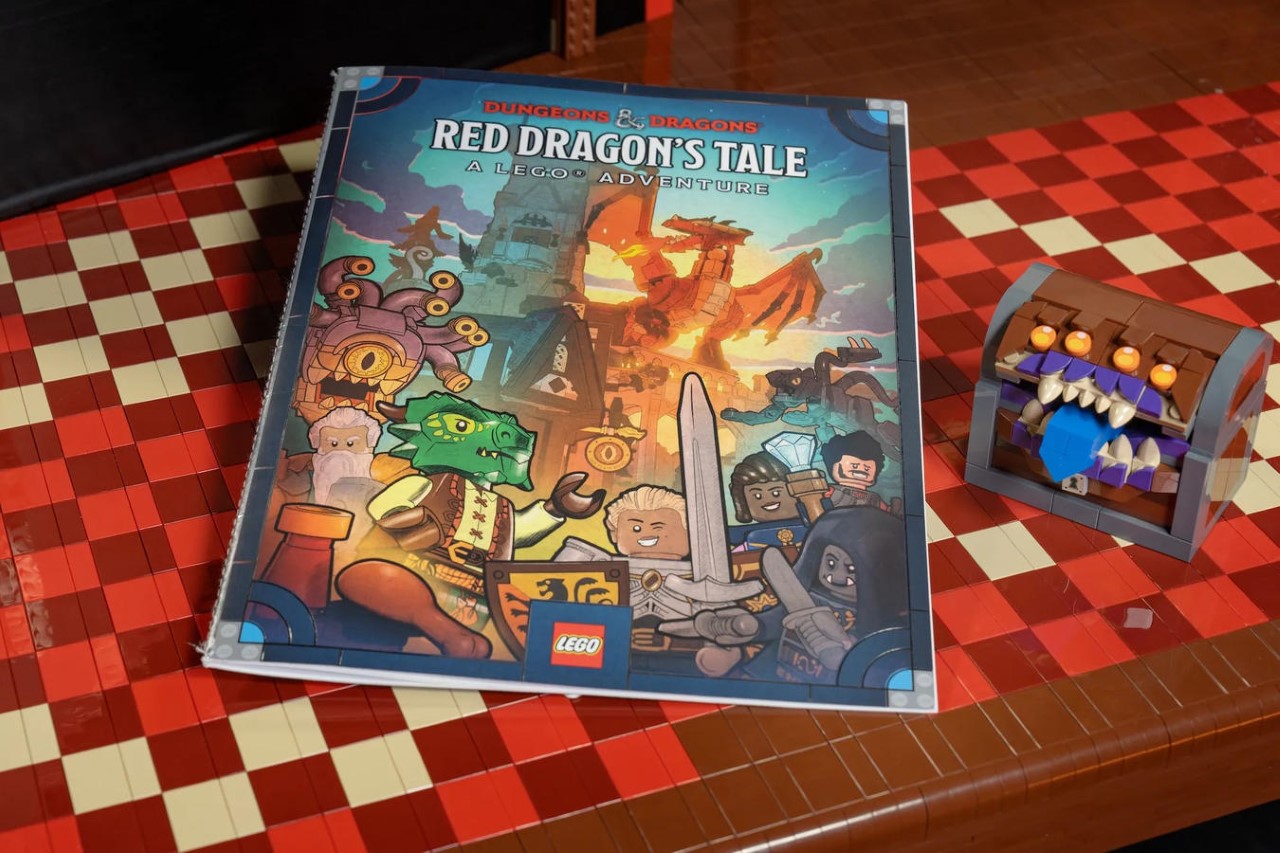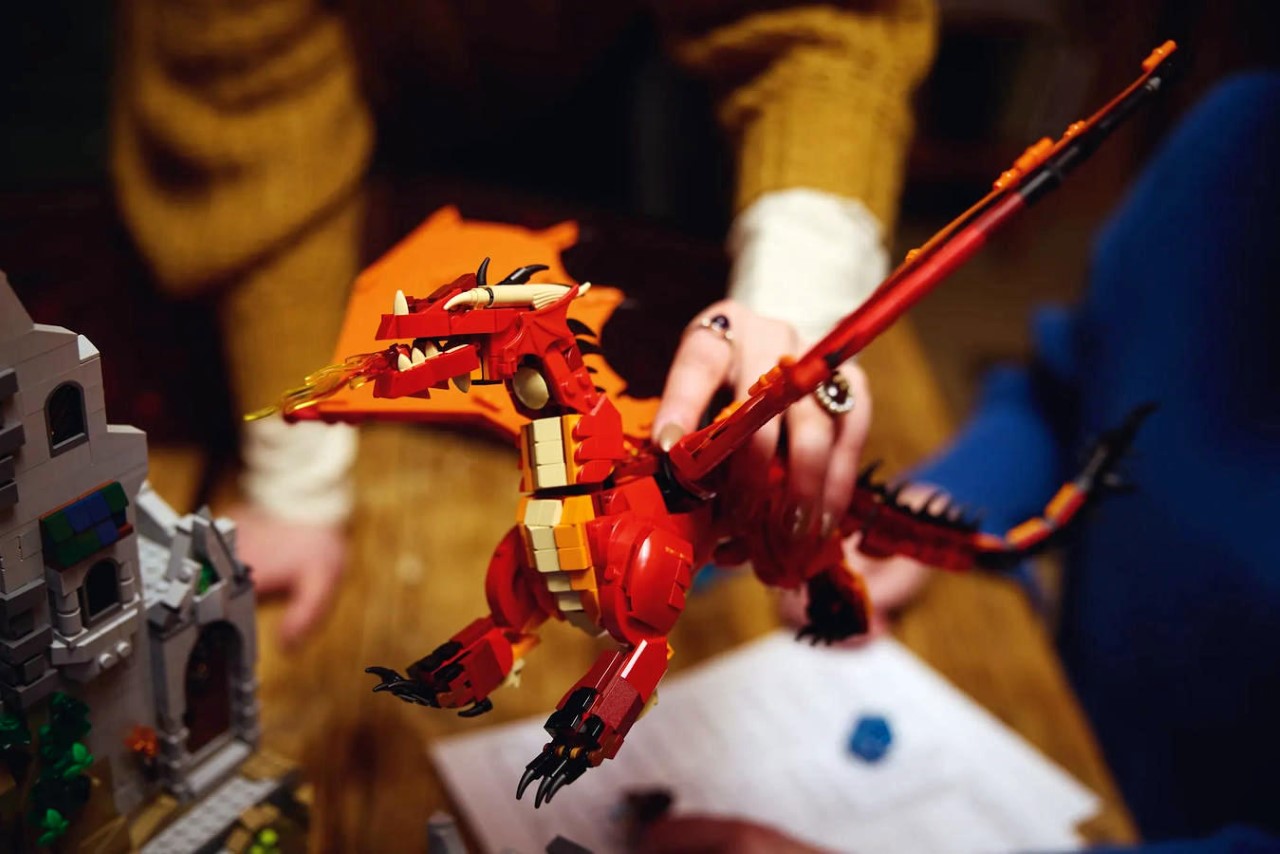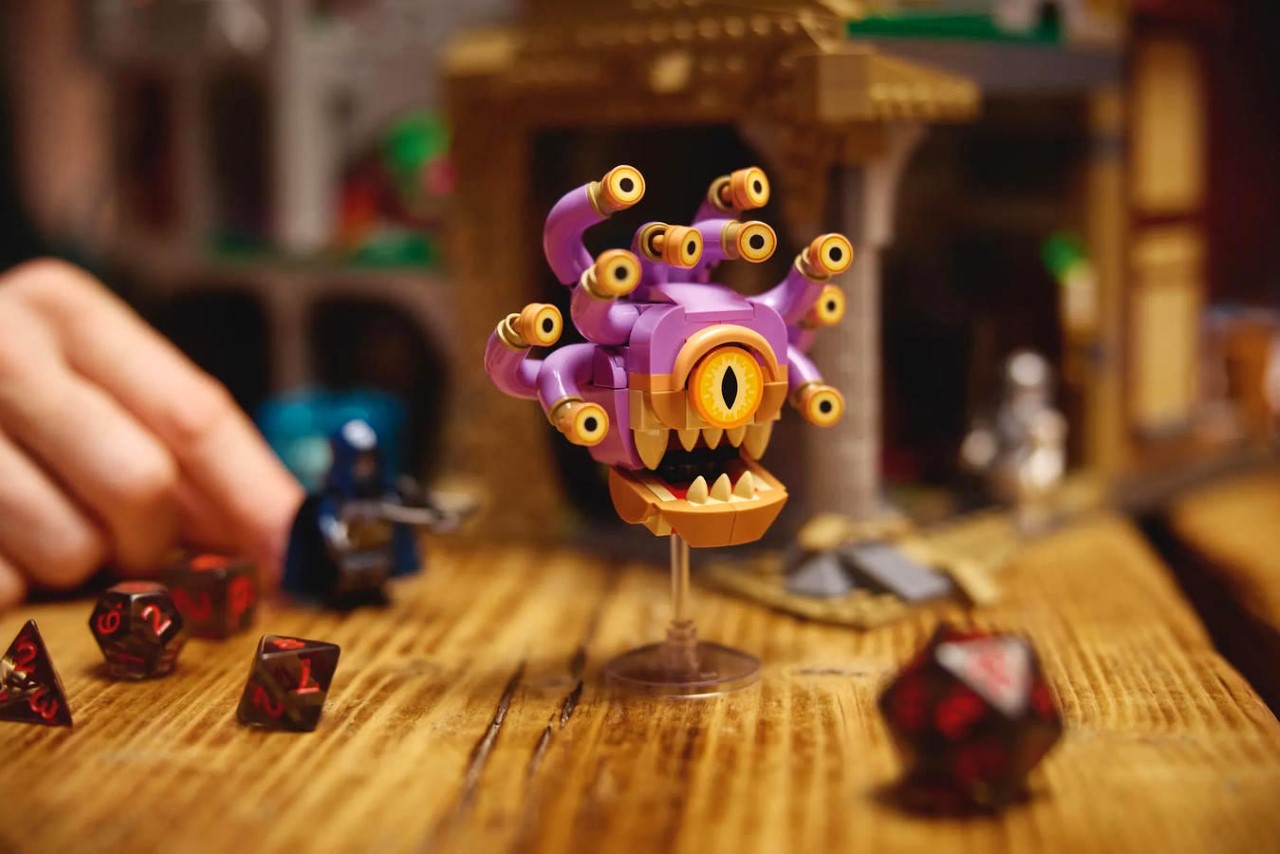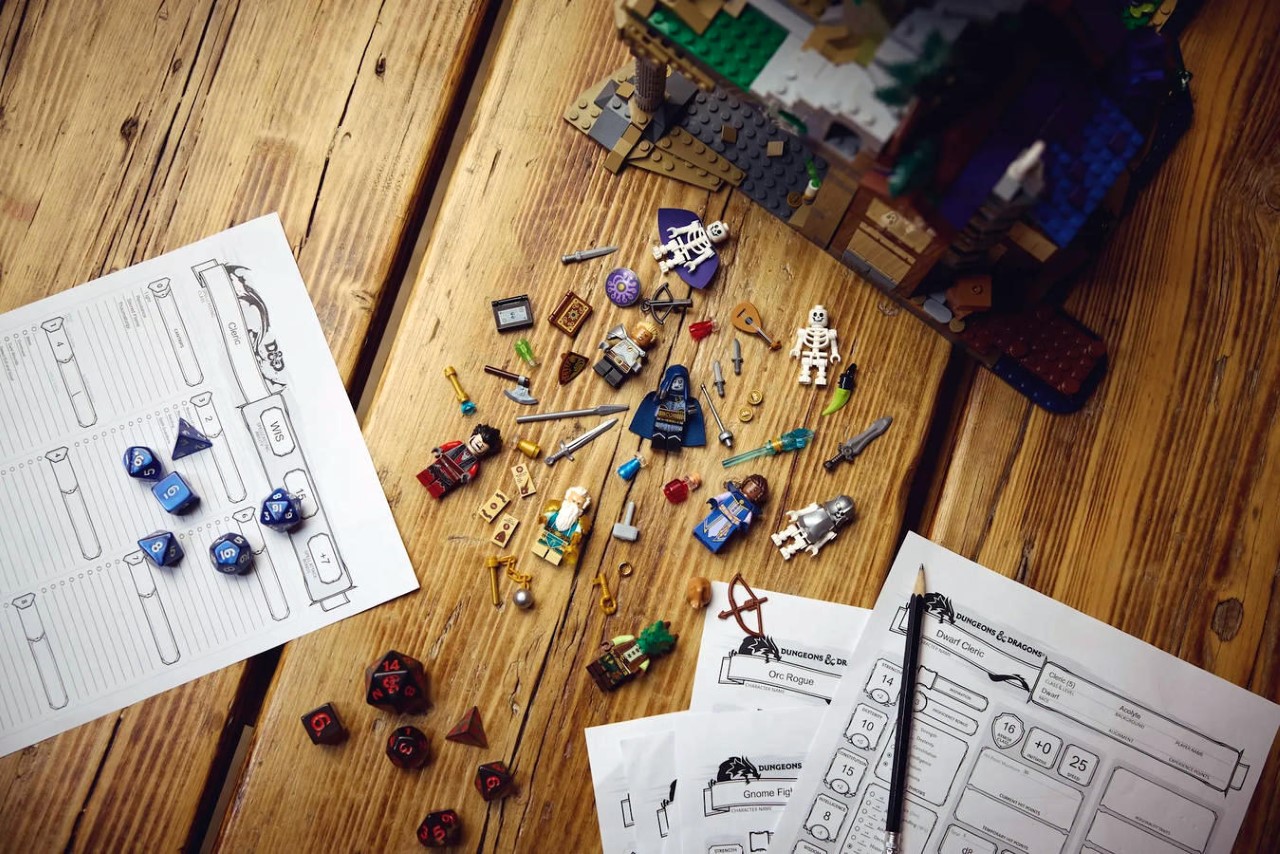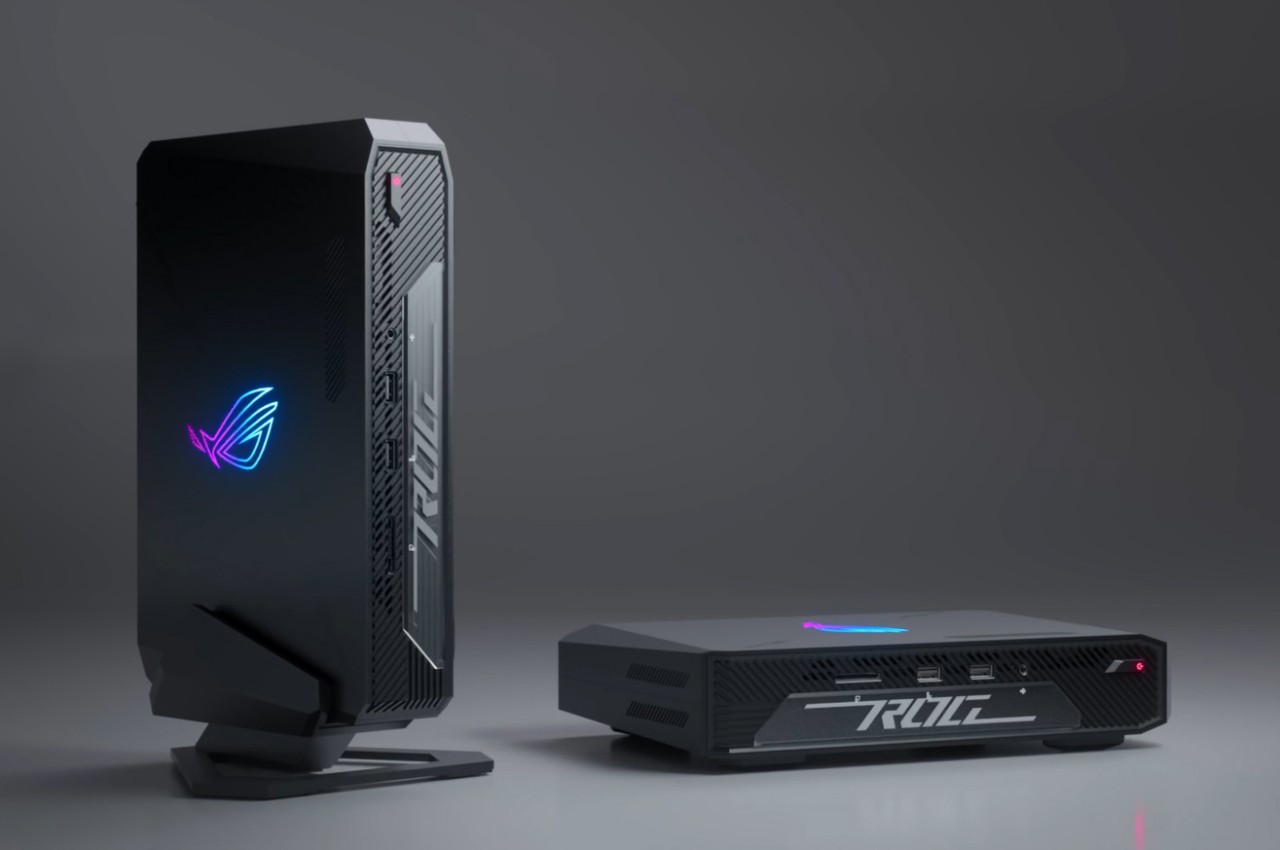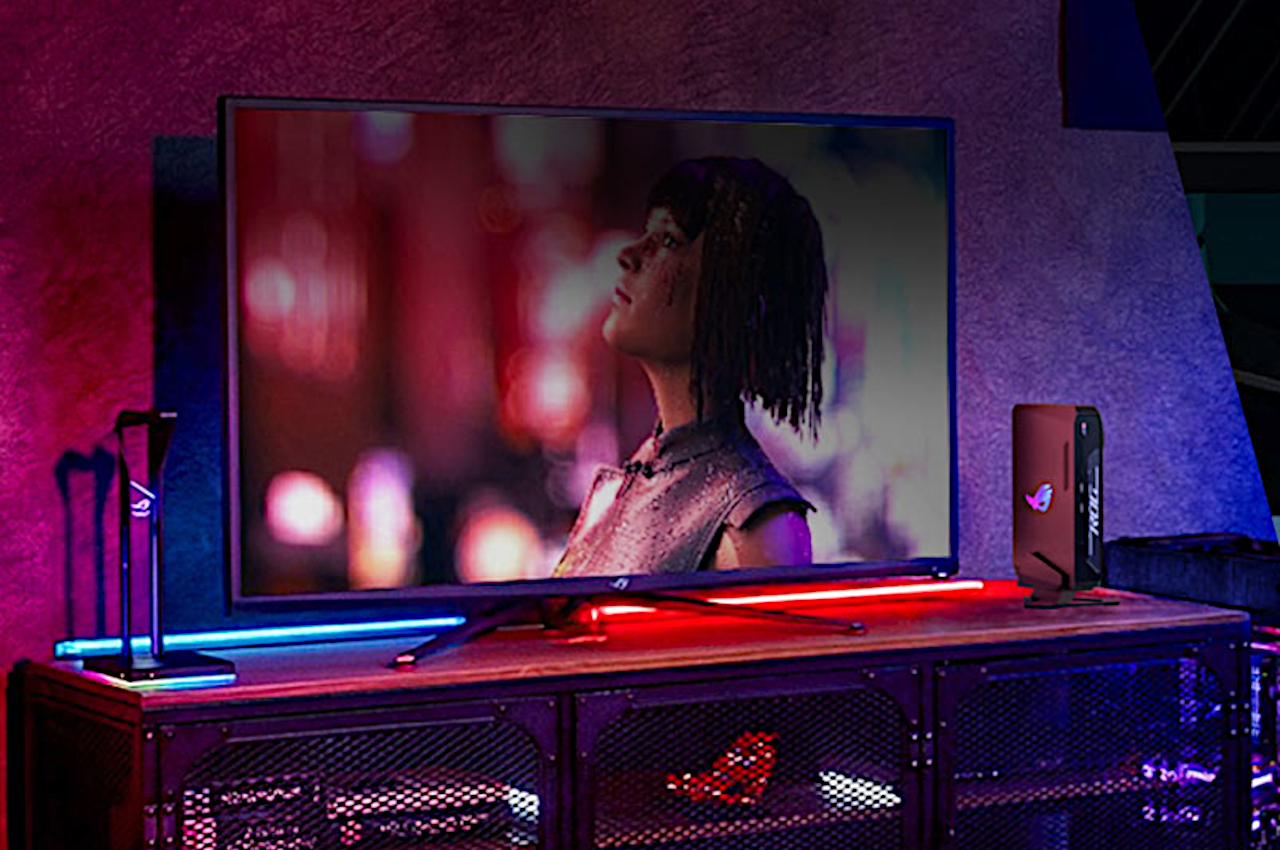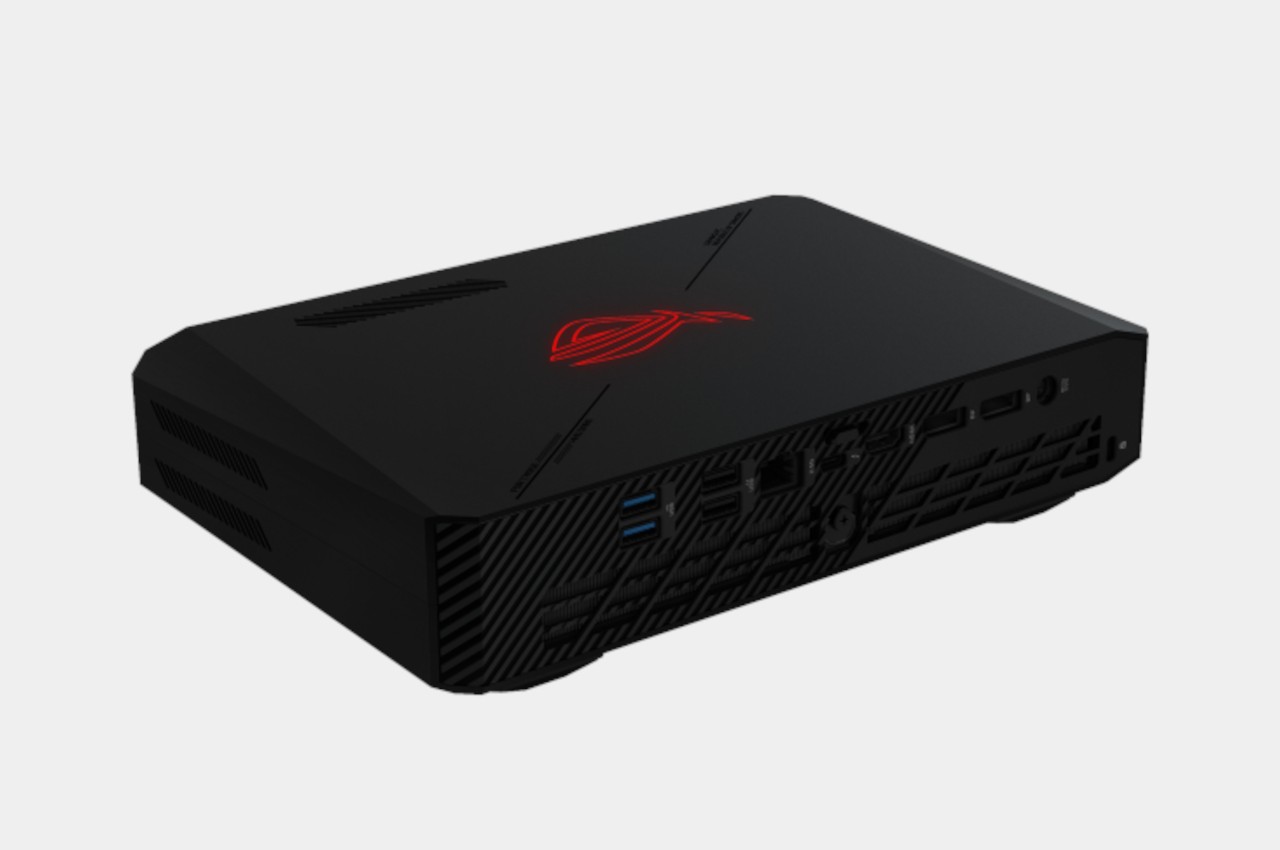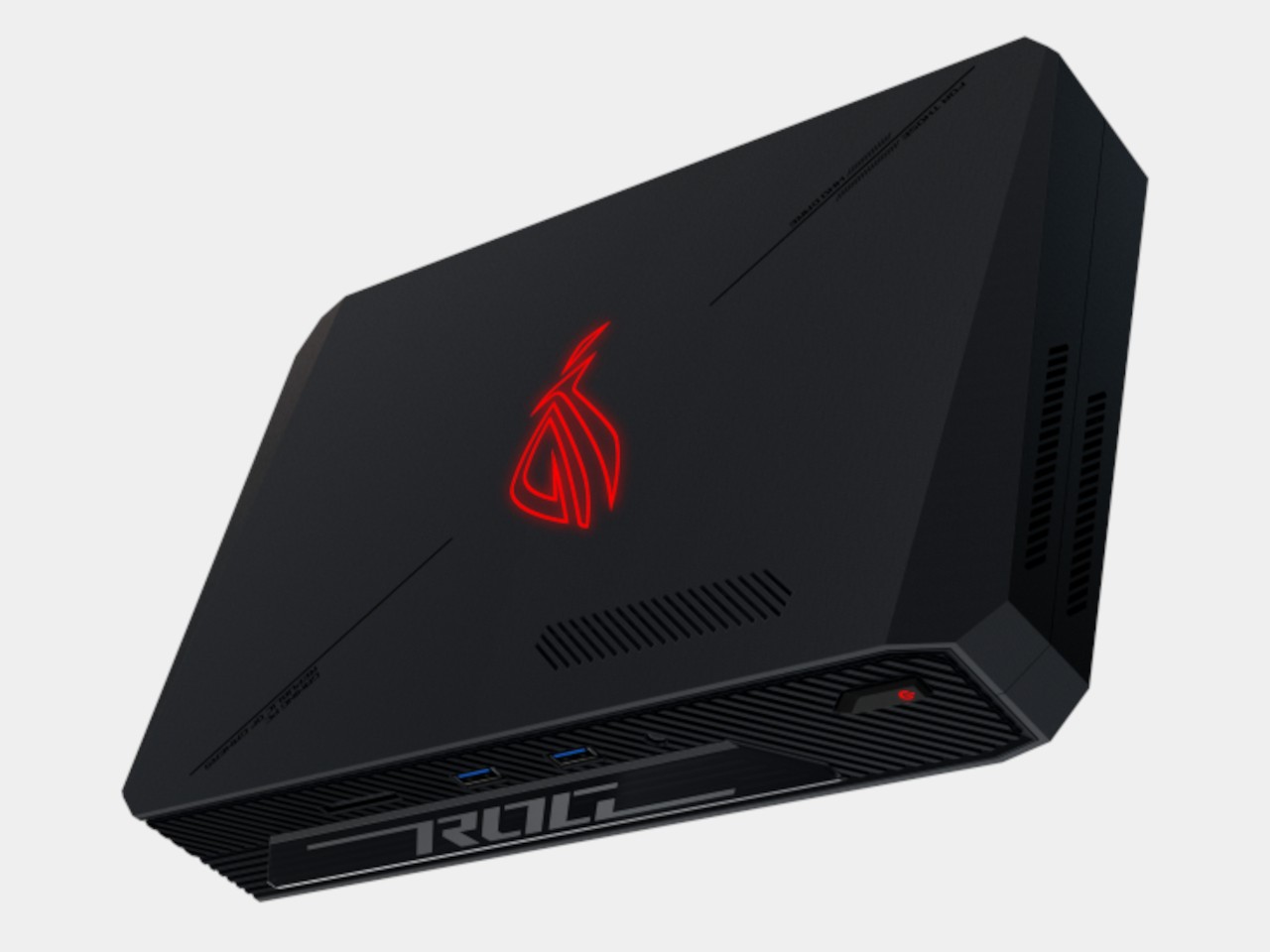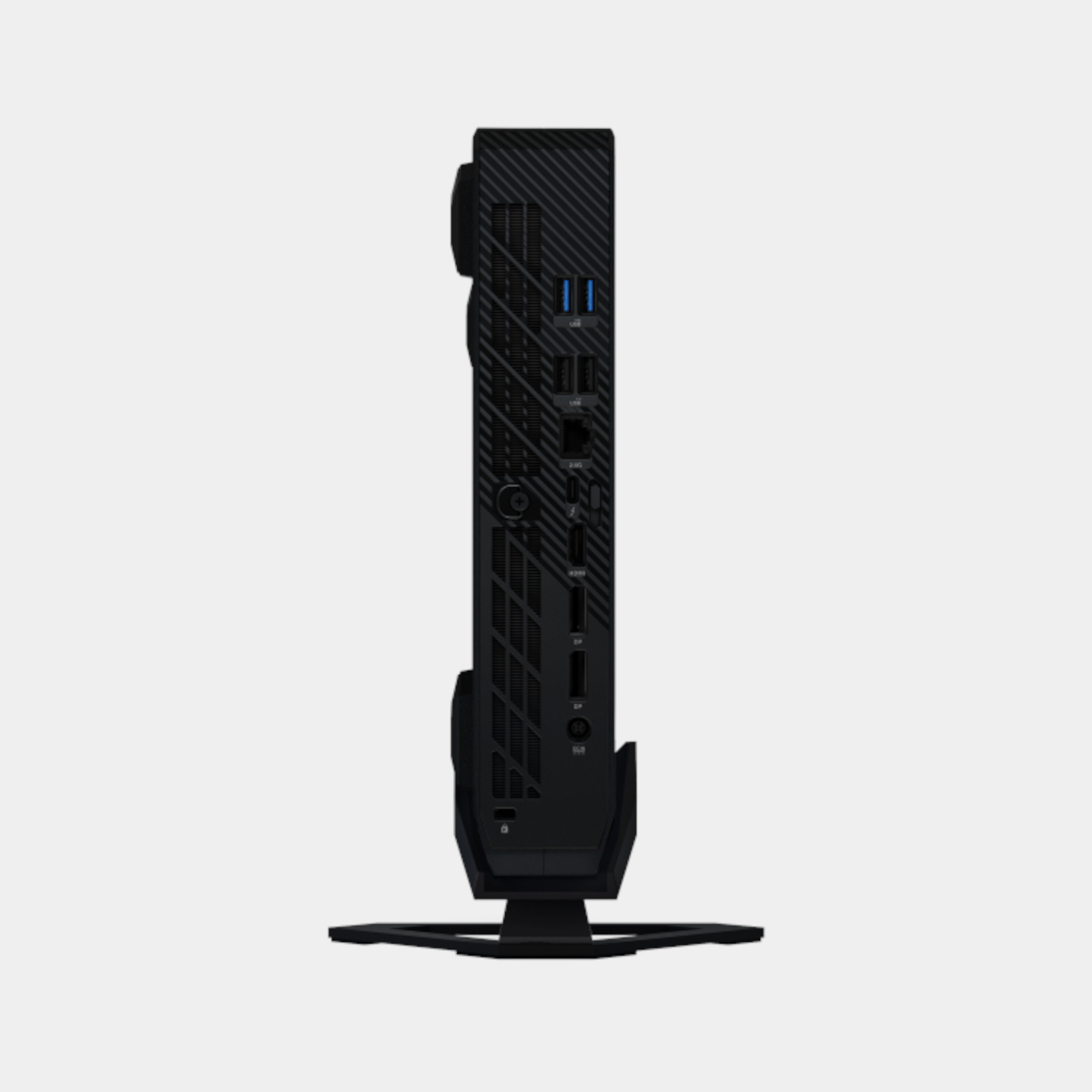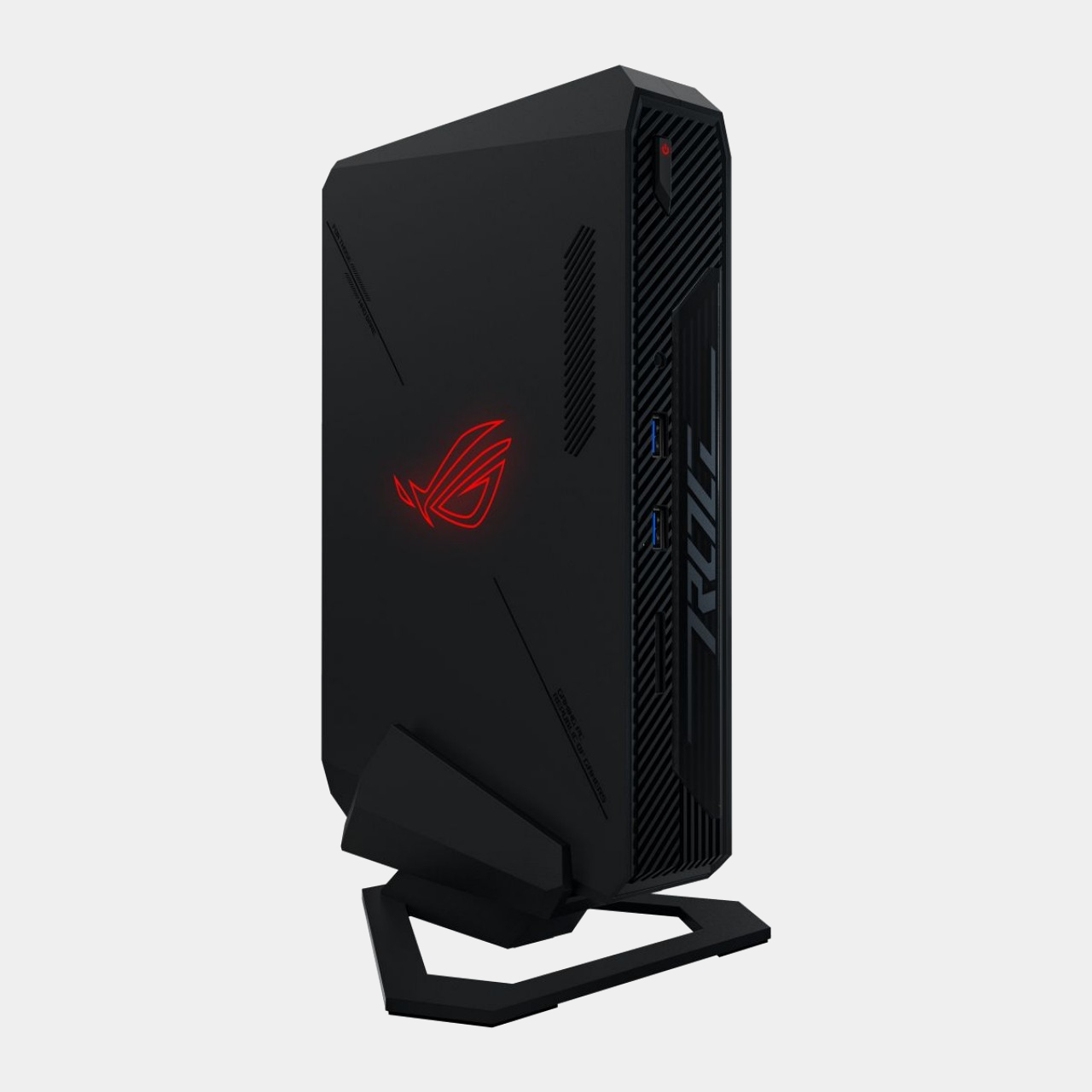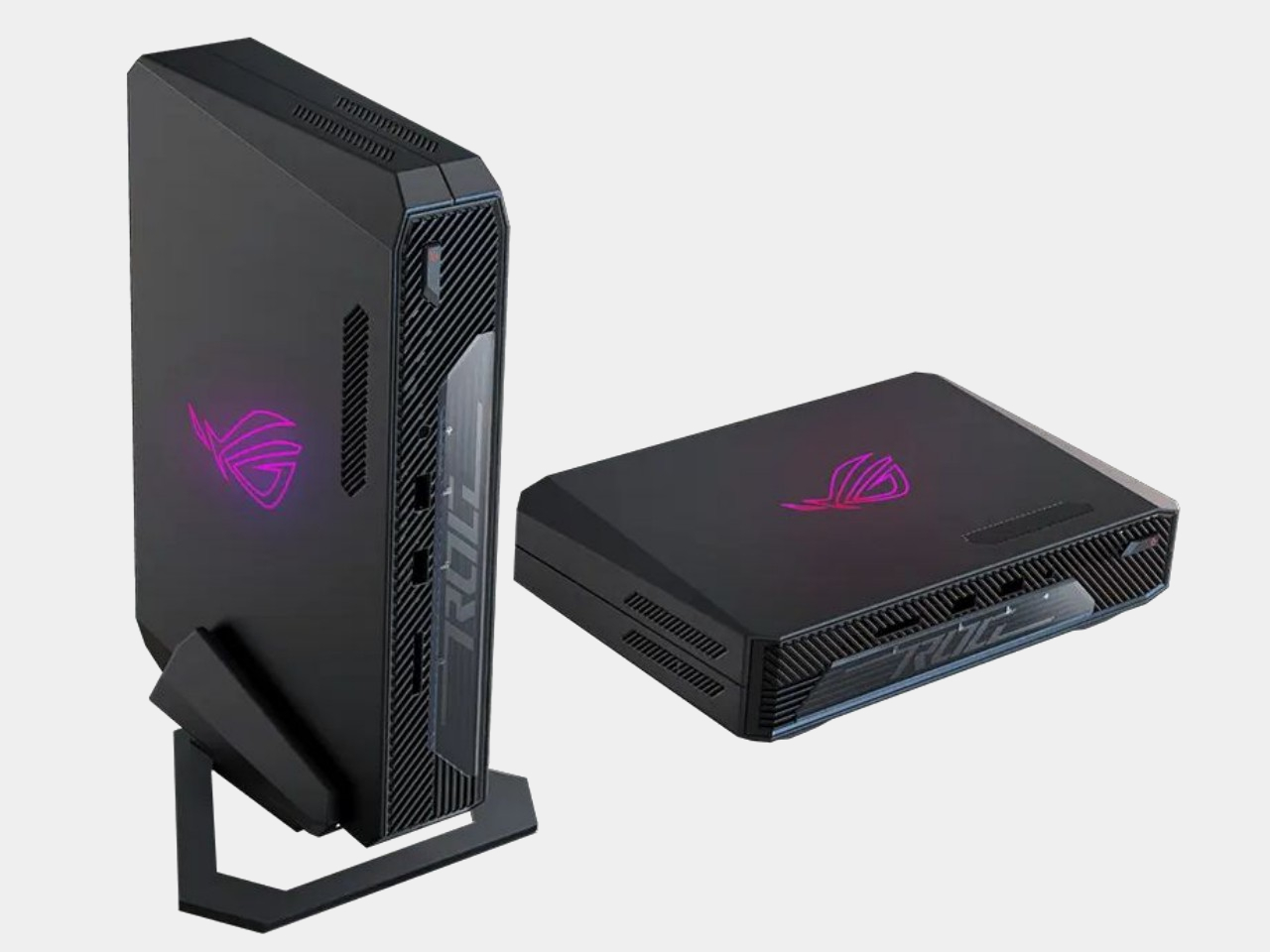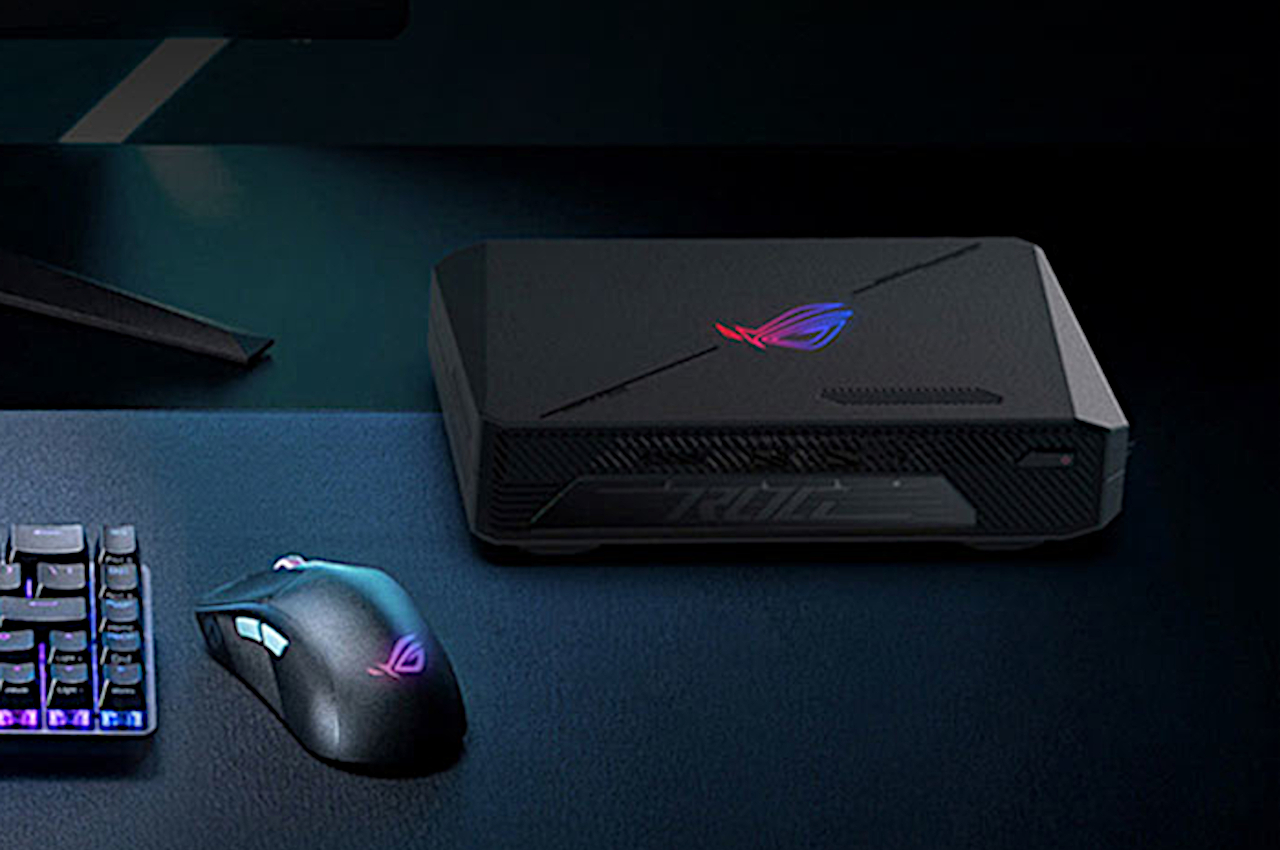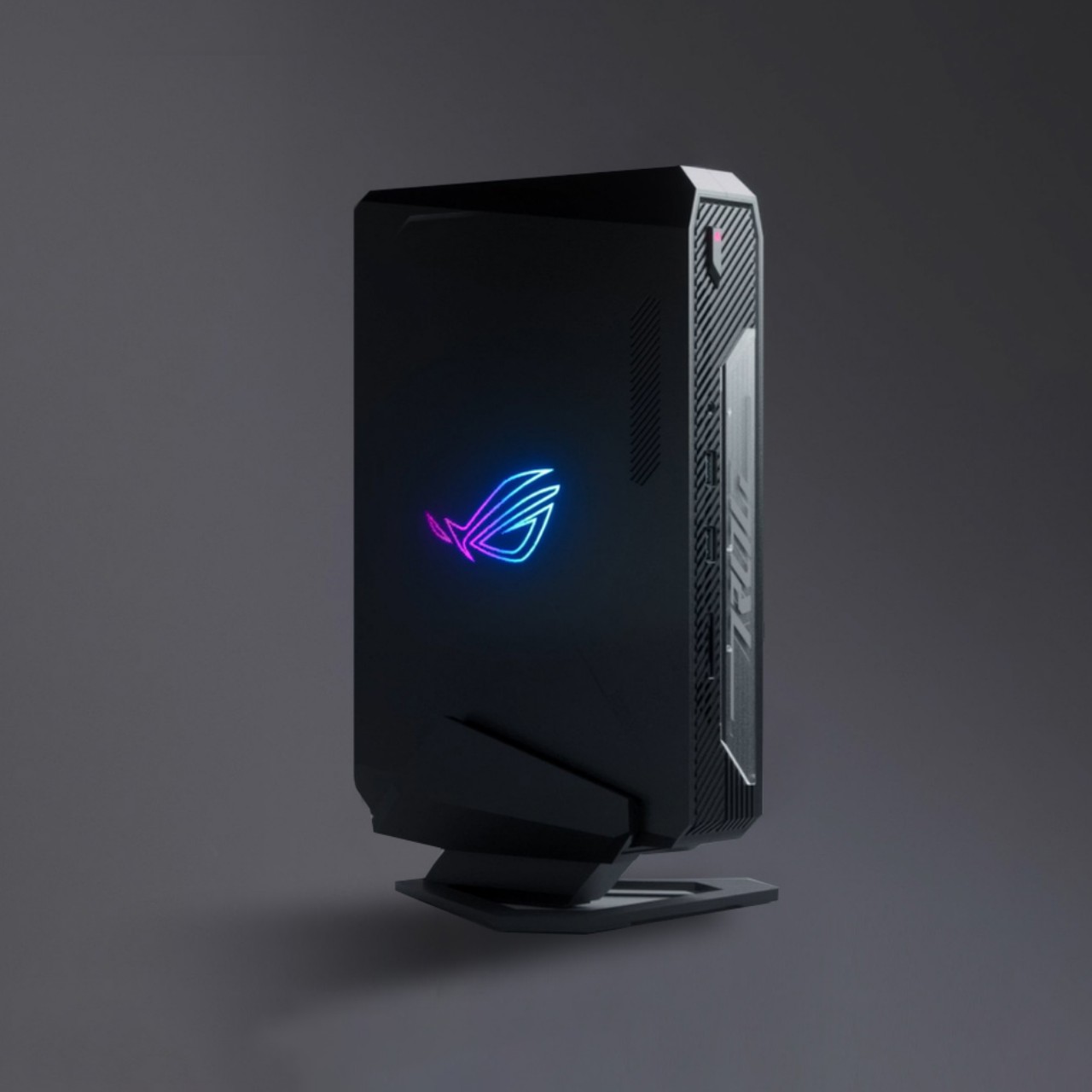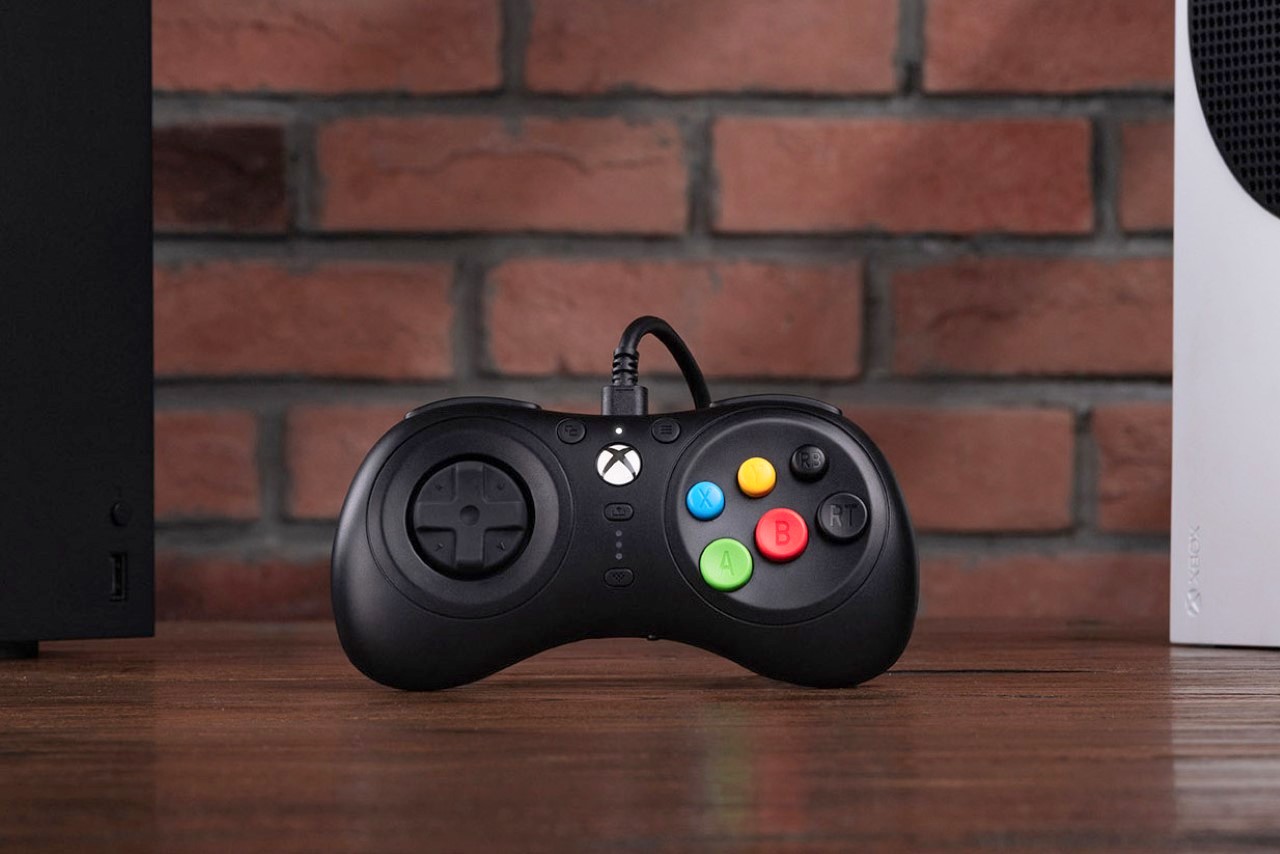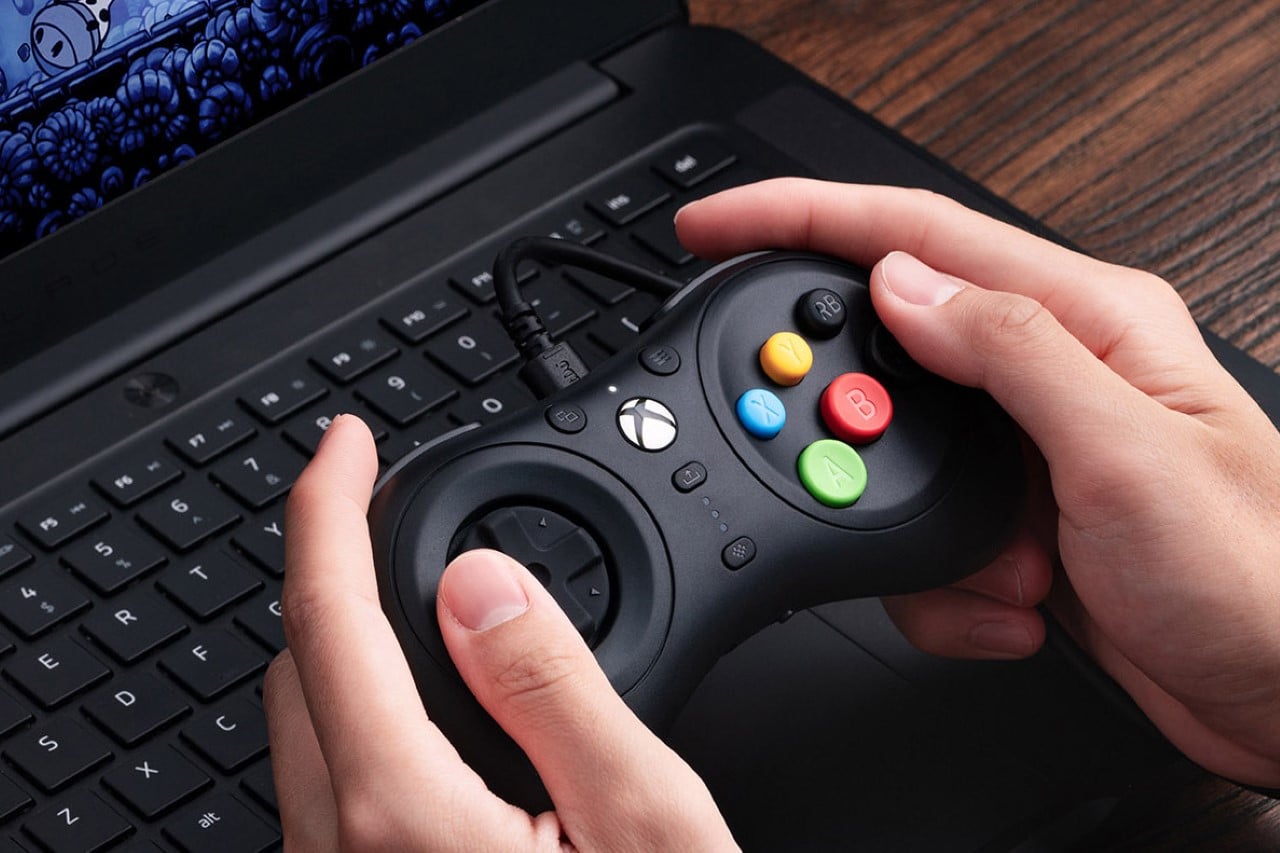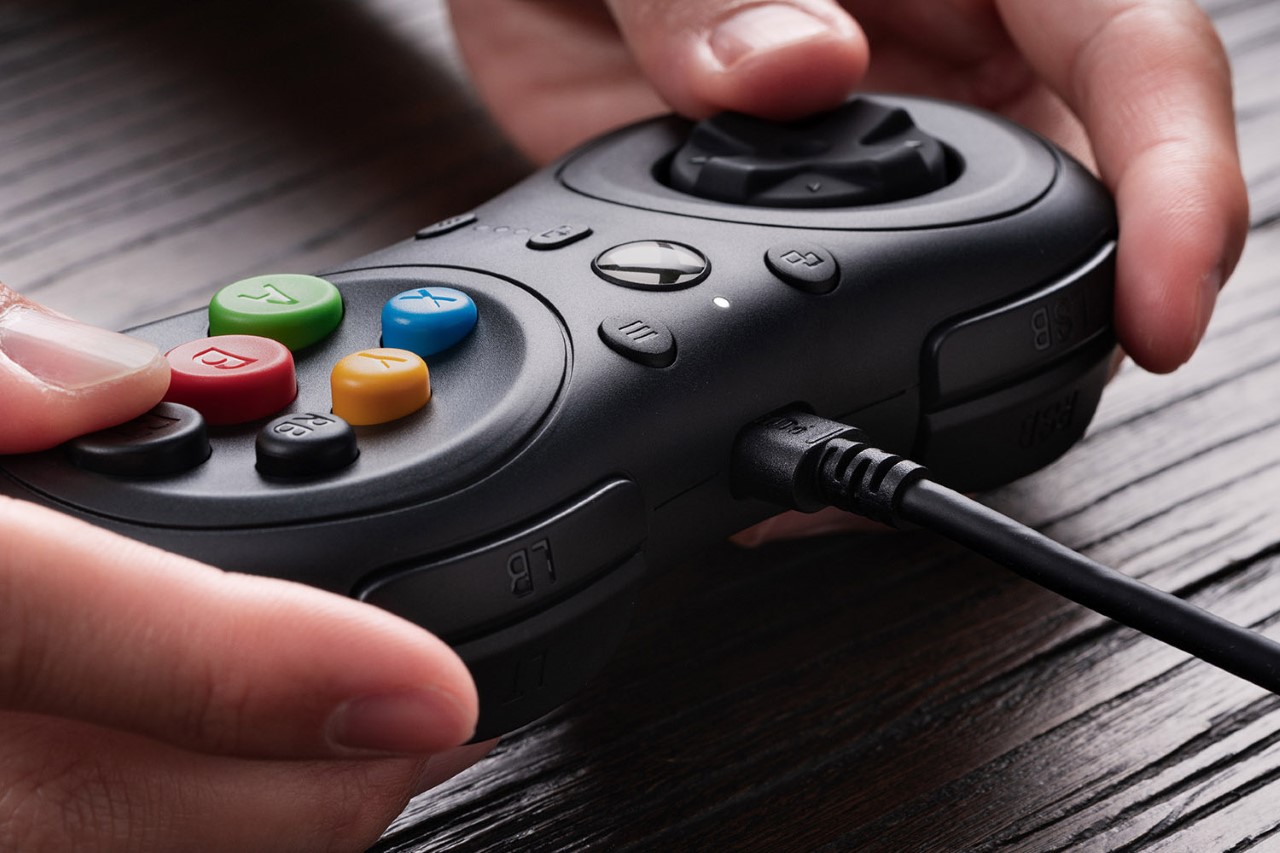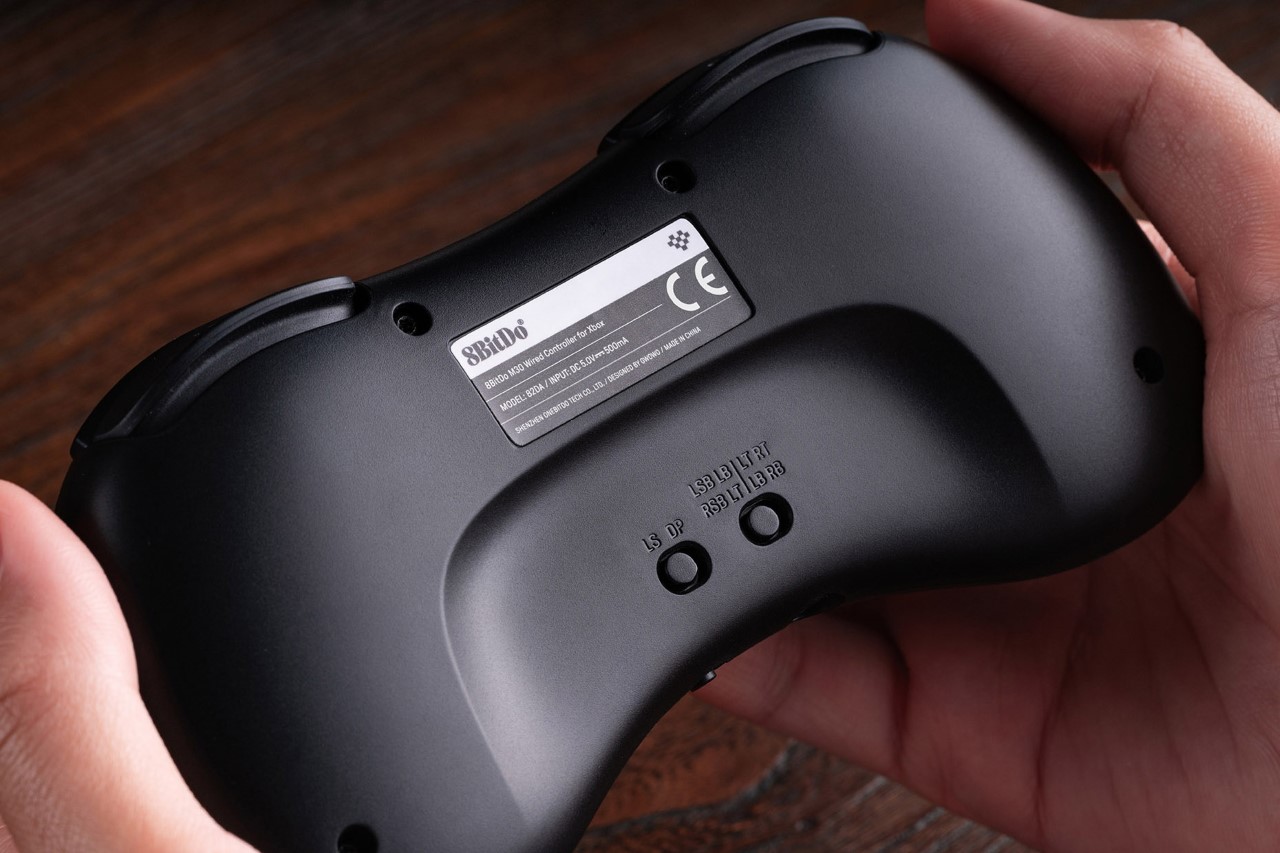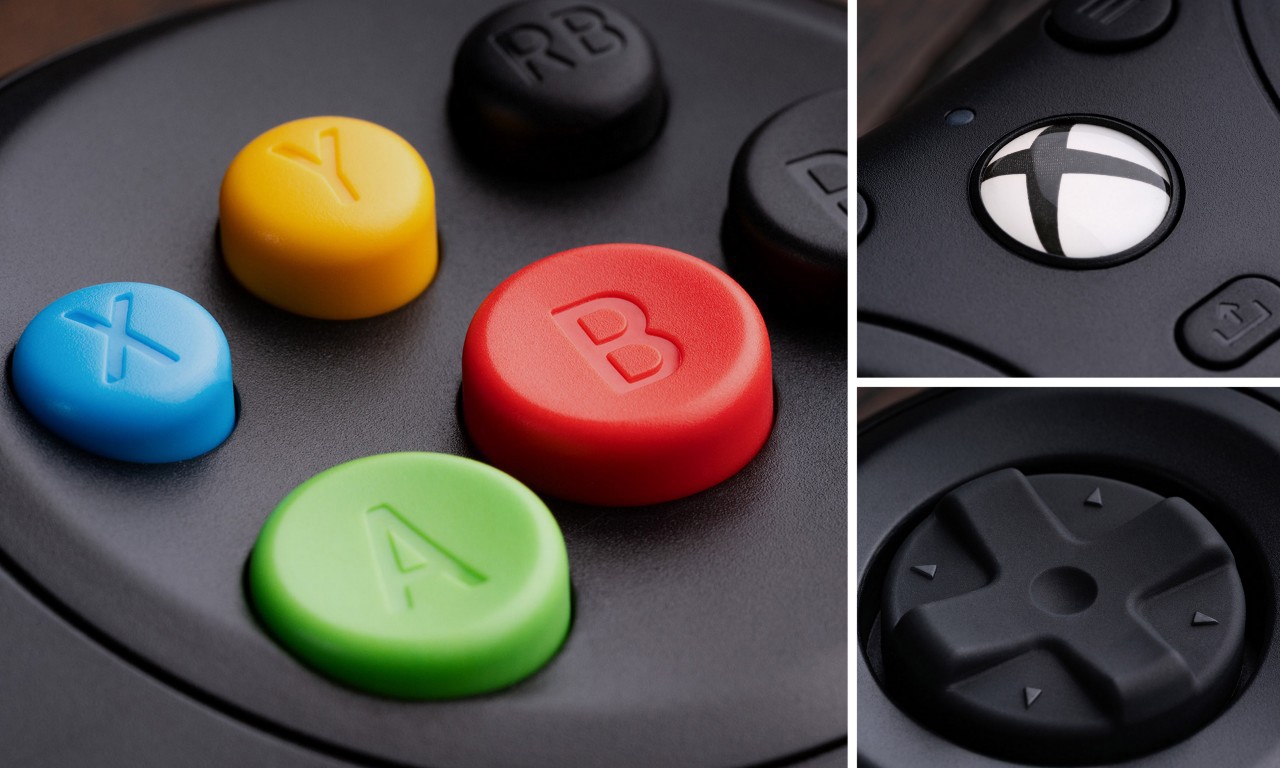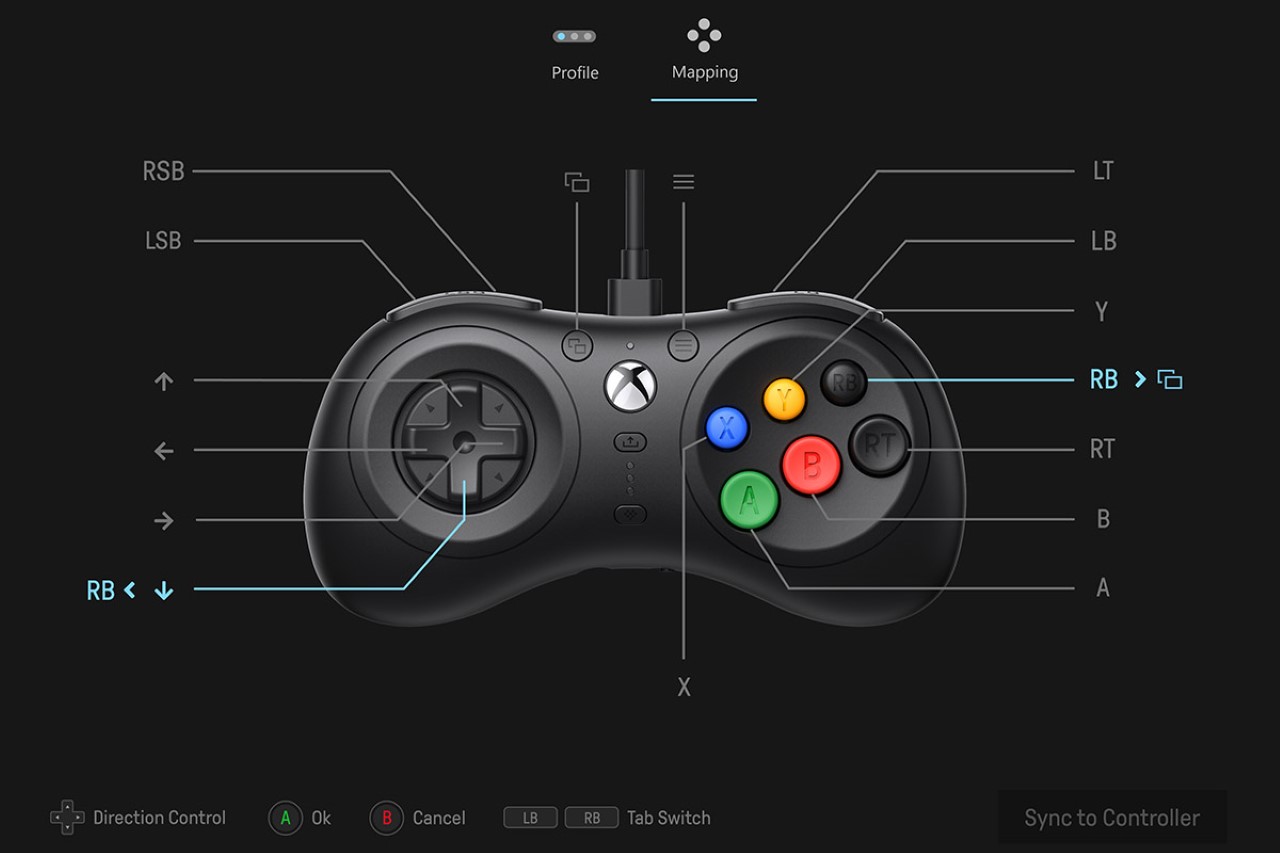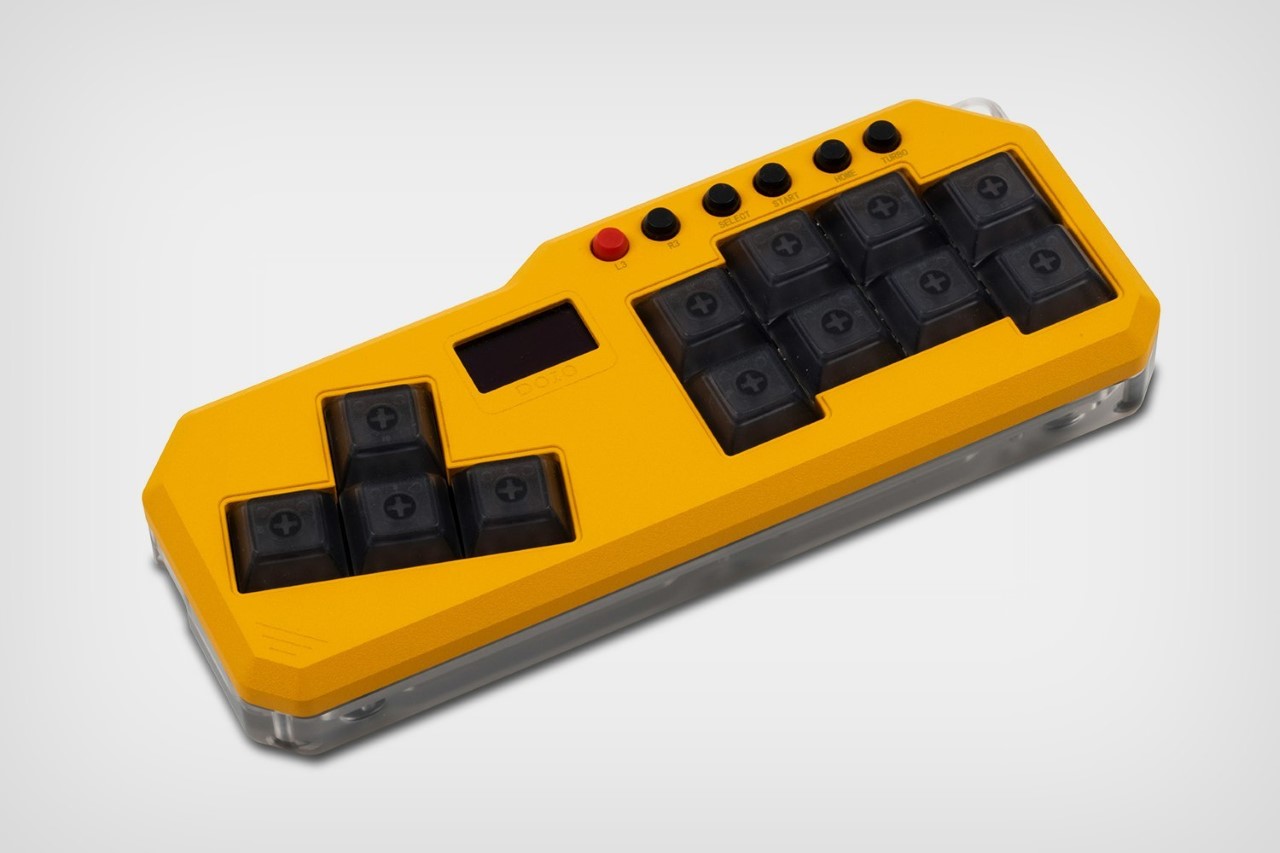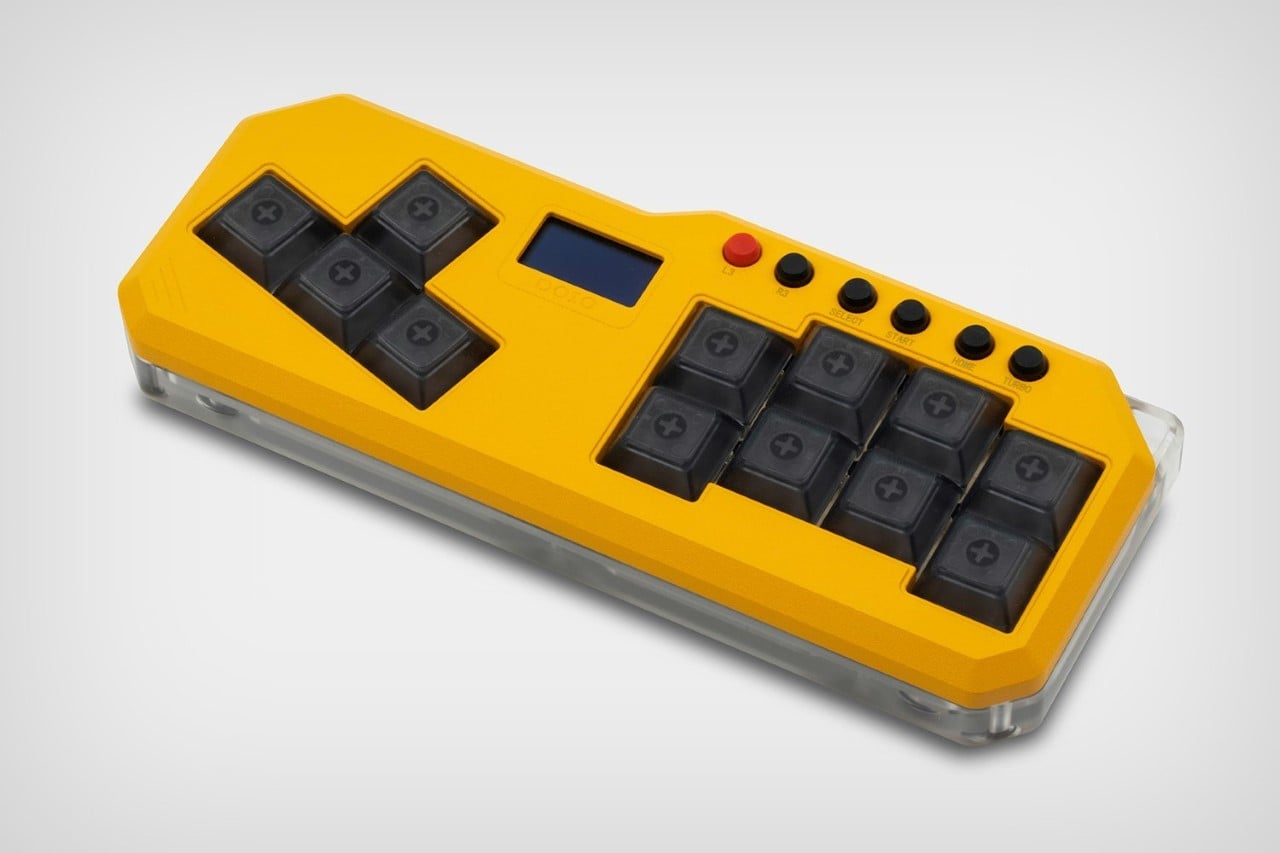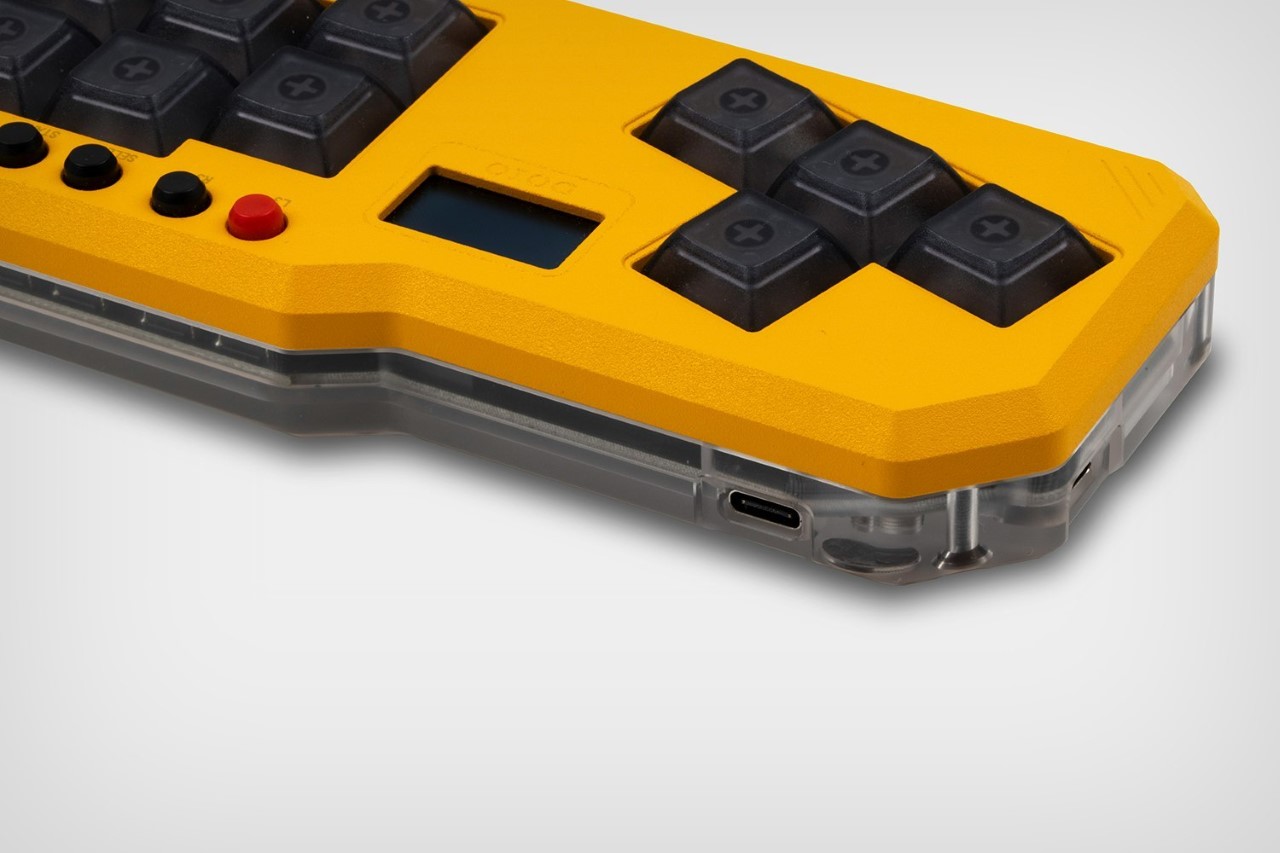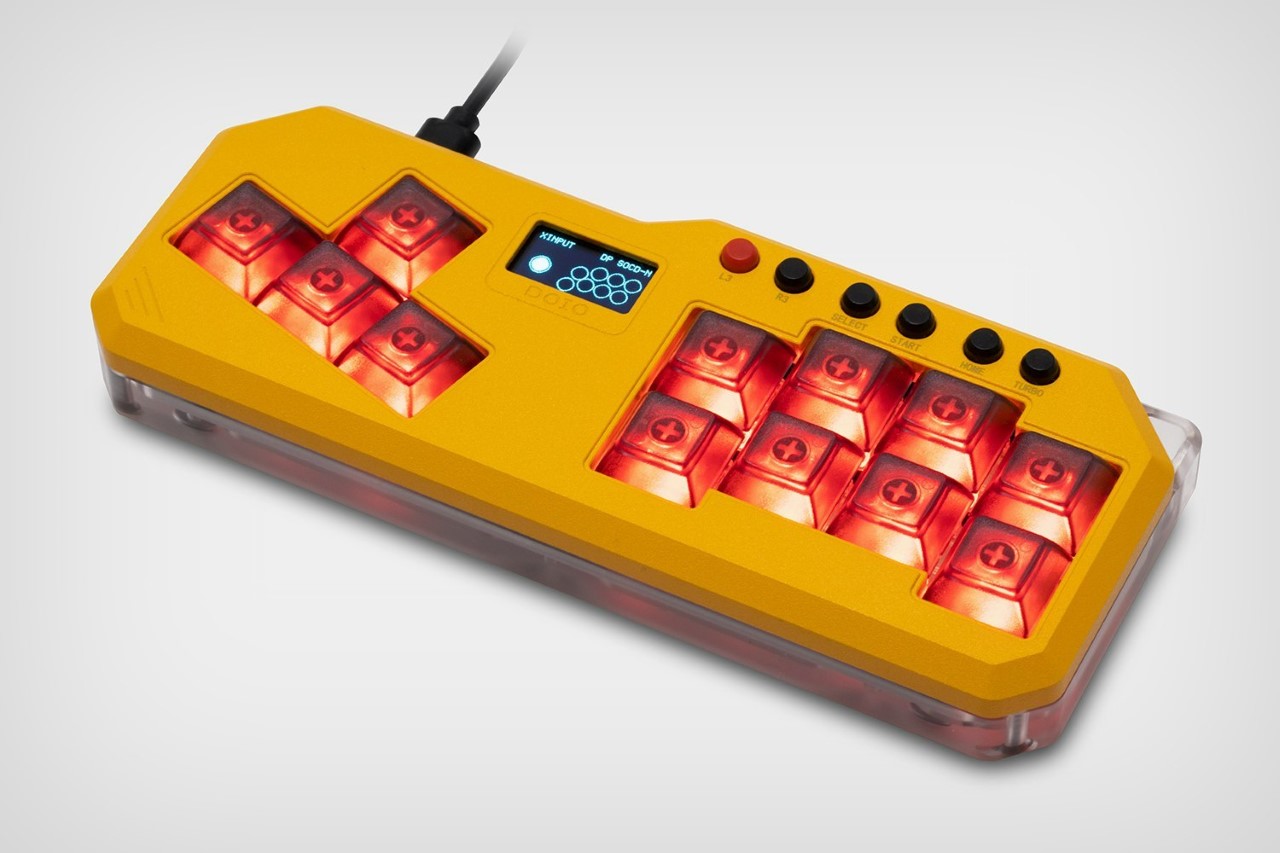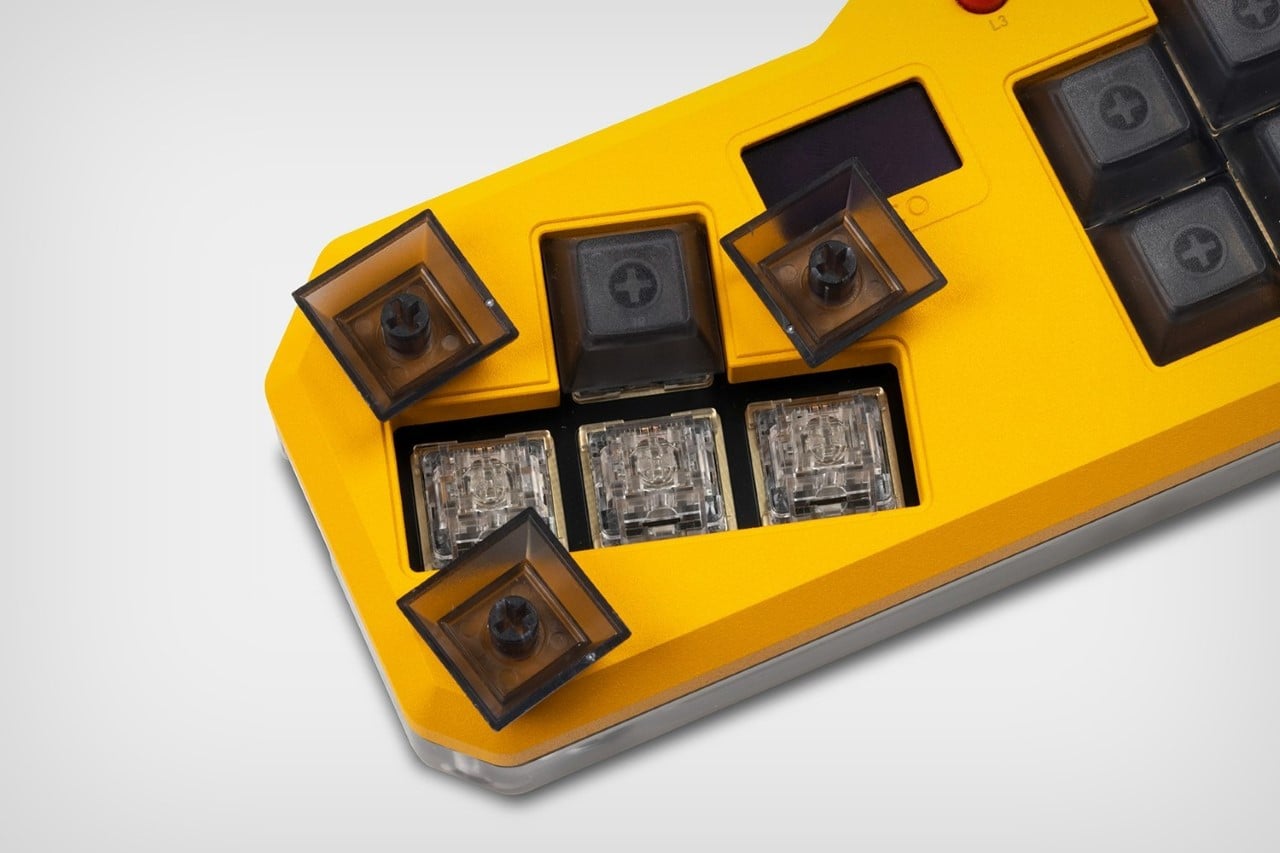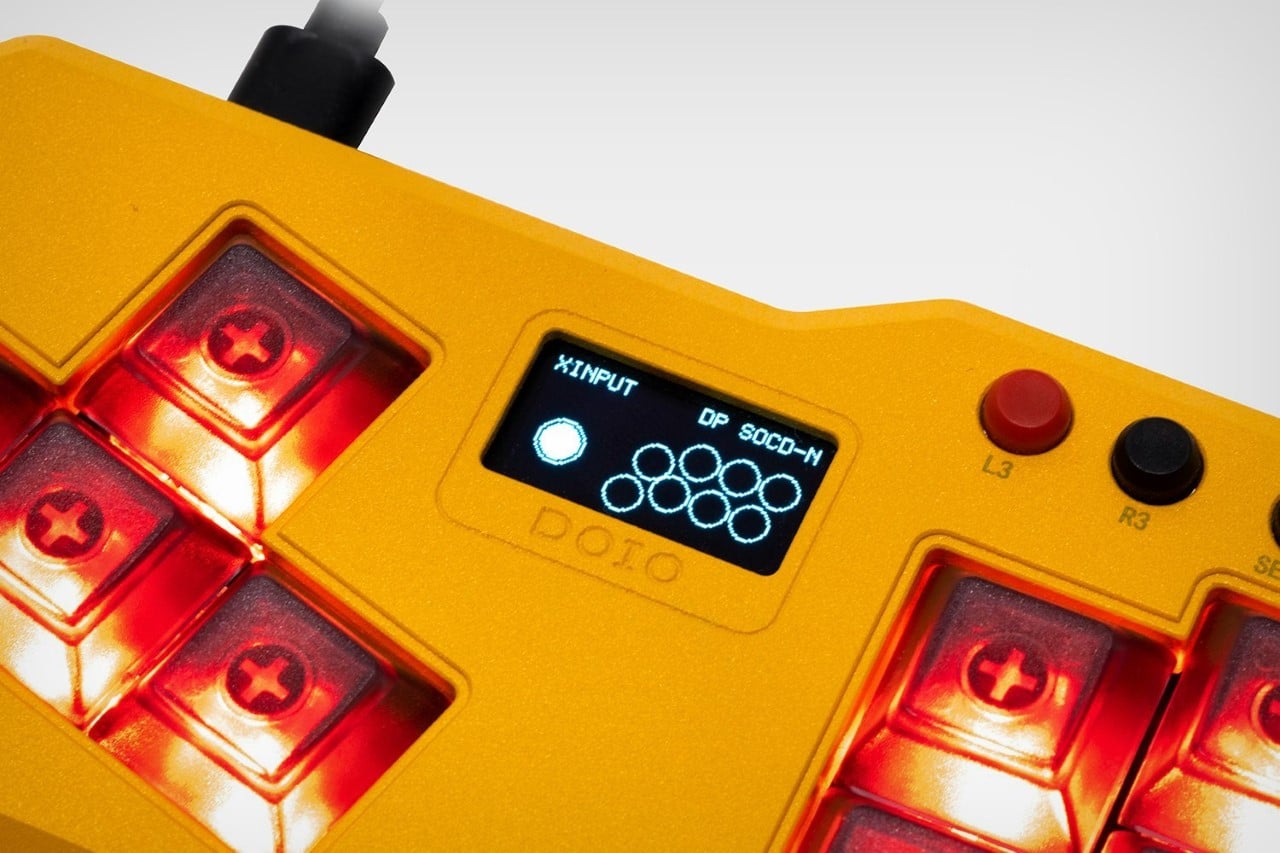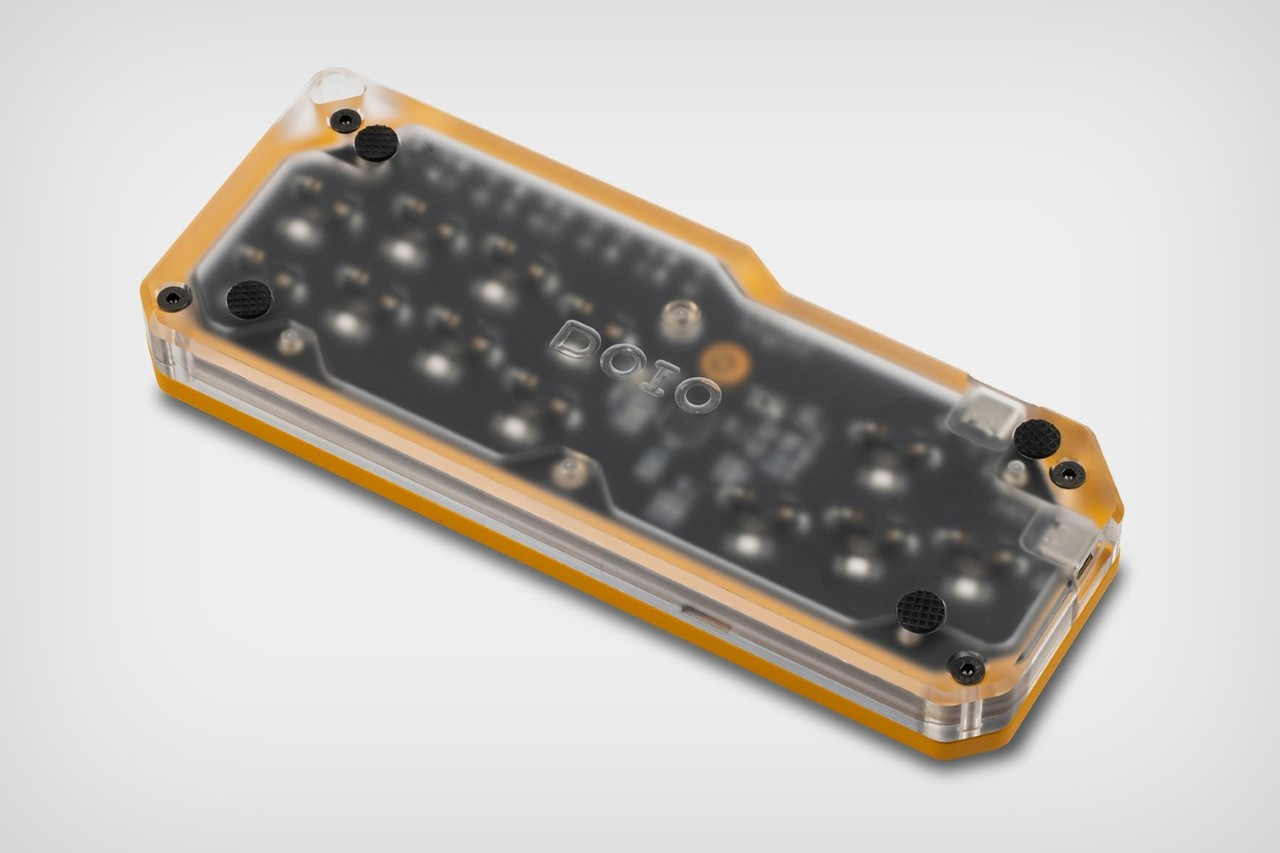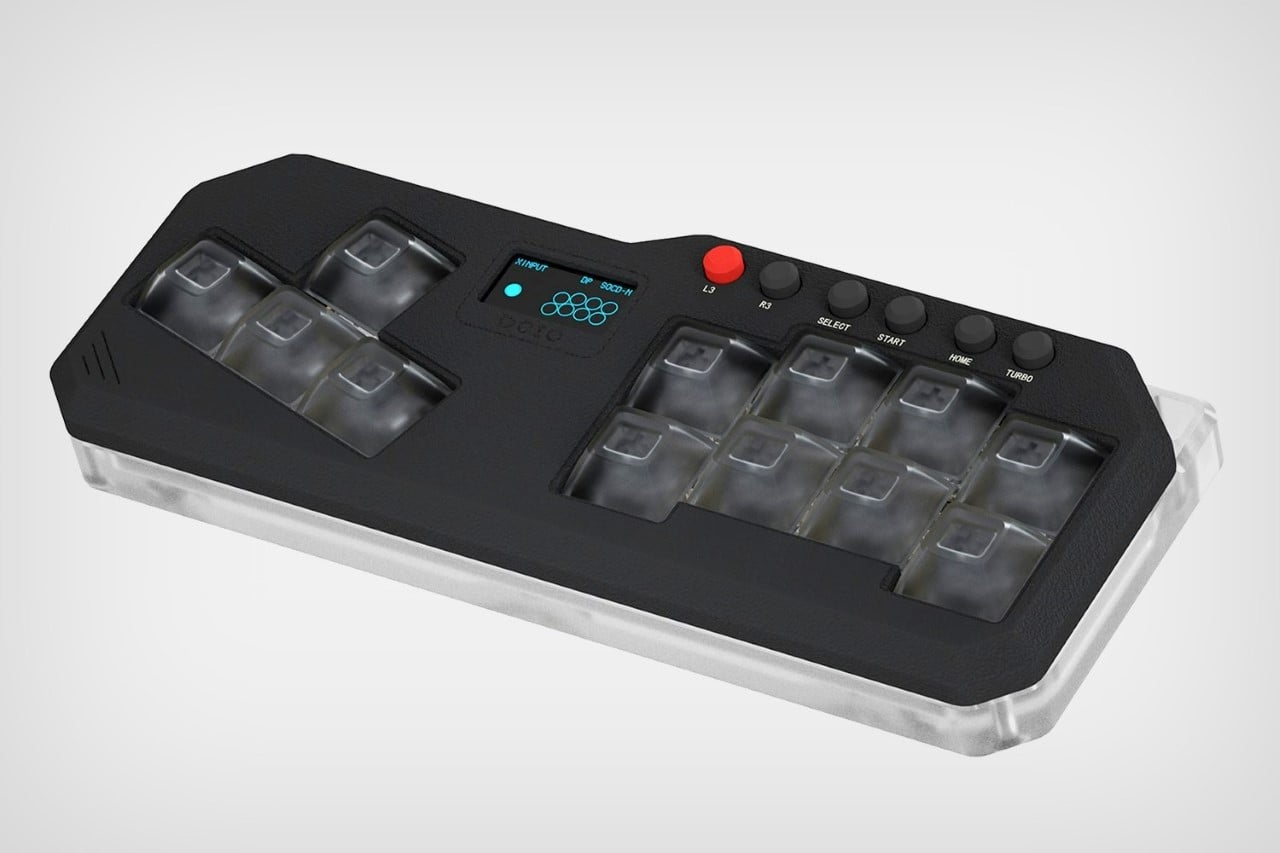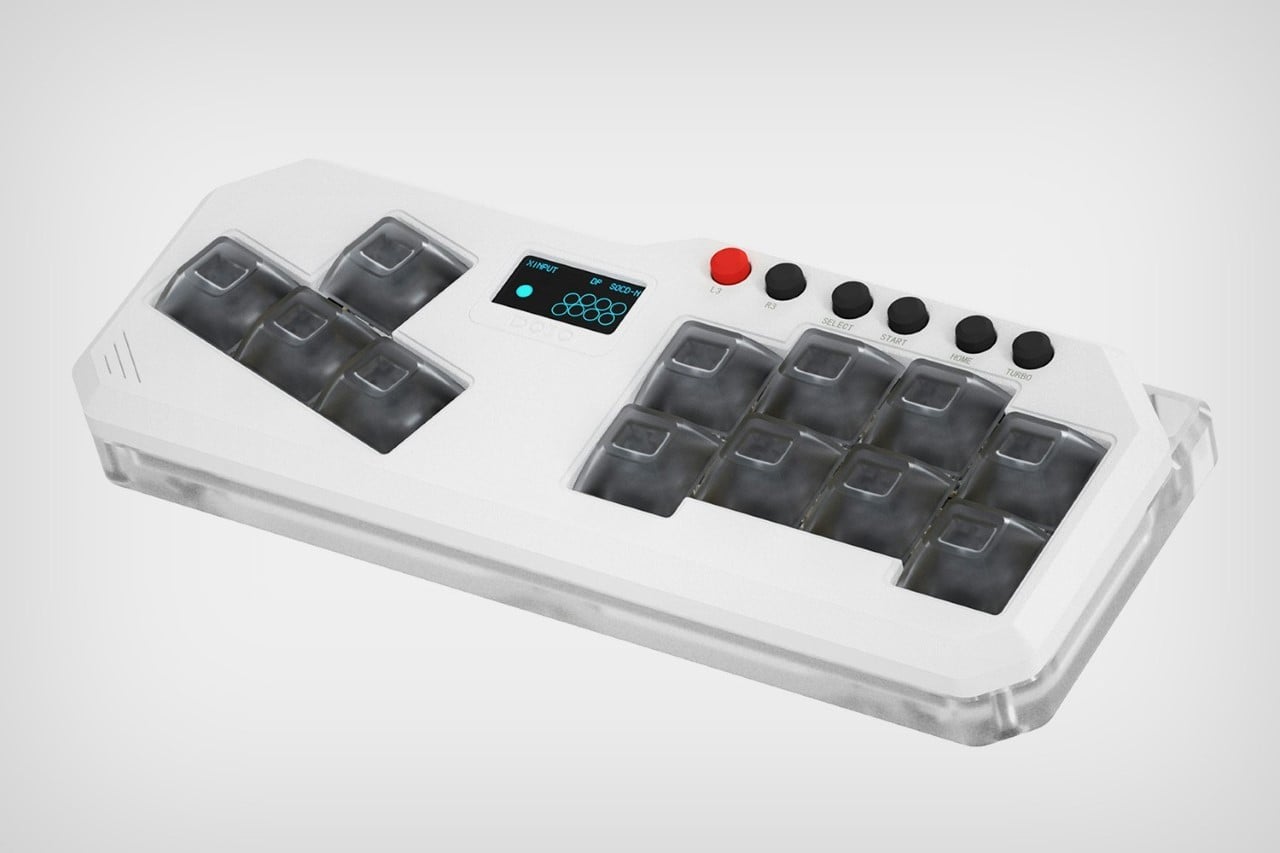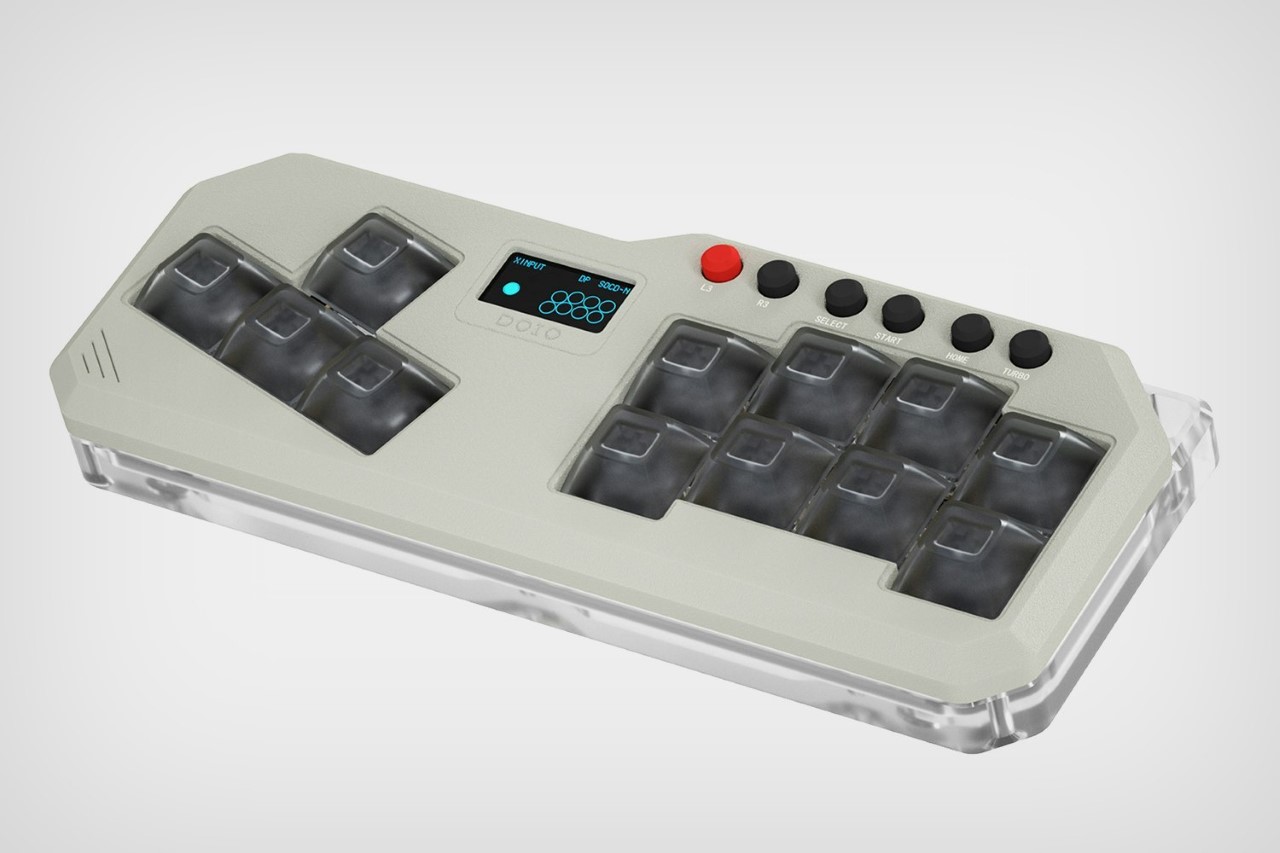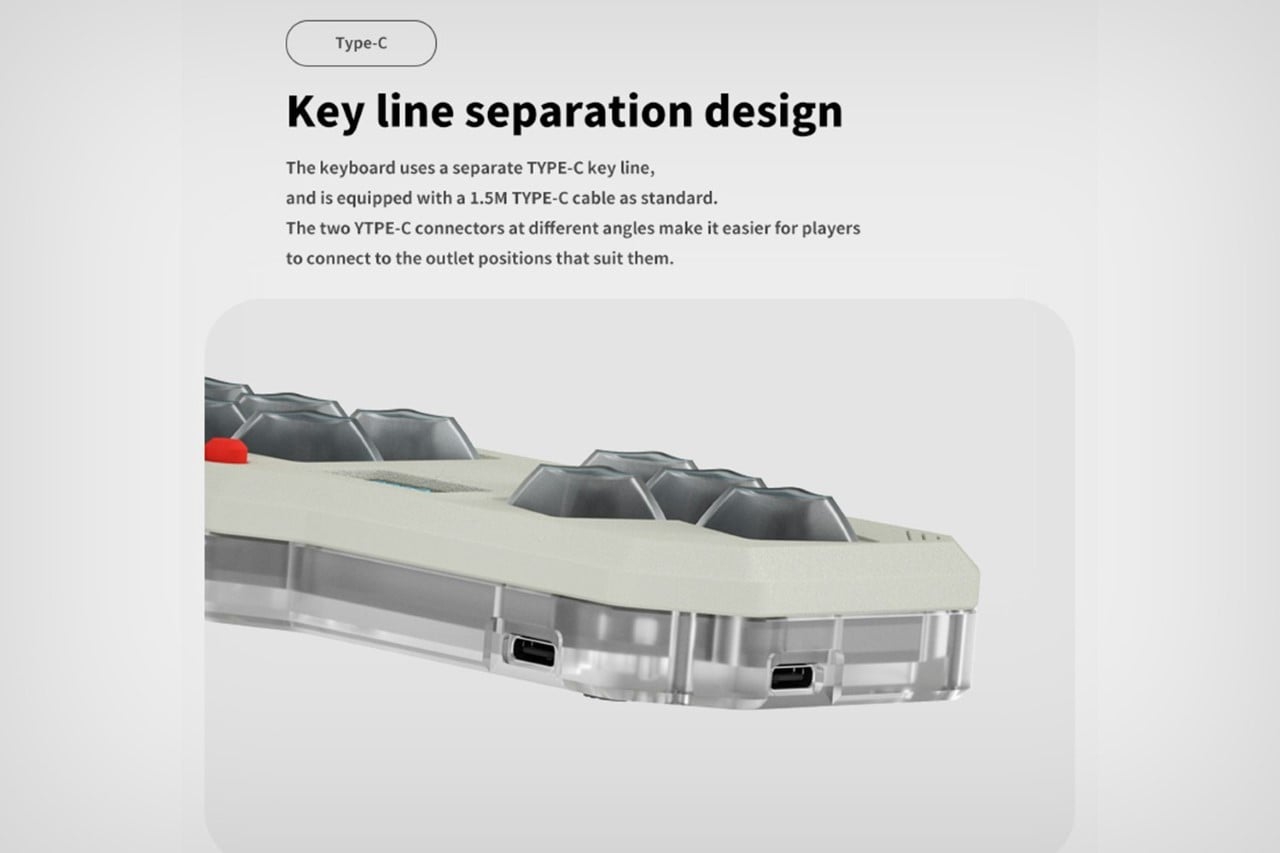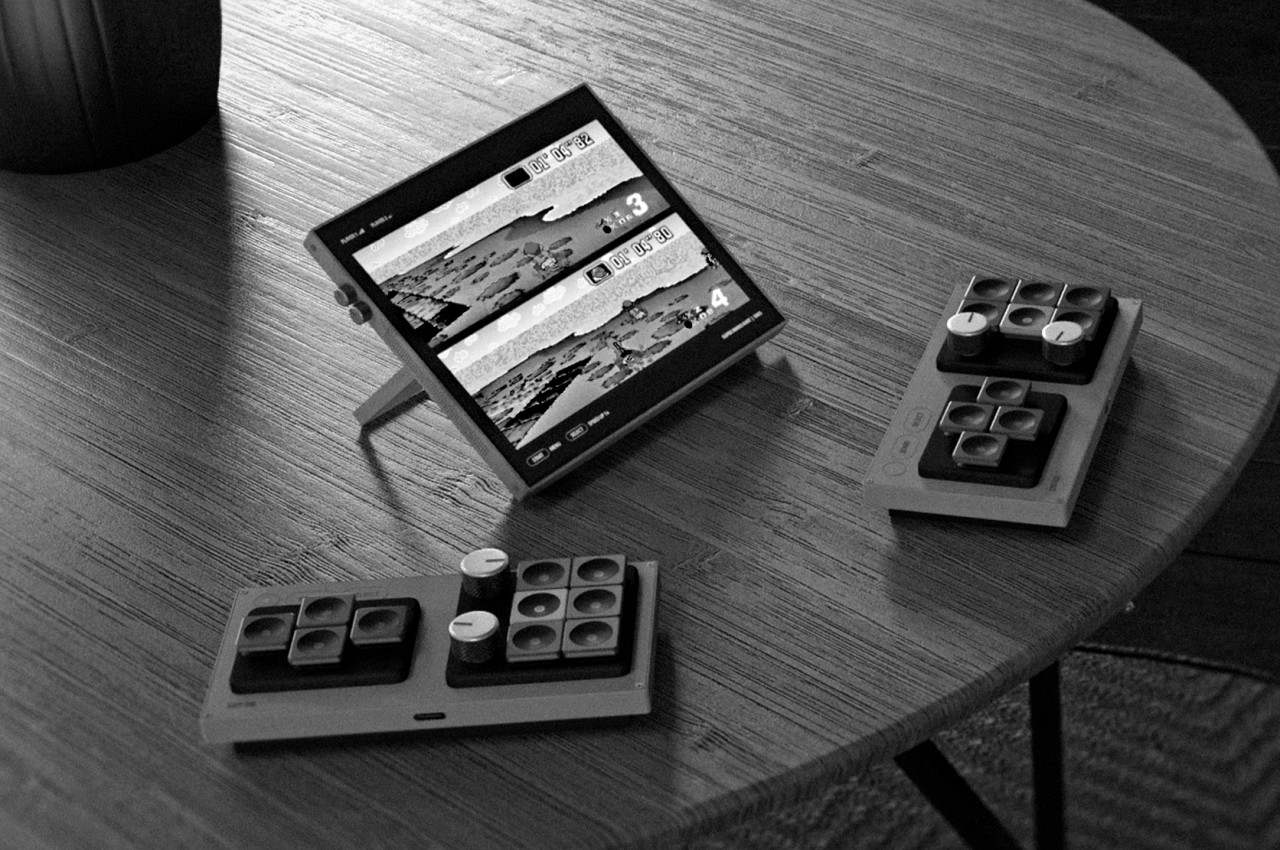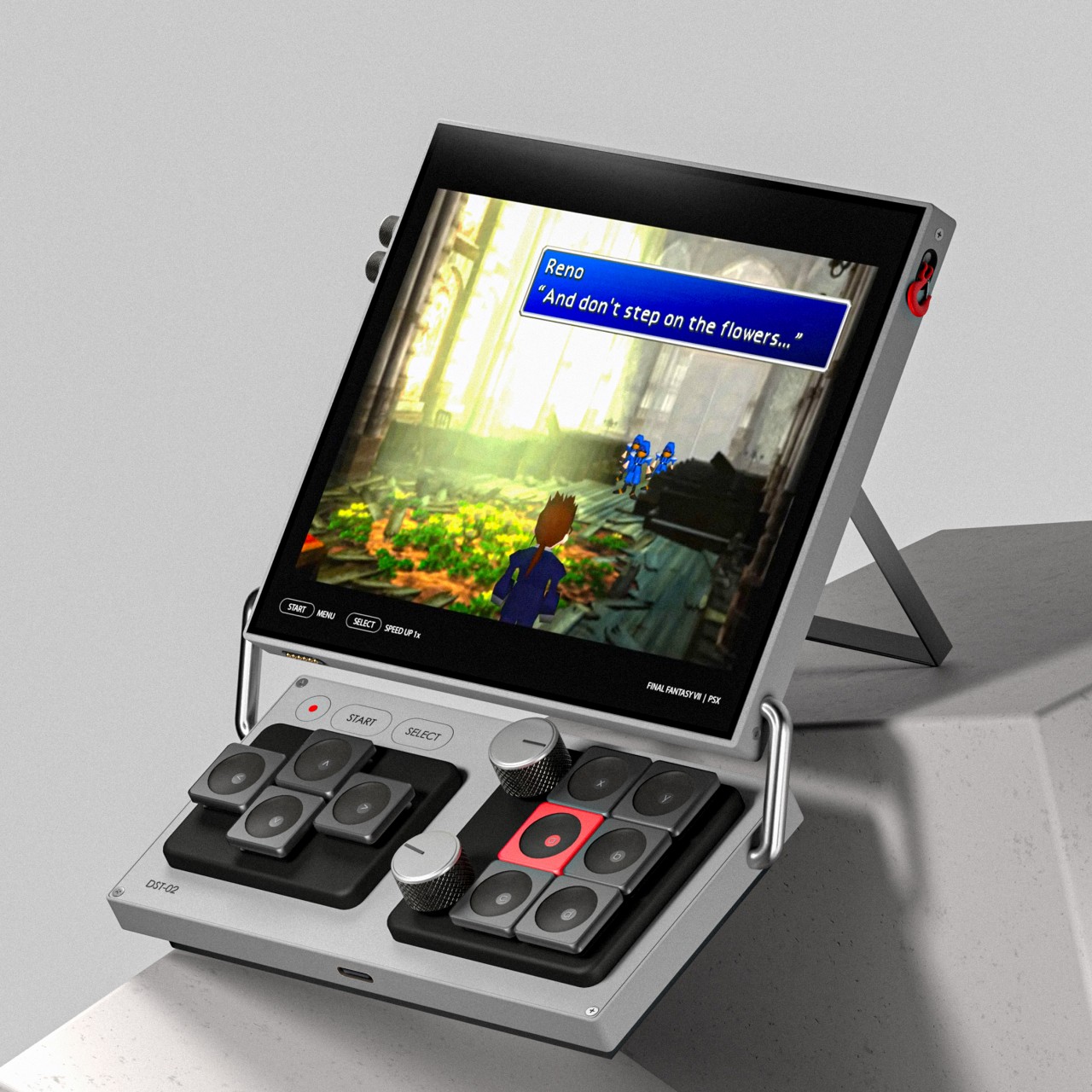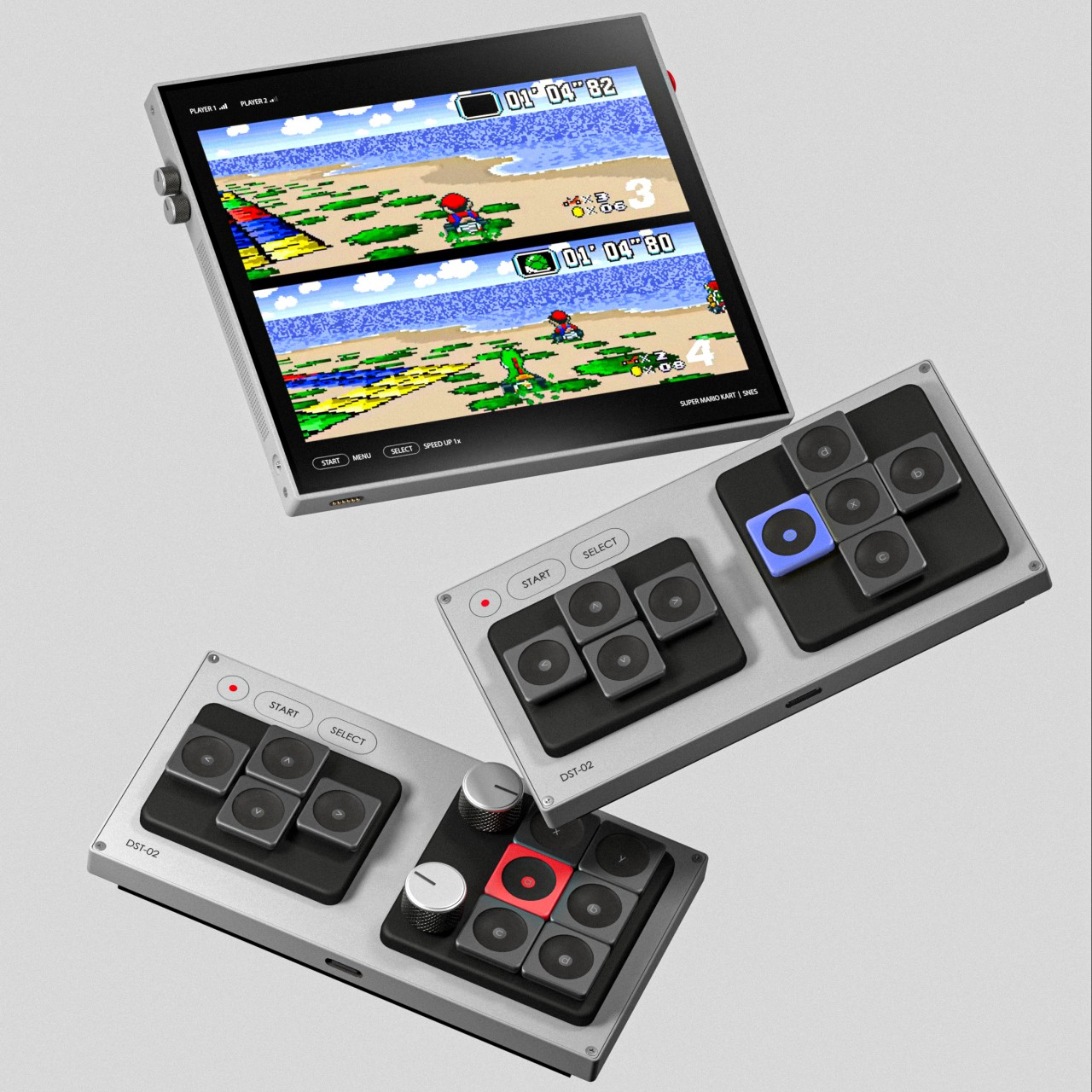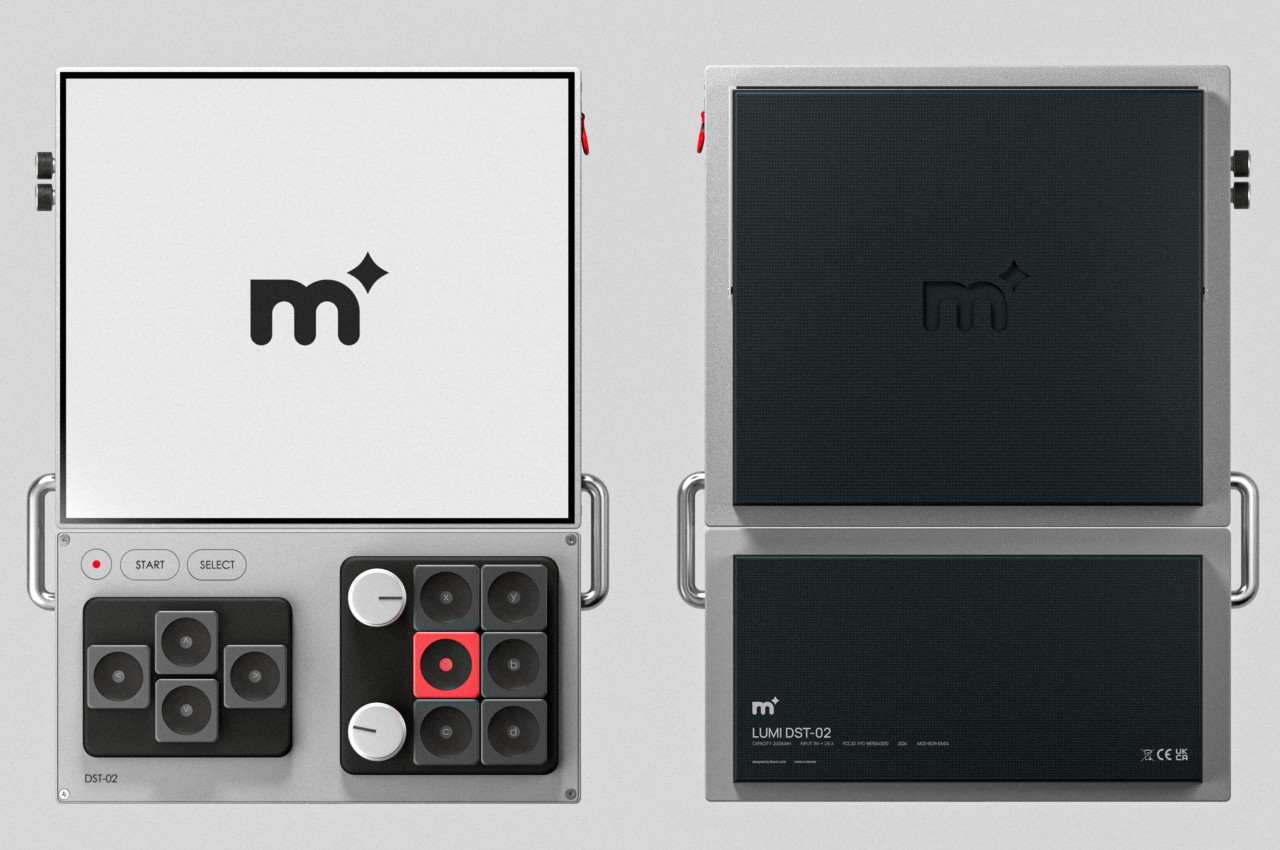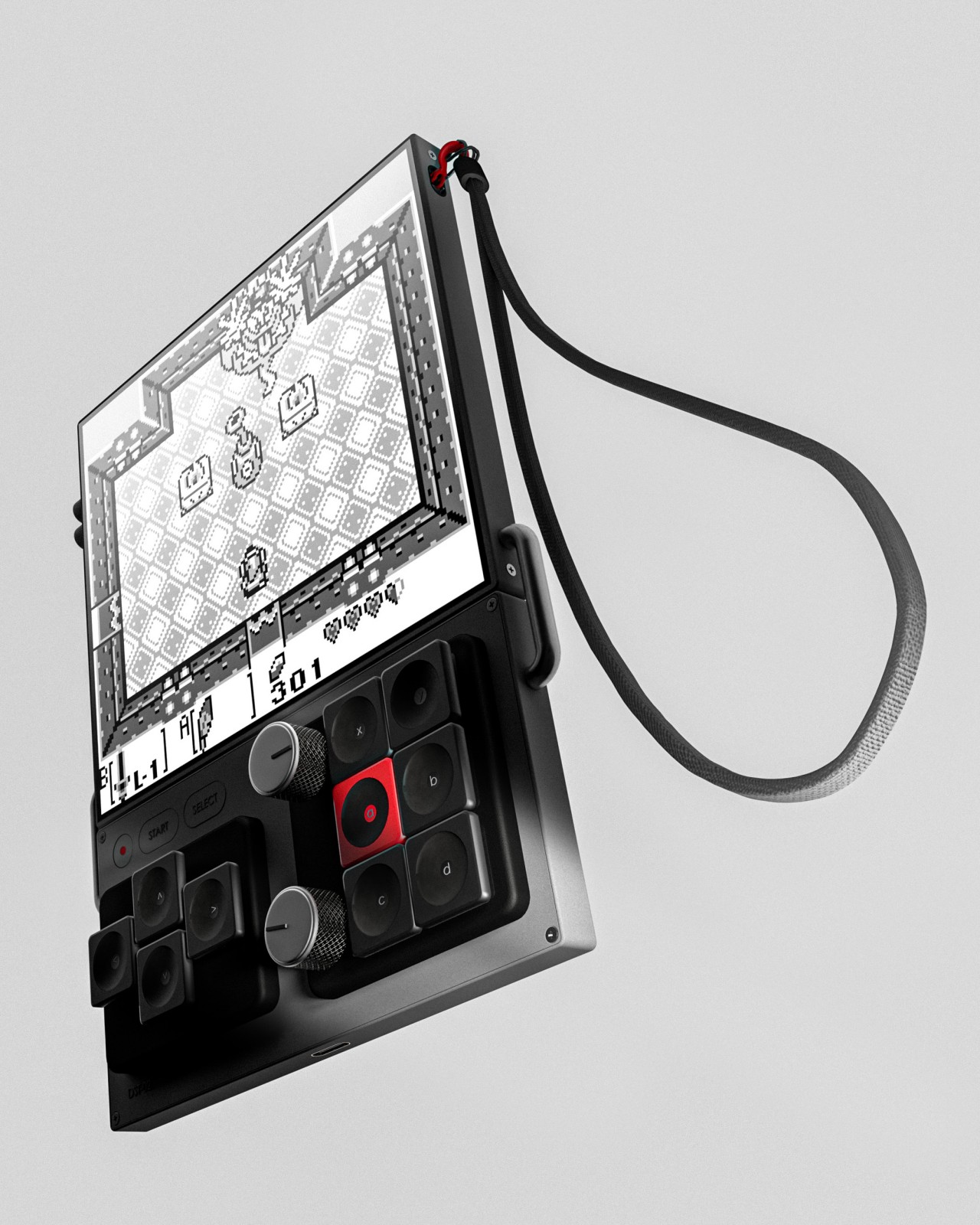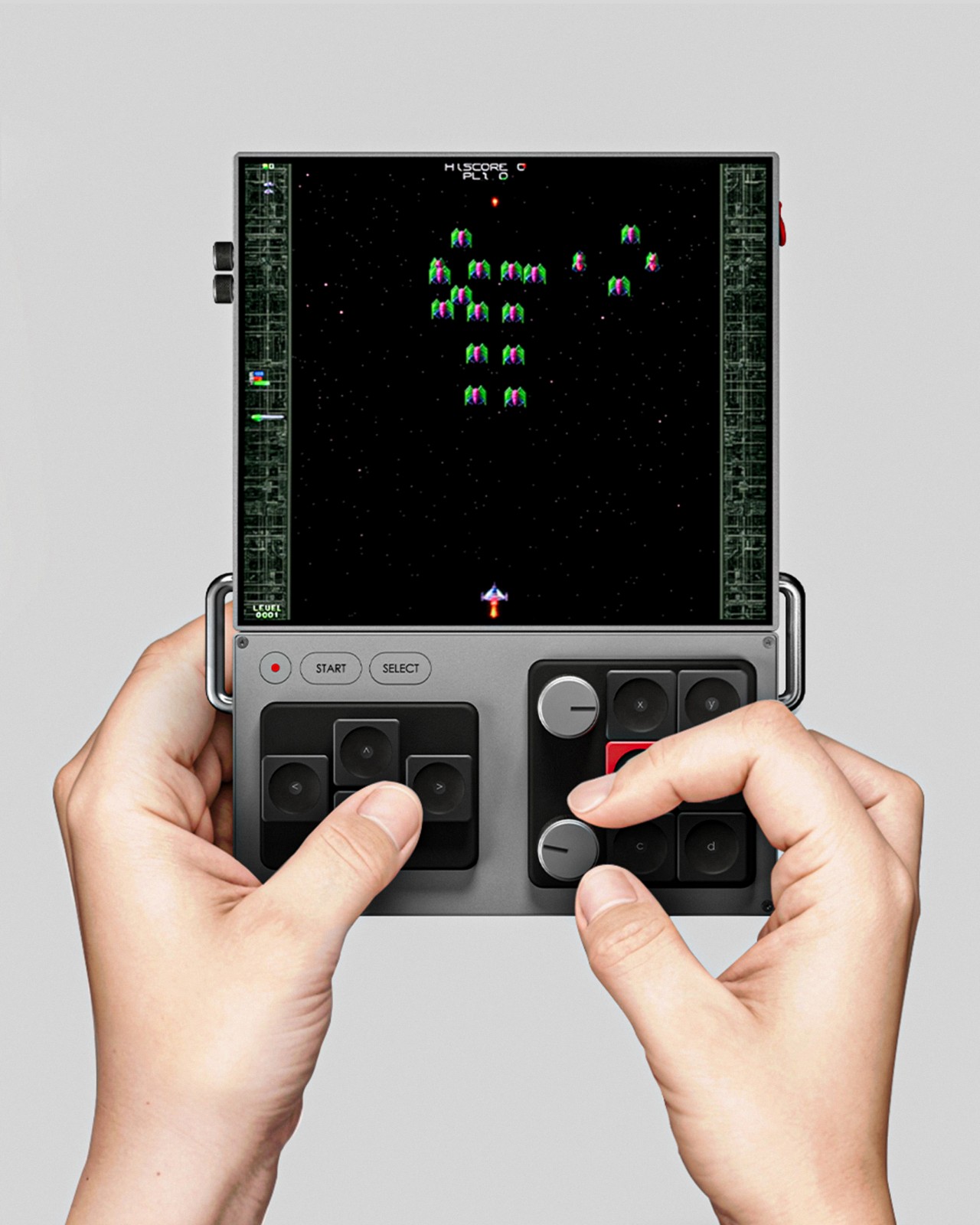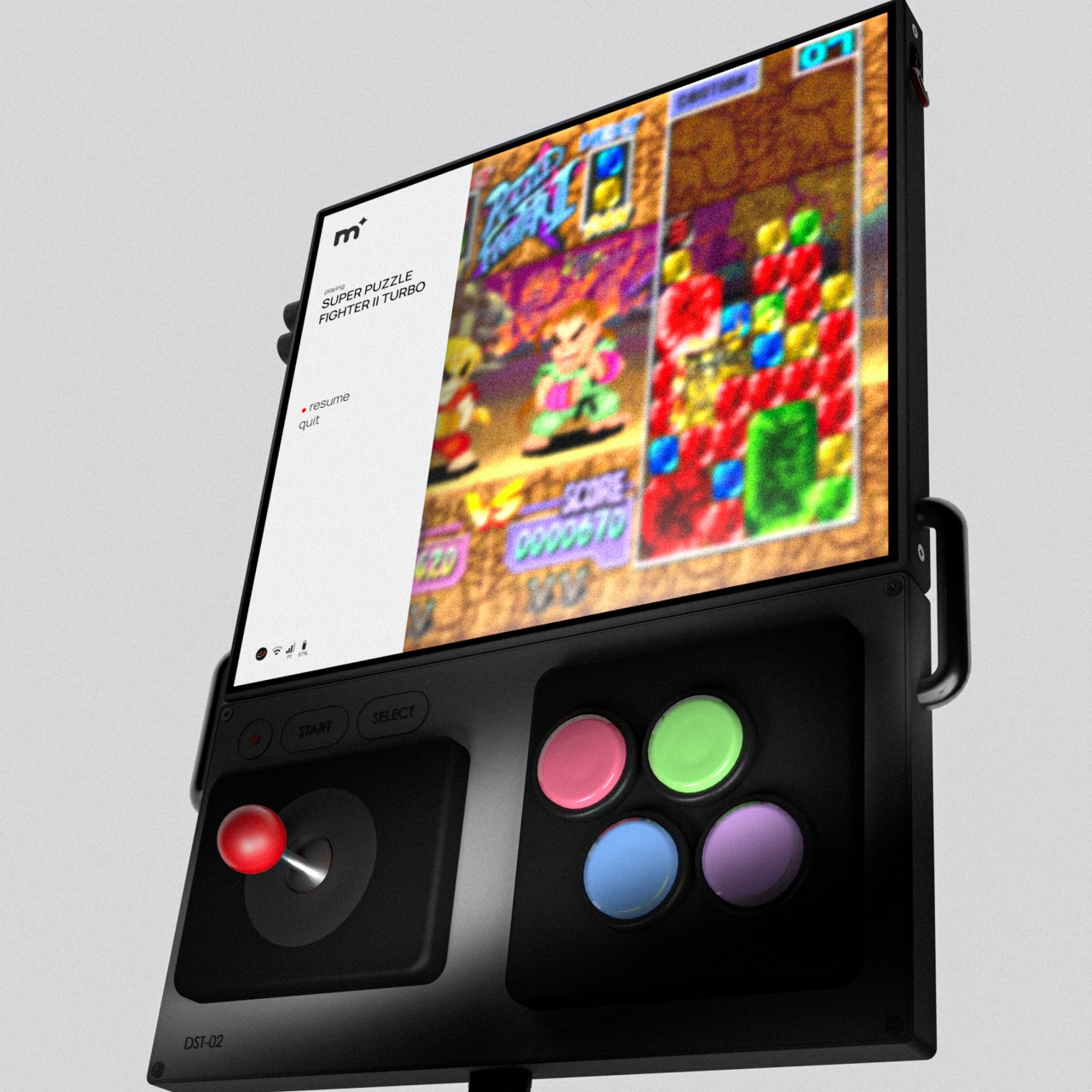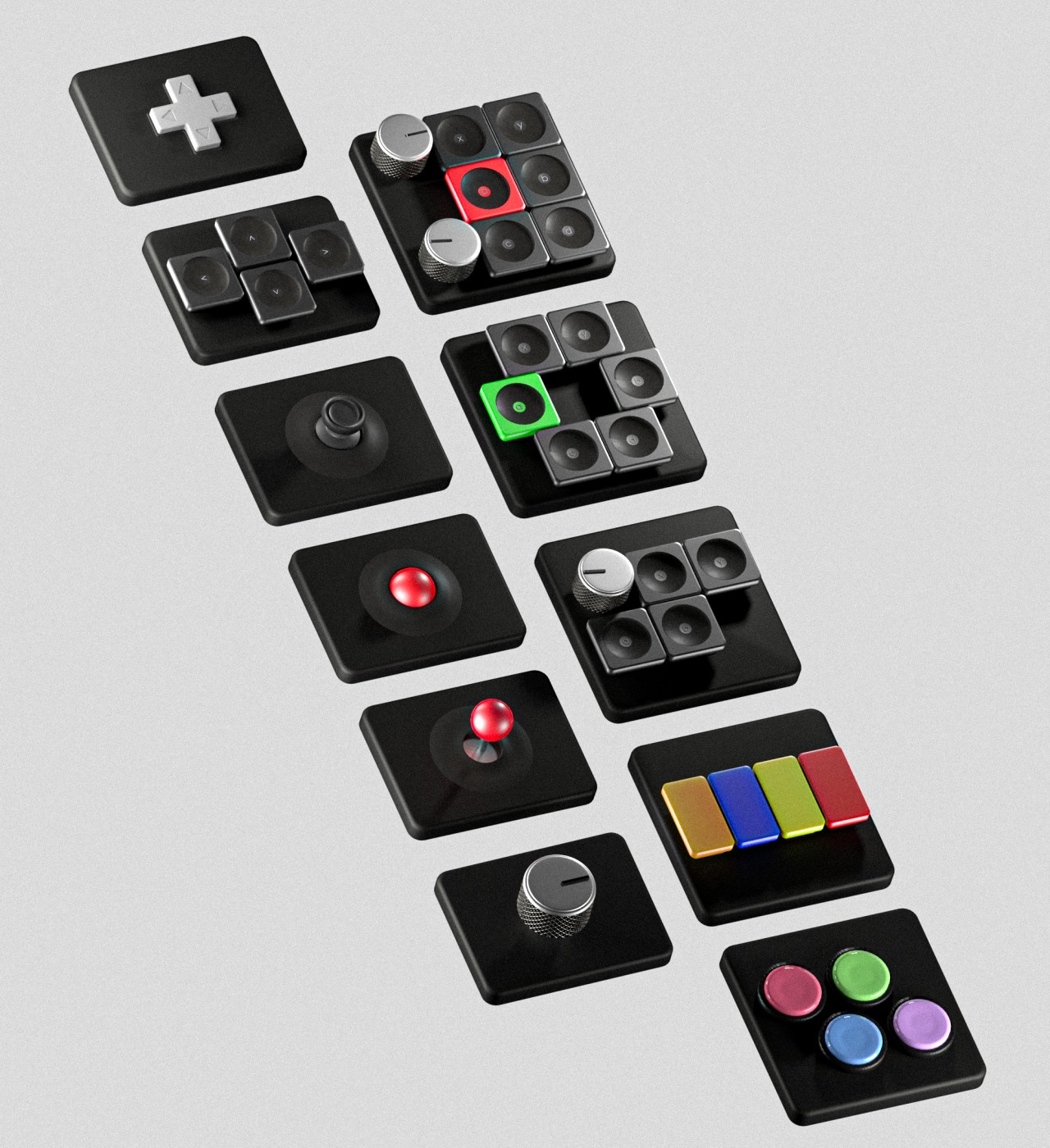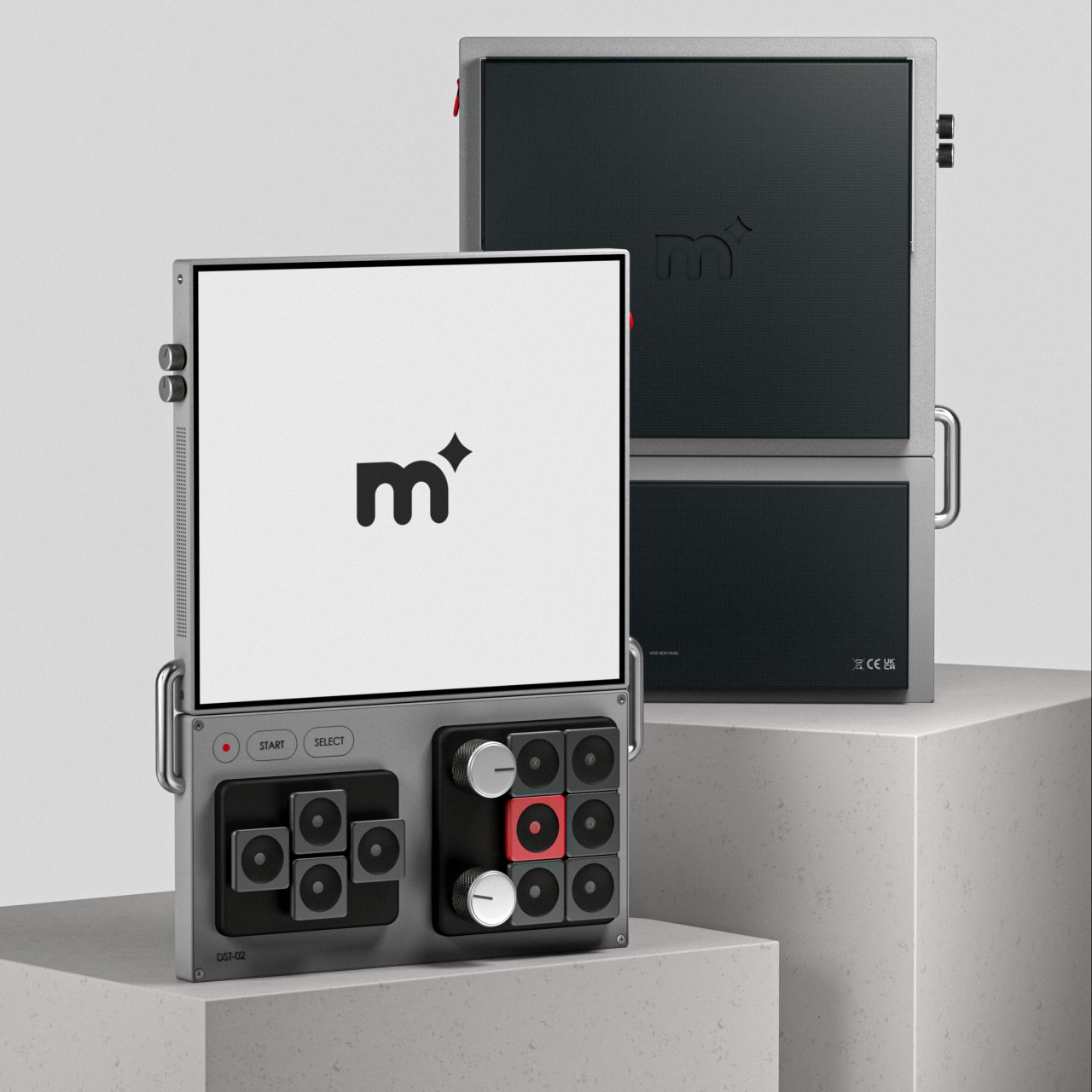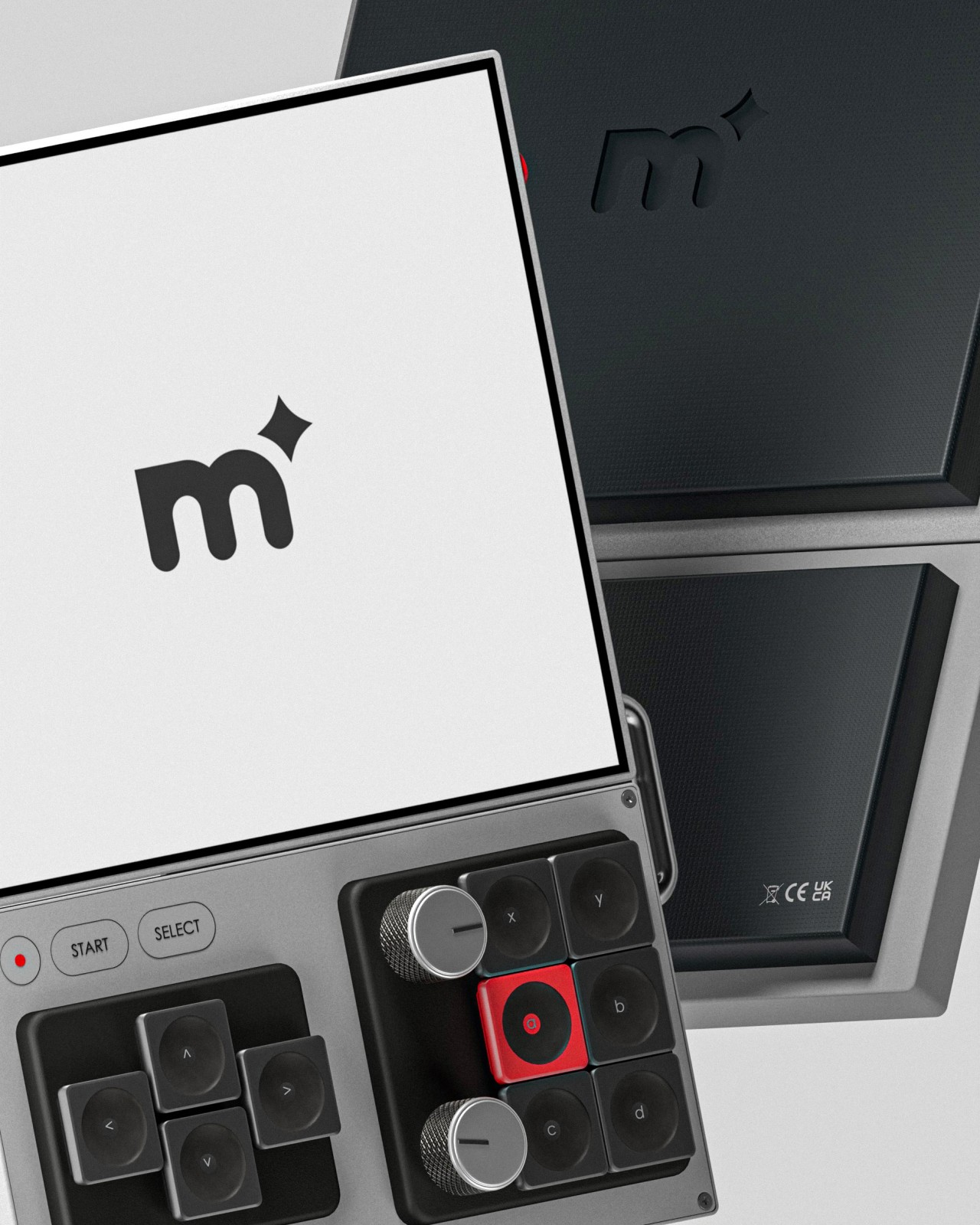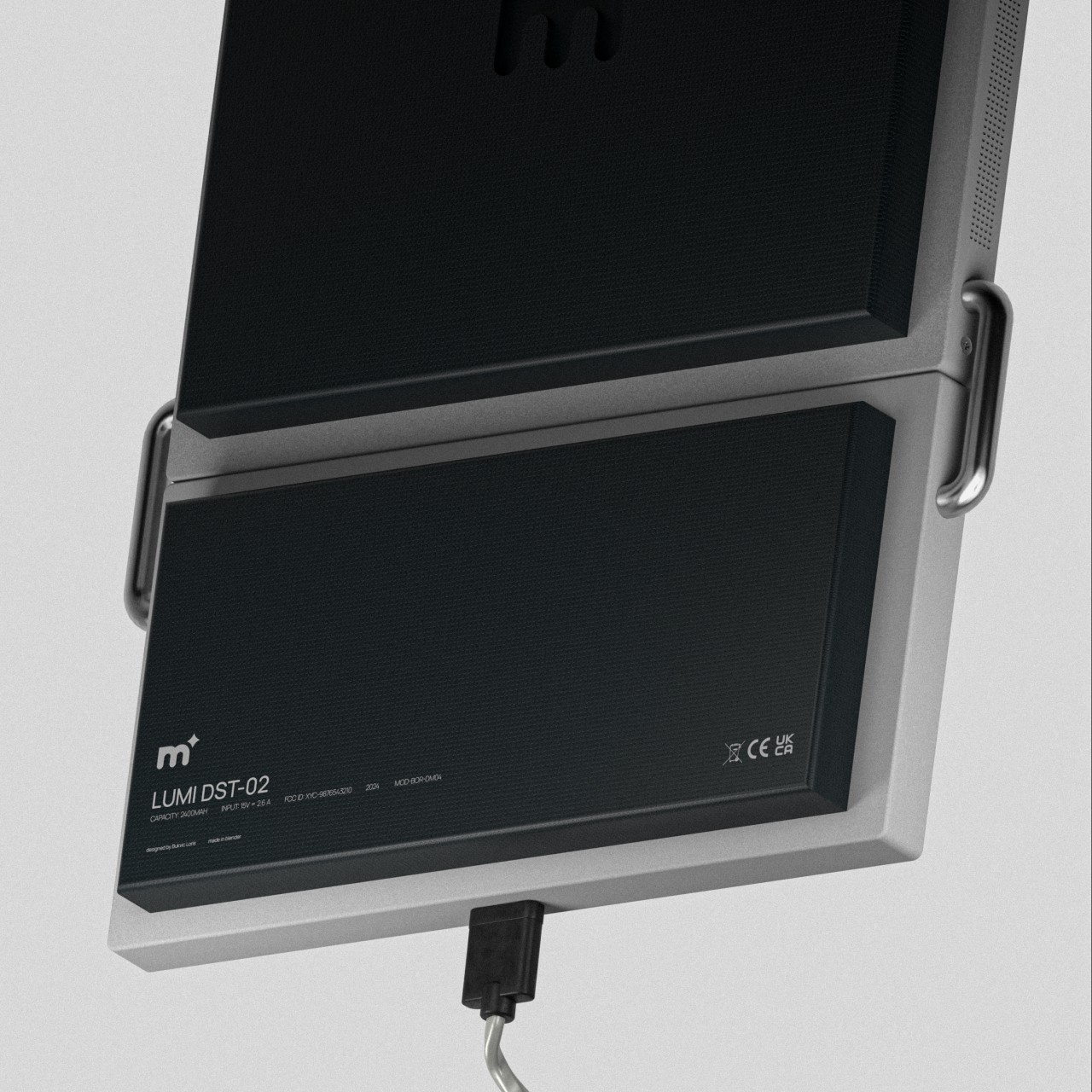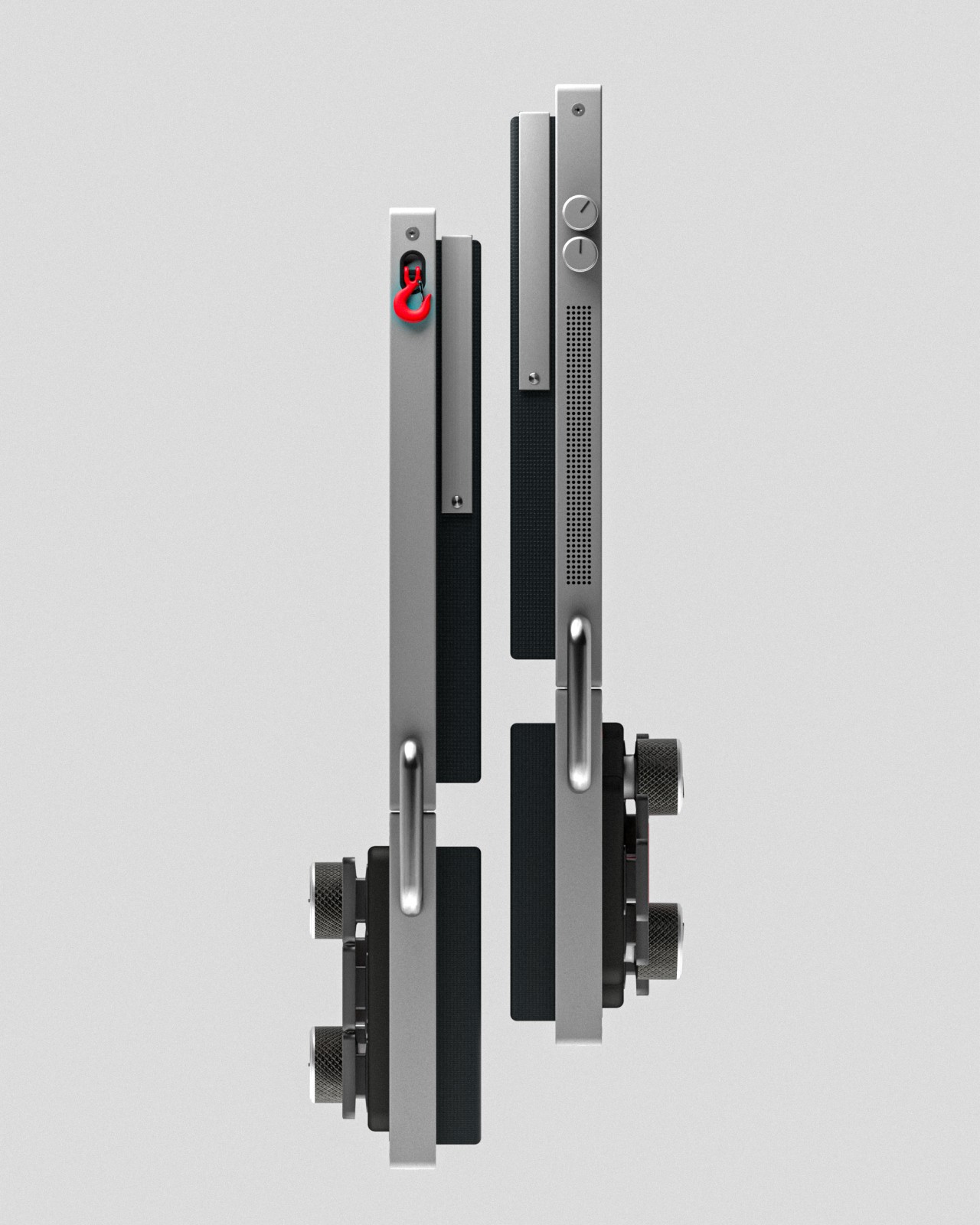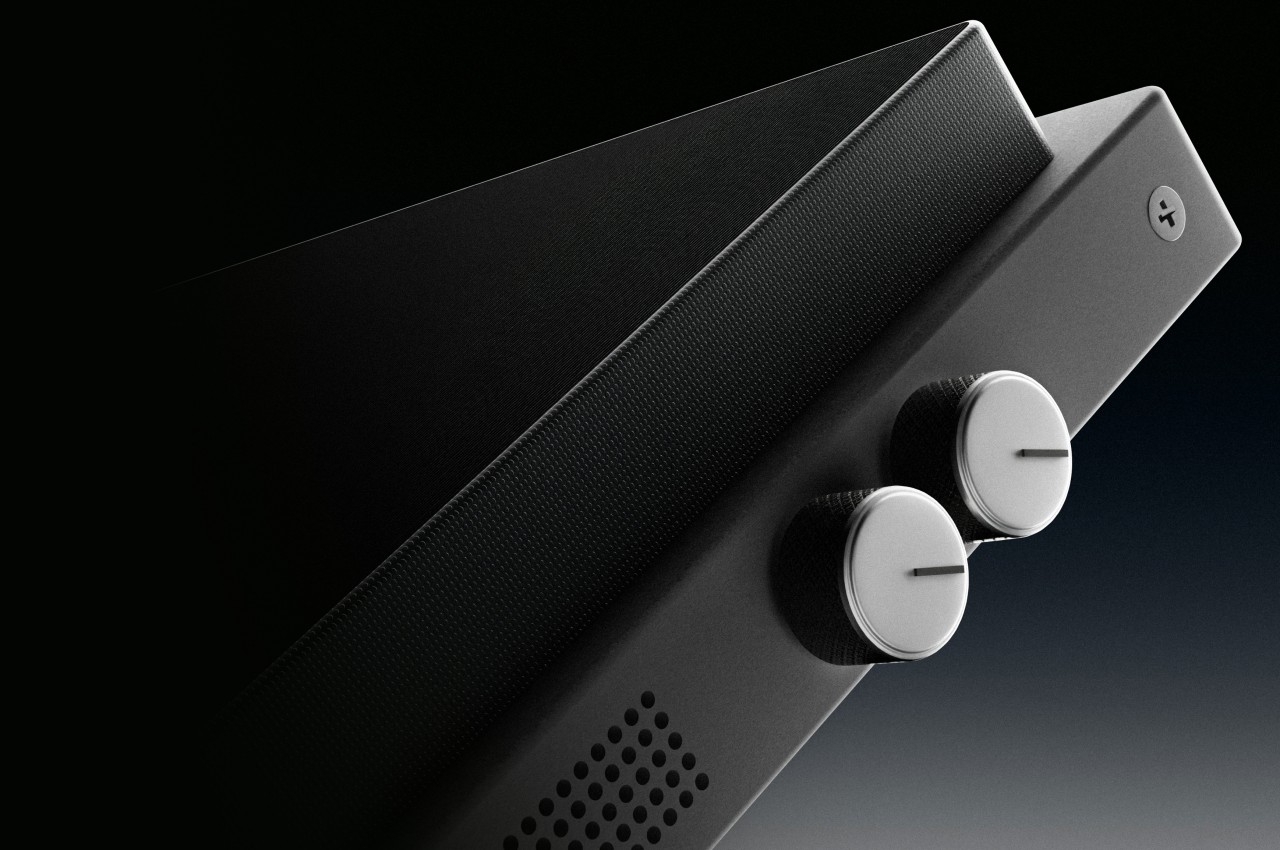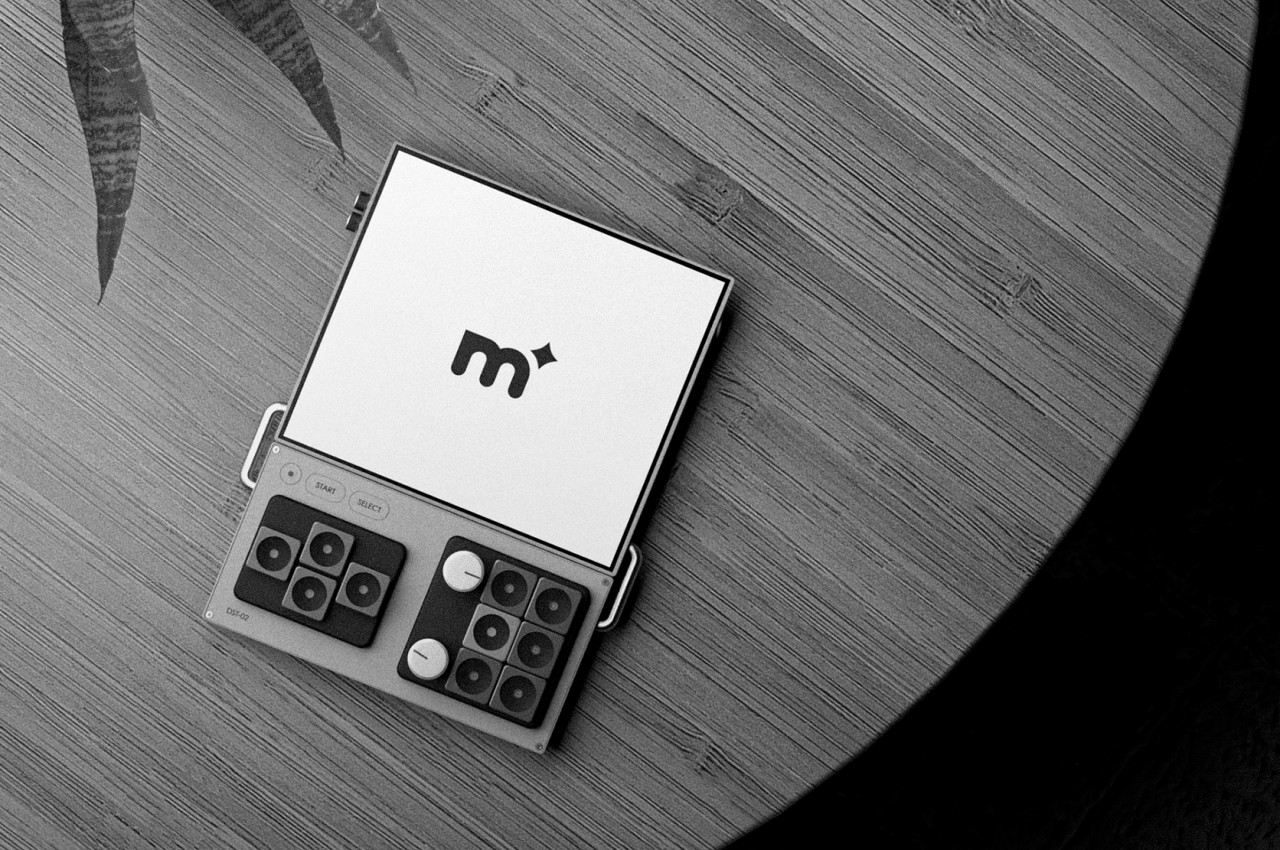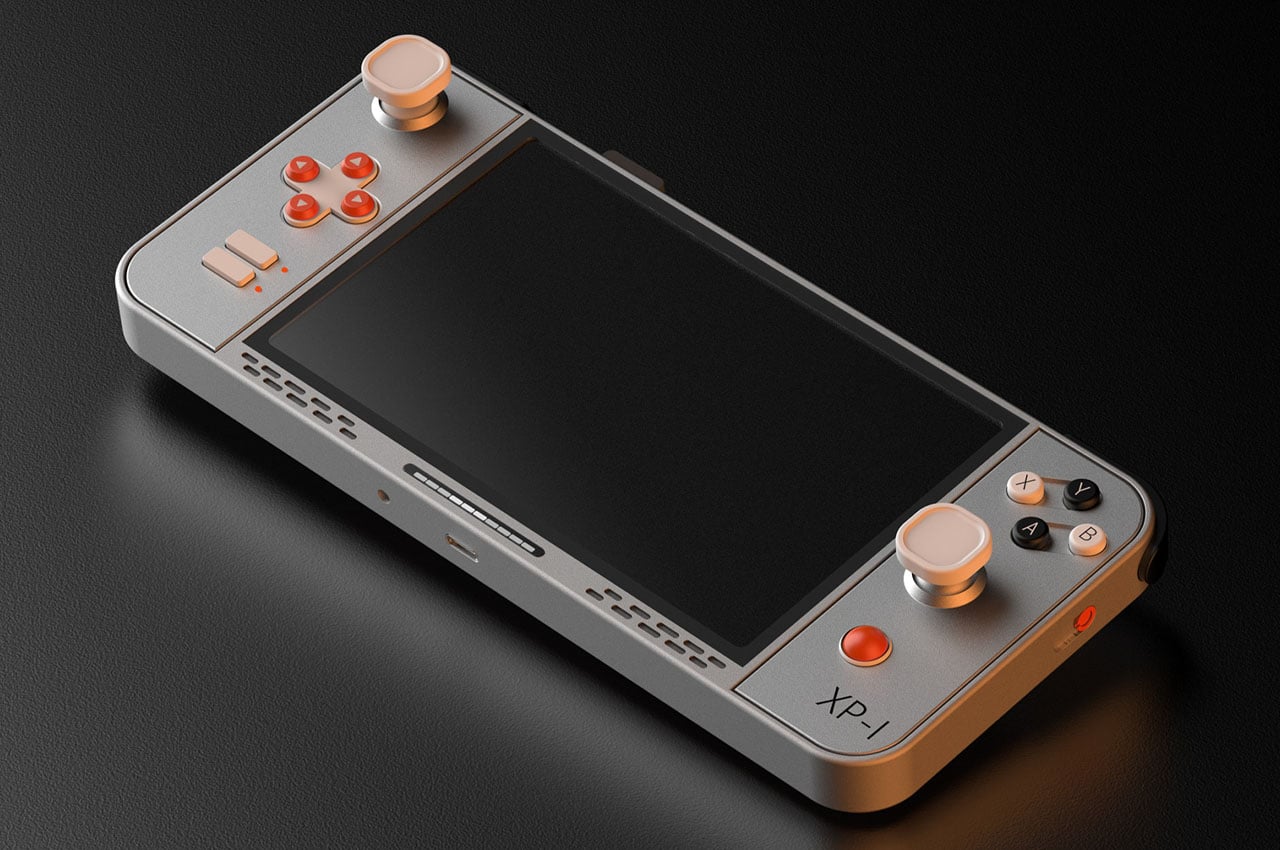
Teenage Engineering as a niche electronics brand has always offered something new and exciting to the audio-loving community. We certainly love all their creations and are always looking forward to the next creation from the Swedish wiz. It’s been just a few weeks since we saw the refreshing TE concept handheld gaming console designed by an independent creator, and now another one with an eerily similar vibe has landed on Behance.
On first look both these handheld gaming consoles seemed similar but on closer inspection they are indeed different. No surprise, this concept is fan-made, and in no way does Teenage Engineering endorse the concept. That said, the handheld is impressive enough to someday become the inspiration for a real gaming console by TE.
Designer: Vishesh Jaiswal
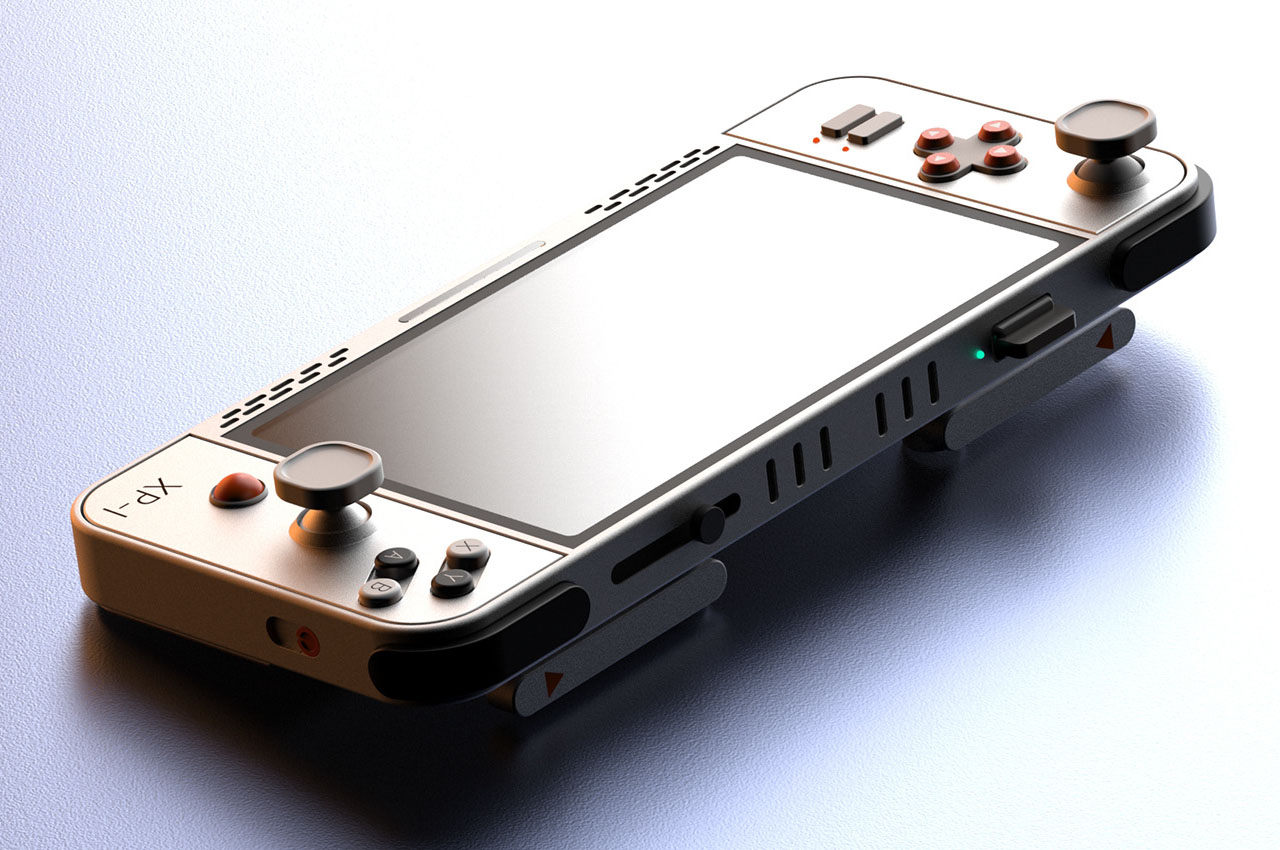
The curves normally identified with the Apple smartphone become an inspiration on the Gaming Console XP-I and the curvature follows down to the bottom surface. The portable gaming machine designed for casual gamers emerges from the teardown of the nostalgic 2006 Sony PSP, and finally evolves to take the form of a handheld that is an amalgam of inspiration from the Nintendo Switch. The prototype dummy model is created by intricately shaping the styrofoam that still looks roughened up and unconvincing.
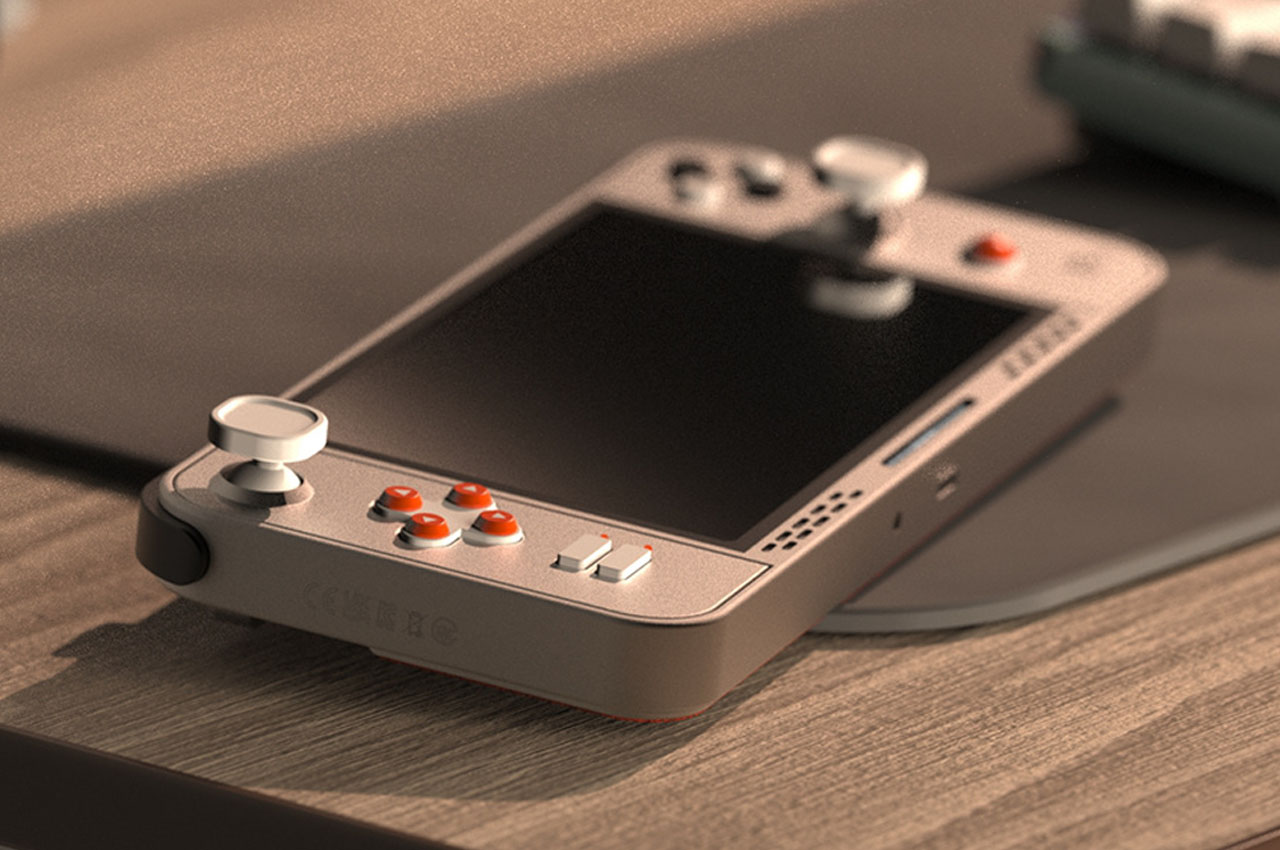
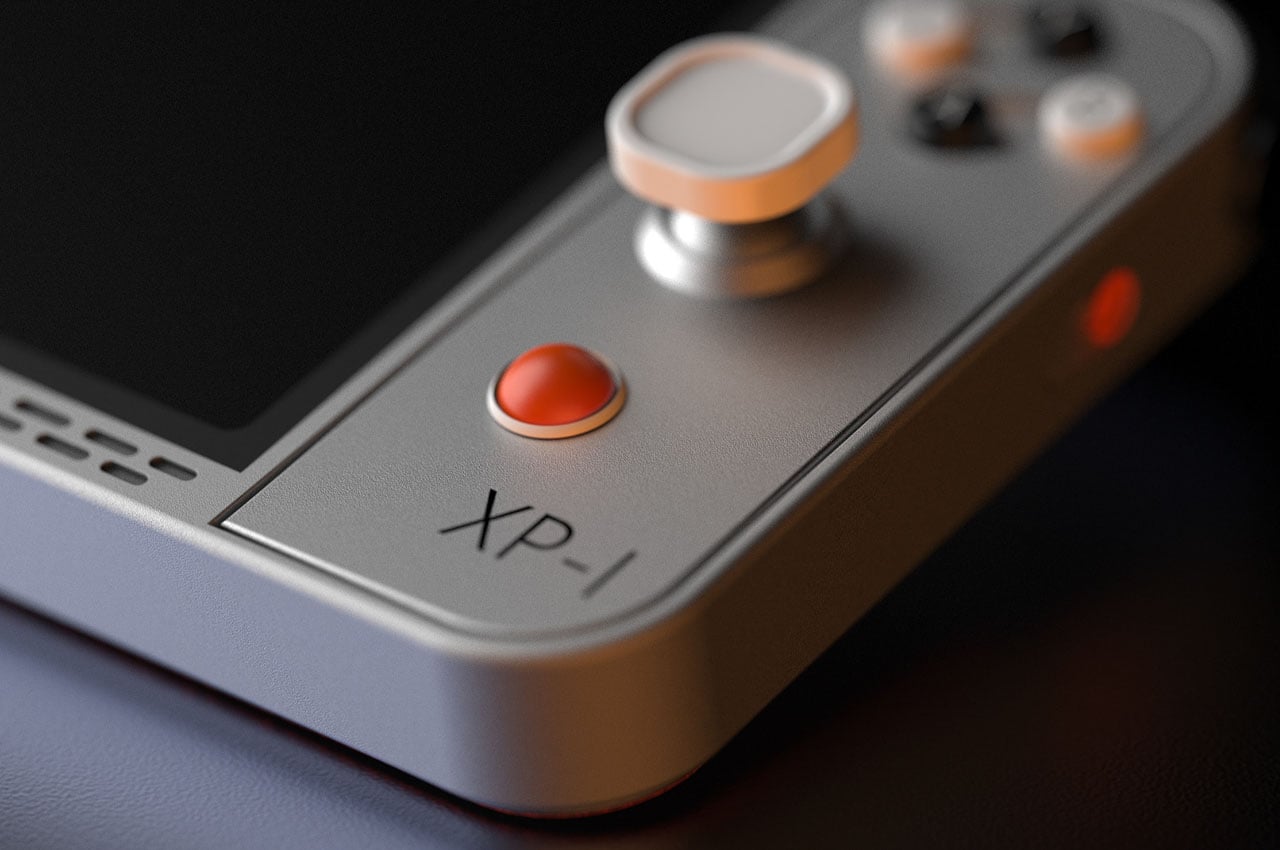
On the other hand, digital renders look more refined and TE-worthy with an extended rear section that acts as a sidekick to place it on the surface. These also act as the trigger buttons for massive tactile input as they move a full 90 degrees. This should be engaging and fun while playing the newly released COD Warzone Mobile or CarX Street. The joystick buttons are more prominent for gamers who like the more retro-styled console with big chunky input buttons.
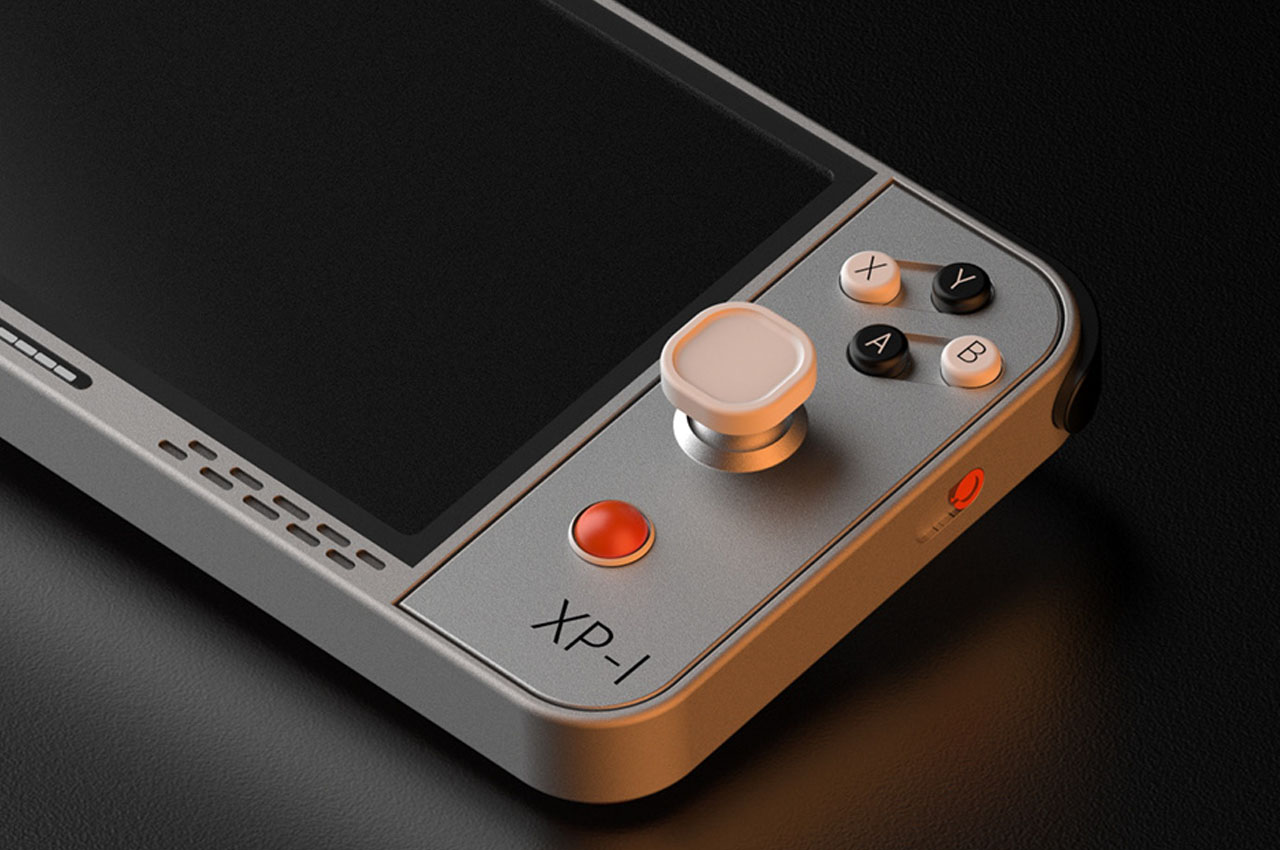
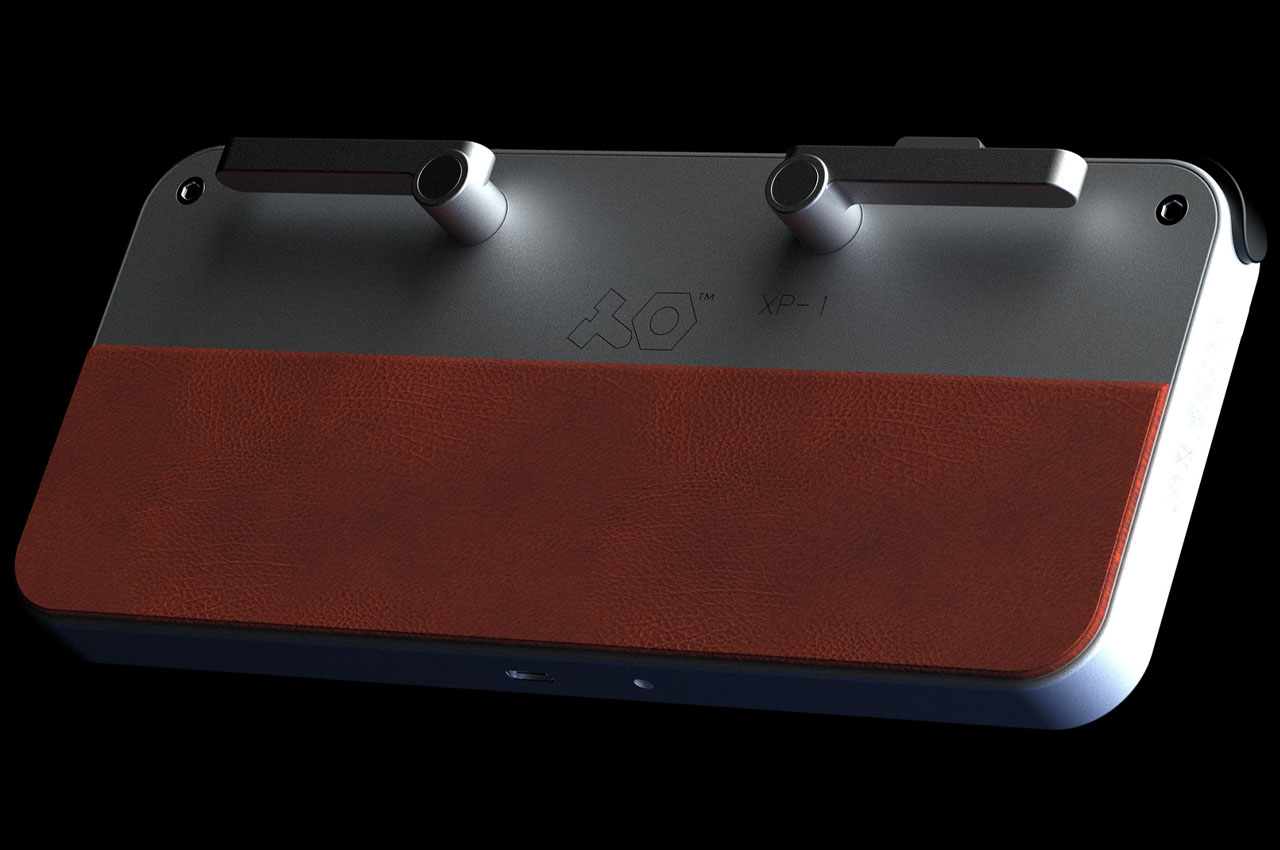 The rear bottom of the handheld has leather padding for comfortable holding during long gaming sessions. The body shell is done in a titanium grey finish contrasted with the signature Teenage Engineering color scheme in orange, black and white. I personally like this one better compared to the earlier concept. Which one do you fancy more to one day join the TE line-up?
The rear bottom of the handheld has leather padding for comfortable holding during long gaming sessions. The body shell is done in a titanium grey finish contrasted with the signature Teenage Engineering color scheme in orange, black and white. I personally like this one better compared to the earlier concept. Which one do you fancy more to one day join the TE line-up?
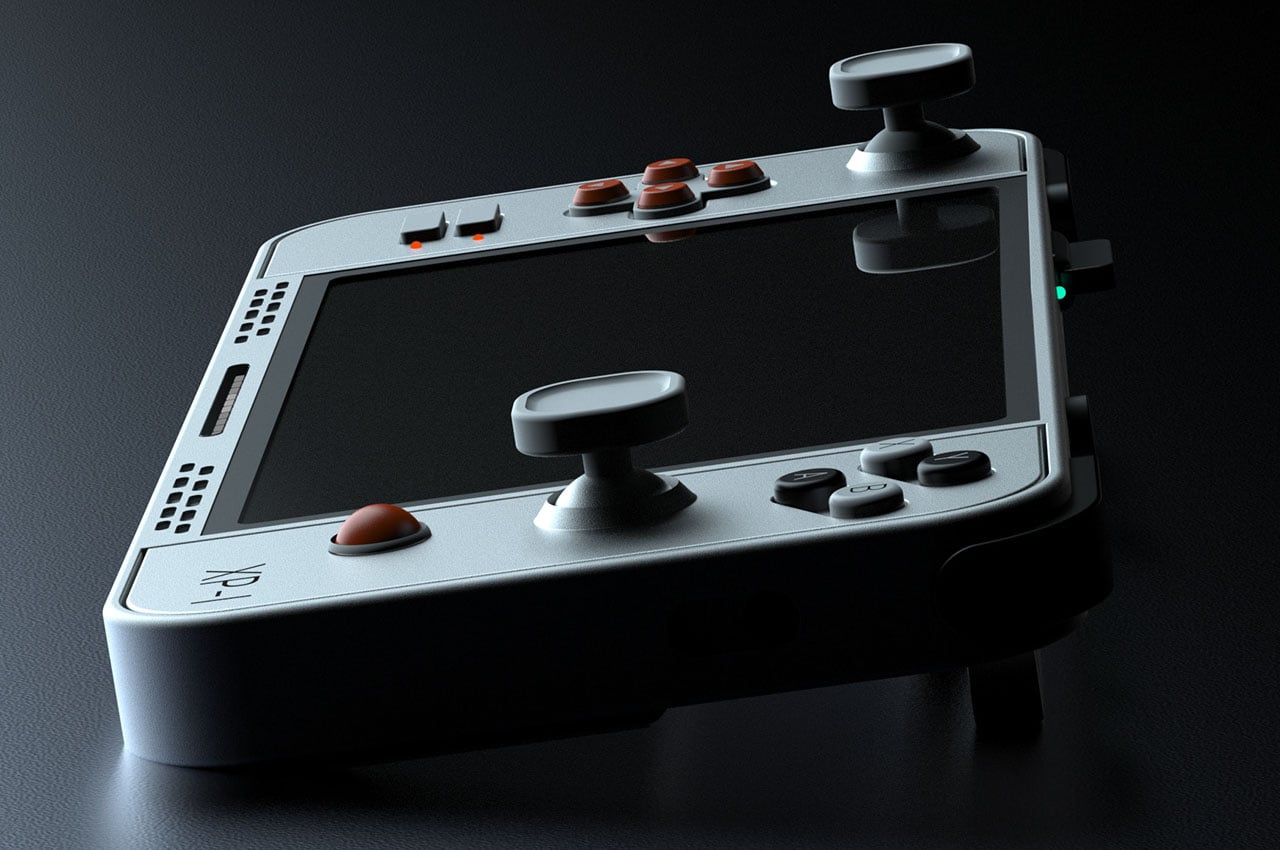
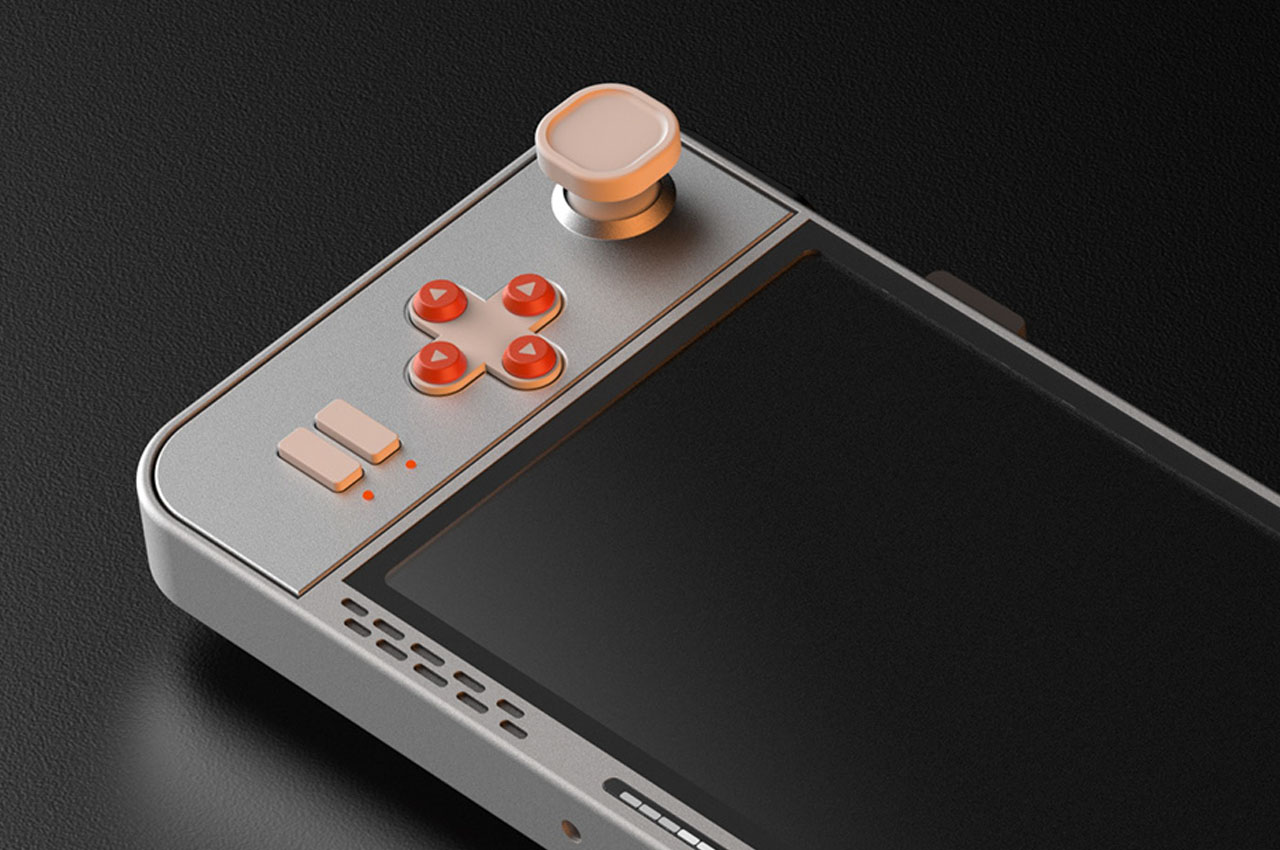
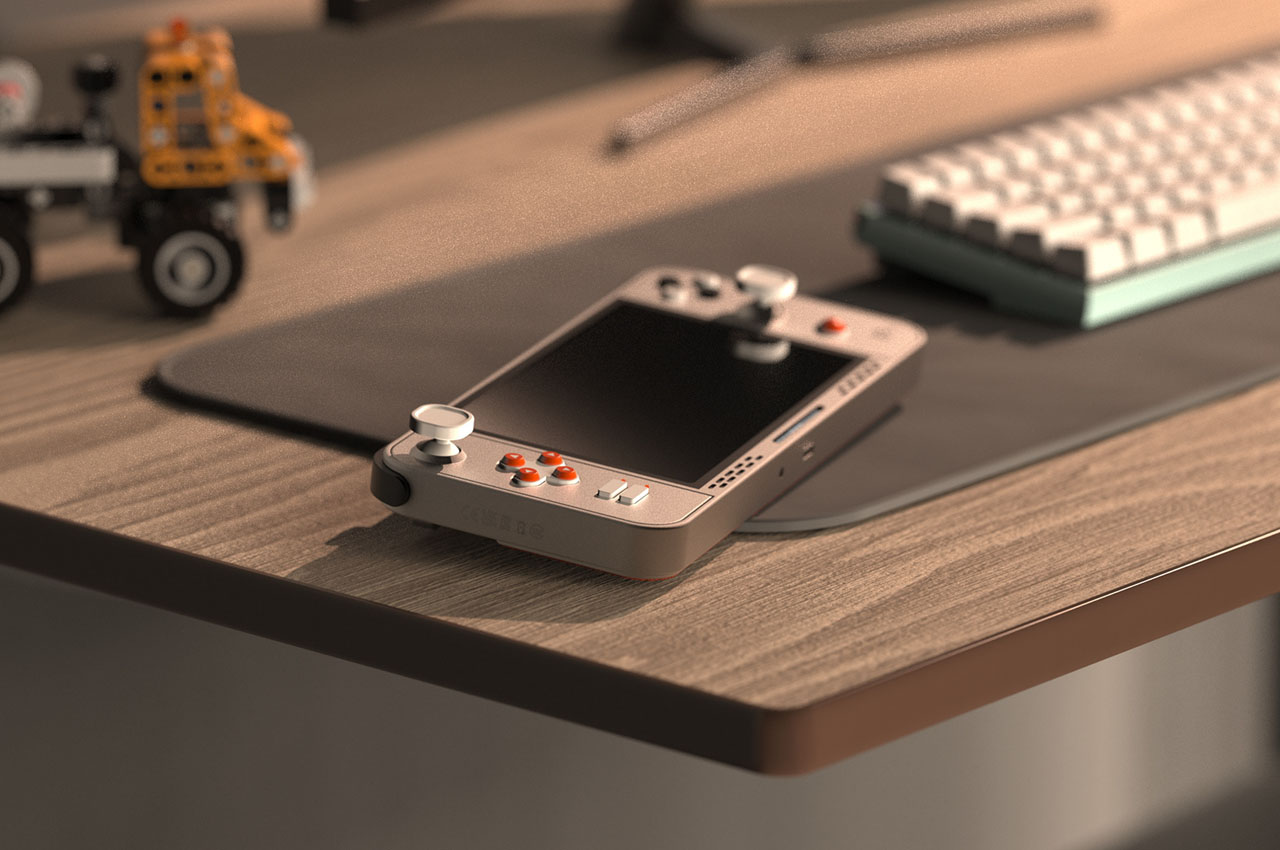
The post This Teenage Engineering handled gaming console derives inspiration from Sony PSP first appeared on Yanko Design.
